








Sara, the super collies mom, is one of the top international trick dog trainers and has received several awards showcasing her impressive achievements in the dog world. Her dogs have earned many agility titles and are savvy in dock diving, frisbee and canine freestyle. She and The Super Collies have appeared on The Late Show with David Letterman, America’s Got Talent and continue to captivate audiences worldwide. Sara and her furry crew live full time in a Jayco Redhawk Class C Motorhome and spend their days traveling, teaching dog trick workshops and winning dog trick championships around the globe!
@thesupercolliesmom • @thesupercollies

16
These 14 questions can help you decide if full time travel is a good fit for you and your family.

Traveling with a family means being responsible for education; read how this family makes it work!
37
The Ramblin’ Golfer
Find out how a former sales magnager left it all behind in order to pursue his passion for golf and travel.
The World’s Only Permanent Jack Pad



Even Dedicated Wanderers Need Some Stability
Leveling Your RV Has Never Been Easier



RV SnapPads attach permanently to your RV jacks or stabilizers, so you don’t have to carry around blocks to level your RV or Motorhome.
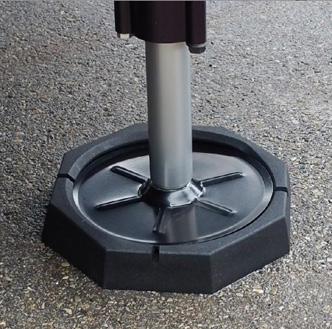

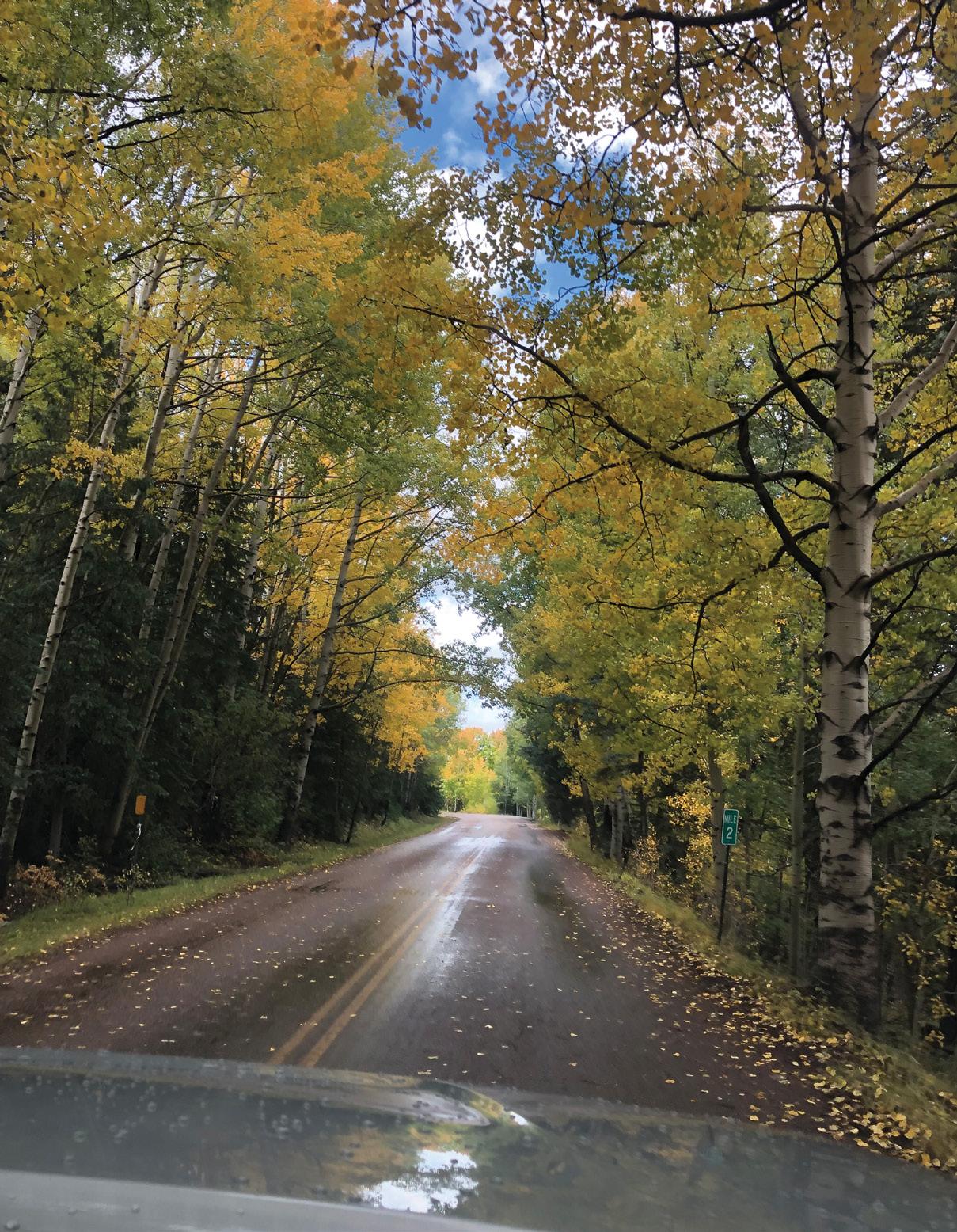

Easily take on all of your outdoor cleaning projects like a pro. The lightweight, ultra-portable power cleaner has versatile water source options. You can drop the hose in a bucket of water, a pool or lake and start cleaning. No fuel tanks or power cords required.

Now you have the freedom to clean where you want, when you want with less hassle and total ease.
• 520 Max PSI
• Includes long and rotatable nozzles
• 6-in-1 Spray attachment and 25 oz. soap bottle
• Two (2) 40V Lithium Ion Batteries included
• Cleans RVs, boats, decks, ATVs and more
WHENEVER, WHEREVER, WE MAKE YOUR EXPERIENCE BETTER | store.lci1.com
This beginner’s guide to hiking has all the advice you need to gear up for hiking.
One of the 10 most visited National Parks, Acadia National Park should be on your next road trip bucket list!
These pro tips will help you navigate the busiest national parks to get the most out of your trip!

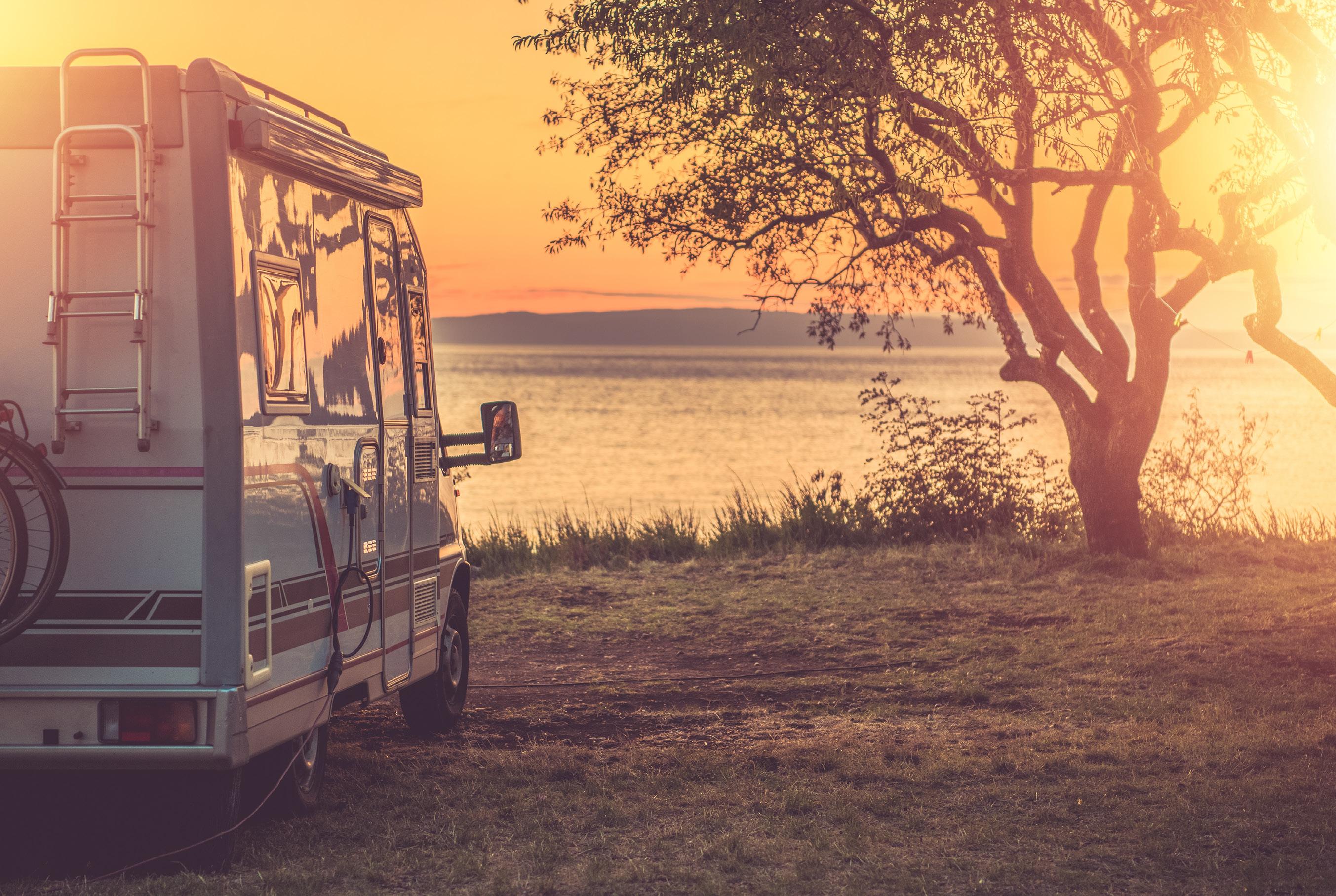





“Love how silver picks up the surrounding colors”
"We are SO happy and so excited to slowly begin living on the bus and learning as we go! If it were all easy, where would the adventure be?!"
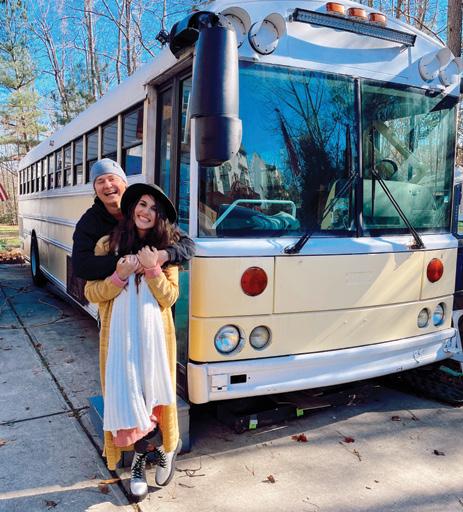
"The idea of selling everything and living in this little tin can (or an Airstream) is getting to be more and more appealing… maybe not this year, but one day."
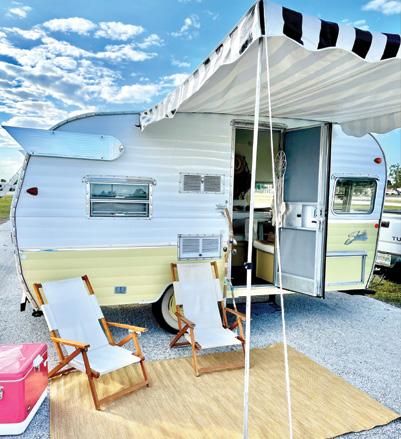

"As long as they're with us, they seem to be pretty dang happy pups."

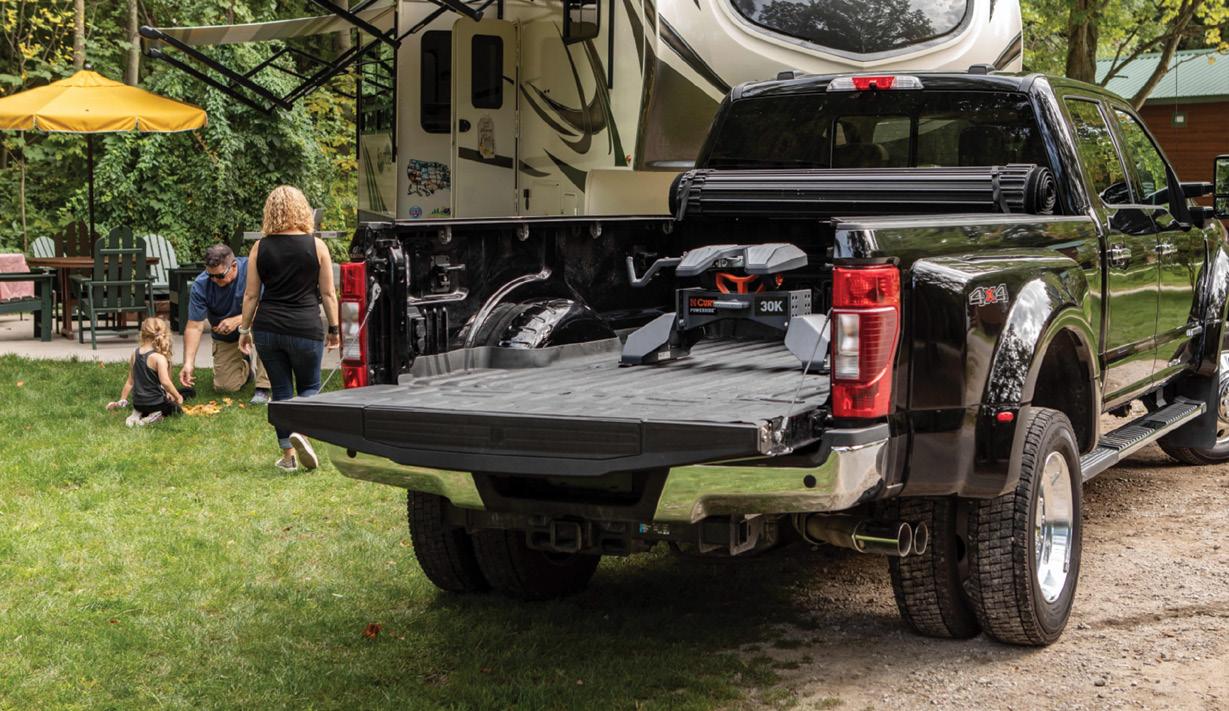
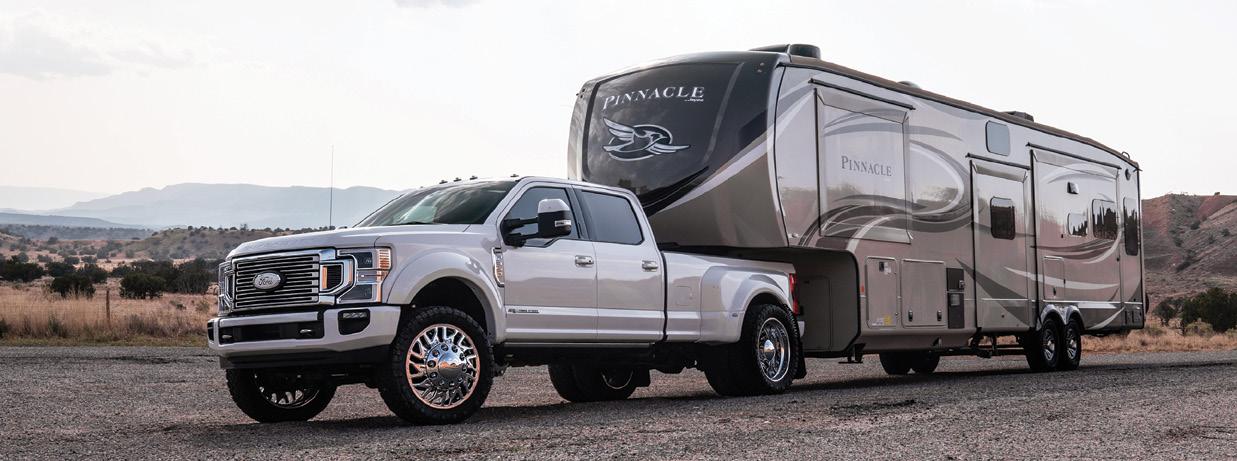
• Tough, professional-grade capacity and enhanced functionality
• Ergonomic grip points for comfortable and easy handling
• Multi-directional, cast yoke head for a smooth ride and less strain on the truck

• Integrated wear plates for grease-free, smooth operation
• Constructed with a cast steel main body for dependable strength
Watch the video!
WE JUST FINISHED up a staff call for the magazine, and I was reminded how much content is packed into the next 92 pages. We discussed every article in this issue and in upcoming issues, and it made me think back to our first few issues.
Rootless Living started in 2019 with just Nikki and myself doing almost everything—writing, editing, design, production, and even envelope stuffing and dealing with long lines at the post office. It was a two-person team and we were stretched thin.

Those first two to three issues were very light when it came to content. You could read the 50-page magazine cover to cover in minutes.
I encourage you to spend a minute or two reading the table of contents and the long list of amazing articles in this issue, covering so many things about being a digital nomad and full-time RVing. There truly is something for everyone.
One thing I love about the magazine is that you can sit outside and read about this lifestyle without being interrupted by other apps or ads. This is especially helpful as more and more people seek to disconnect from their devices. No matter when you come back to finish the issue, the content is still as fresh as the day it was printed.
The team at Rootless Living works really hard to get new issues in front of you that are packed with helpful content, as well as a few strategic ad partners that can help you get the most out of your journey.
If you’ve been reading since the beginning or have gone back and read some of our early issues, I would love to hear from you. Please let me know what you think about this issue compared to previous issues, as well as what we are missing or what you think we should cover more of.
Send me an email directly, and I, along with someone from the Rootless Living team, will get back to you. We strive to make this magazine today, and every day, for digital nomads, by digital nomads.

Until next time, stay Rootless.
Until the next issue … stay Rootless.
Demian Ross, Publisher @demianross demian@rootlessliving.com Nikki Kirk, Chief Editor @nikkirk7 nikki@rootlessliving.comARE YOU CONSIDERING going full time? Here are 14 questions to ask yourself before you decide to sell it all and hit the road 24/7.
Do you like the people you’ll be traveling with?
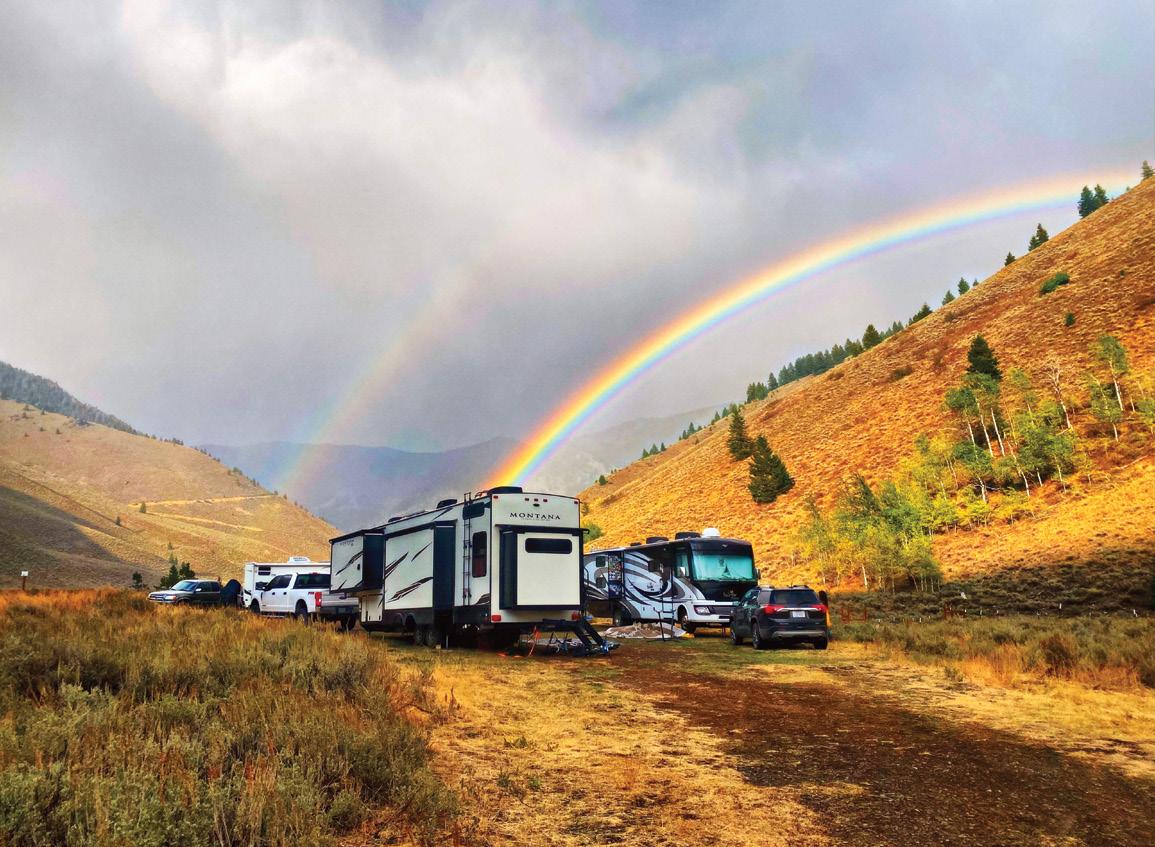
Seriously! This may seem silly, but it’s an important question to ask yourself. When you travel with someone full time, whether it’s a partner, children, or a friend, you are pretty much always together.
This is one of the things we love about traveling full time, and it was a big reason why we hit the road in the first place. We wanted to spend more time together as a family. But you definitely need to be prepared for how different it is from being in a sticks and bricks home, where you meet your friends for dinner, or the kids may be going to school and participating in sports.
Is your body ready for it?
This one caught us by surprise. We were in pretty good shape before we left, but this life is physical, especially if
you move often. Every time you move, you have to pack up, unhook, and get things ready to go, and it can take a lot out of you. Plus, once you get somewhere, you want to go out and explore! Depending on your traveling style, this might mean a lot more hiking, biking, or other activities than you’re used to.
Are you a planner?
You can choose to travel less and stay in places for longer, meaning less planning. But you still need to figure out where you will stay and what you will do when you get there. Planning can take a lot of time out of your week. We’ve tried different approaches, sometimes planning a whole month out or sometimes not having plans past the next week. We also know people who plan their whole year out. It will take time to figure out how your family wants to do it, but no matter what, there is a lot of planning involved in this lifestyle.
Are you prepared to be homesick?
I’m sure you’ll miss your family and friends, but this is also about missing the familiarity of being in a city you
know, where you have your favorite coffee shop and know your way around. Being on the road in new and unfamiliar places all the time is very different from this.
Are you ready to not be on vacation?
This was a tough one for us! In fact, we recommend adding a few extra thousand dollars to your budget at the beginning as you work through this. You will want to do and see everything in the first couple of places you visit, but the expenses quickly add up, and you start to realize you can't do this every place you go, or you’ll go broke.
Are you ready to question and doubt yourself?
We have continuously questioned and sometimes doubted our decision to live our life this way. Anytime you live an unconventional life, doubt is going to sneak in. But we always come back to how much joy we get out of this lifestyle, so we just keep doing it!
Are you okay with being the oddball?
You will be that family. The one your in-laws or high school classmates refer
to as the crazy people who sold their house to hit the road. Don't worry! They are either a little bit jealous, or they genuinely think you are crazy. Either way, it’s okay—to each his own. Just be prepared for it to happen. Then smile and wave as you head out on another fantastic adventure!
Ready to awaken your wanderlust bug?
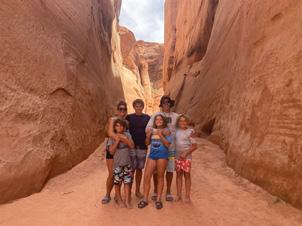
Once you make travel your focus, you will see how many amazing things there are to do in the world, and you’ll realize that even if you travel every day for the rest of your life, you can’t do them all! Once you awaken that wanderlust bug, I don’t think it ever goes away.
Can you leave simple behind?
RV life is more simple in a lot of ways, but in others, it’s more complicated. We don’t have a house to go back to. Instead, we need to make sure we have a camping spot we can stay in every night. Also, almost every day is different. We love that part of our life, but it takes away the simplicity of knowing what your days and weeks are going to look like.
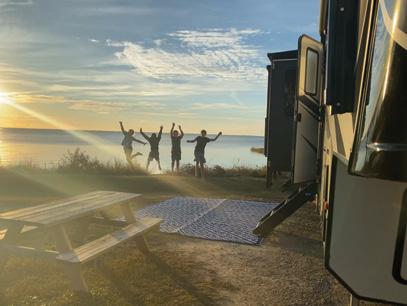
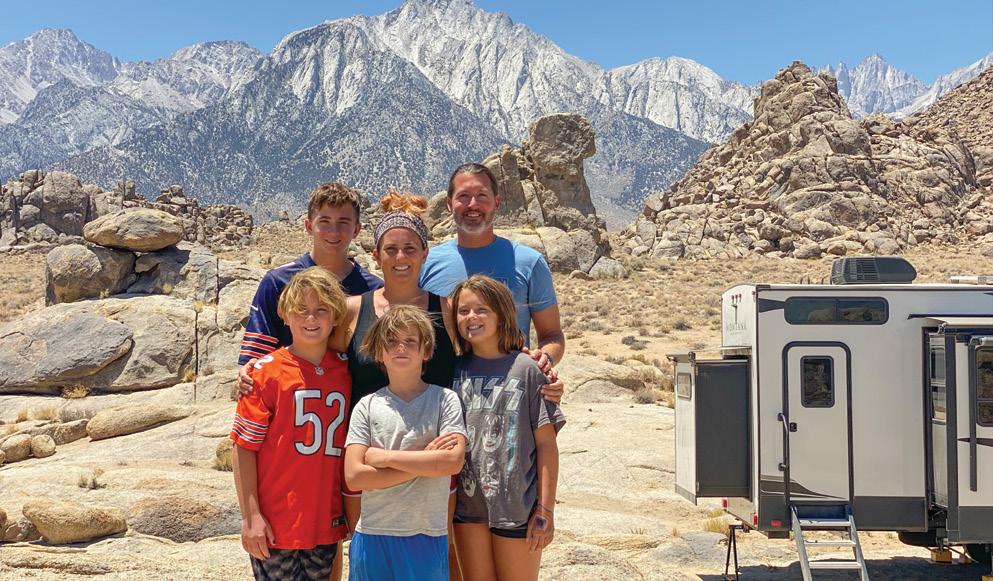
Are you ready to be changed forever?
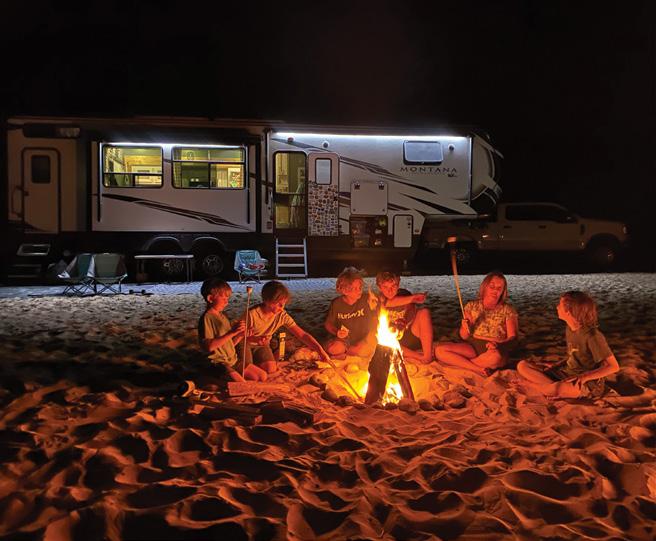
Are you ready to expand your comfort zone, thought process, and beliefs further than you ever thought possible? Are you prepared to know what freedom feels like? Once you go down this road, it will forever change you.
Can you shop for groceries in an unfamiliar place?
This is another one that might seem silly, but it is seriously hard going into a new grocery store every time we go shopping! I don’t know where anything is and a lot of the time there are different brands and different options, and I have to adjust my list to work with what they have at the store.
Are you able to leave the structure you’re used to?
When your time becomes truly your own, structure goes out the window. No boss is telling you when to be somewhere, no school is telling you when to drop off and pick up your kids—it’s all in your control. This is amazing, but it’s also scary! We’re still figuring this one out, even though we’ve been on the road for more than seven years.
Can you be Mr. or Mrs. Fix-It?
It’s a given that things are going to break in your RV. If you have to pay someone to come fix everything, you are going to spend a lot of money. Plus, it isn’t always easy to get an appointment quickly. If you're brave enough to fix things on your own, even if you have no idea how (hello, Google and YouTube!), then you have a fighting chance to keep traveling for a while.
Are you ready to have the most amazing adventure of your life?
This life is an adventure and we feel so lucky to be on this journey with our kids.

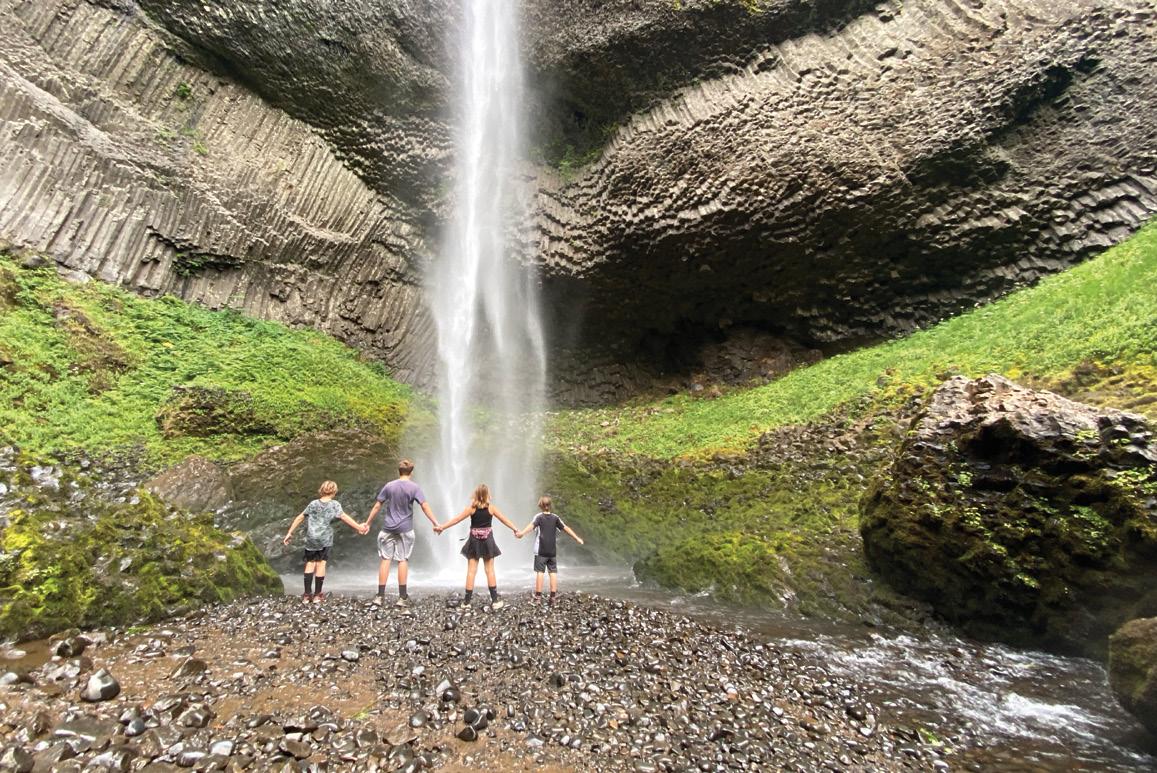
Even if some or all of these questions scared you or made you think twice, we still think you should go for it! We didn’t have all the answers before we started, and if we waited until we did, we never would have left. We hope this list helps you prepare mentally for traveling full time and helps you realize that it takes a little crazy to live this way. Ultimately, it’s doable and it’s so worth it.
Bryanna Royal and her husband Craig share about road trips and RV life with their family. She also runs Virtual Powerhouse, providing social media and Pinterest support for small businesses. You can find them at @crazyfamilyadventure

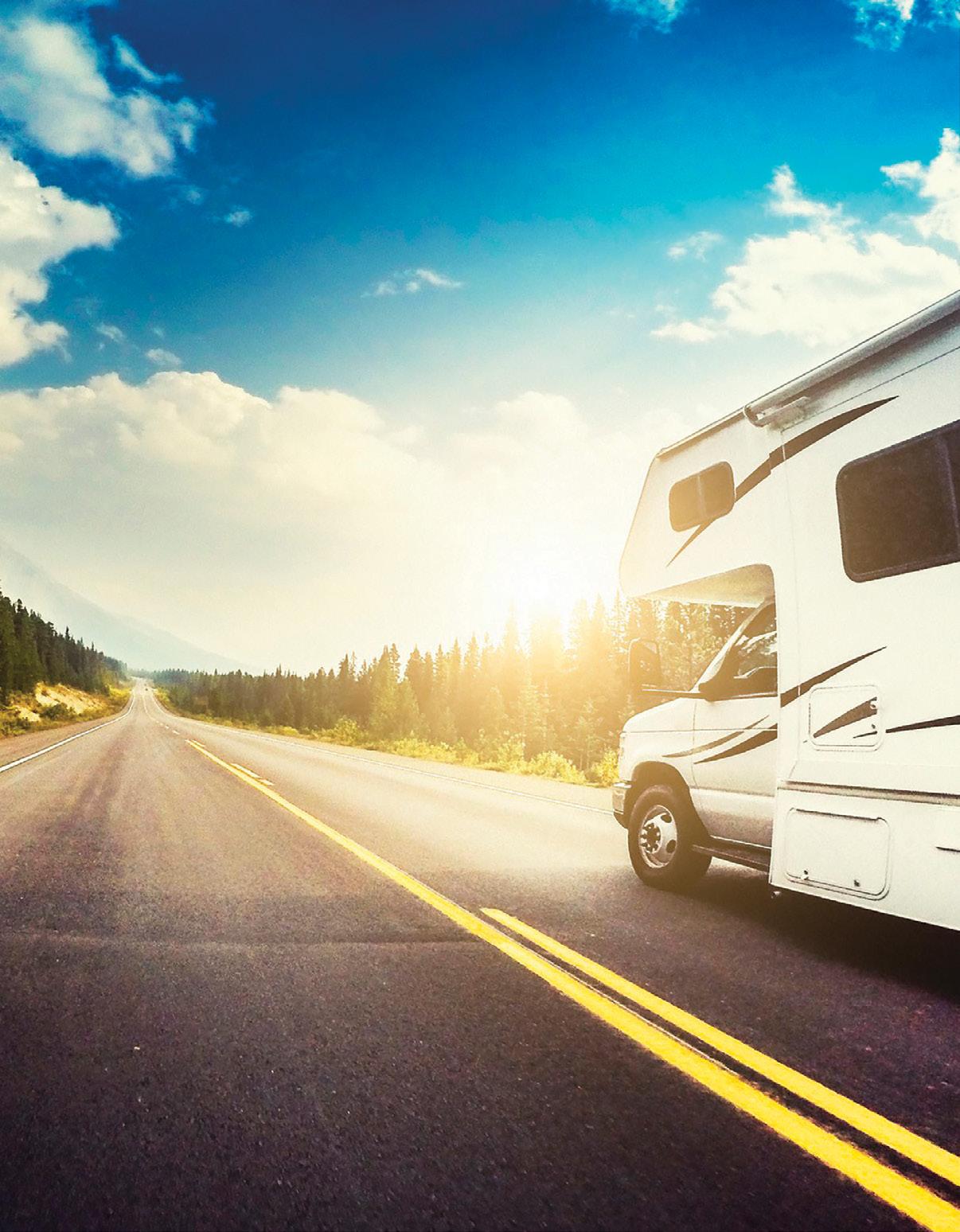
THE ONLY 100% AUTOMATIC SHUT-OFF SAFETY DEVICE FOR YOUR PROPANE SYSTEM.

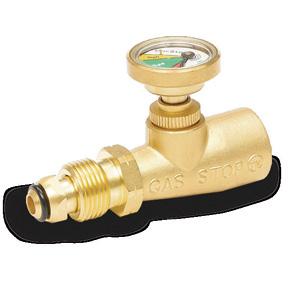
WHEN I STARTED RVing, I had very little hiking experience. I grew up in the New York City area and never pushed myself to explore the outdoors. Fast forward a year, and I’ve been to half of the country’s national parks, hiked more than 600 miles, and learned how to backpack. Hiking gives you access to epic views and experiences that can’t be found anywhere else. Plus, it’s great exercise!
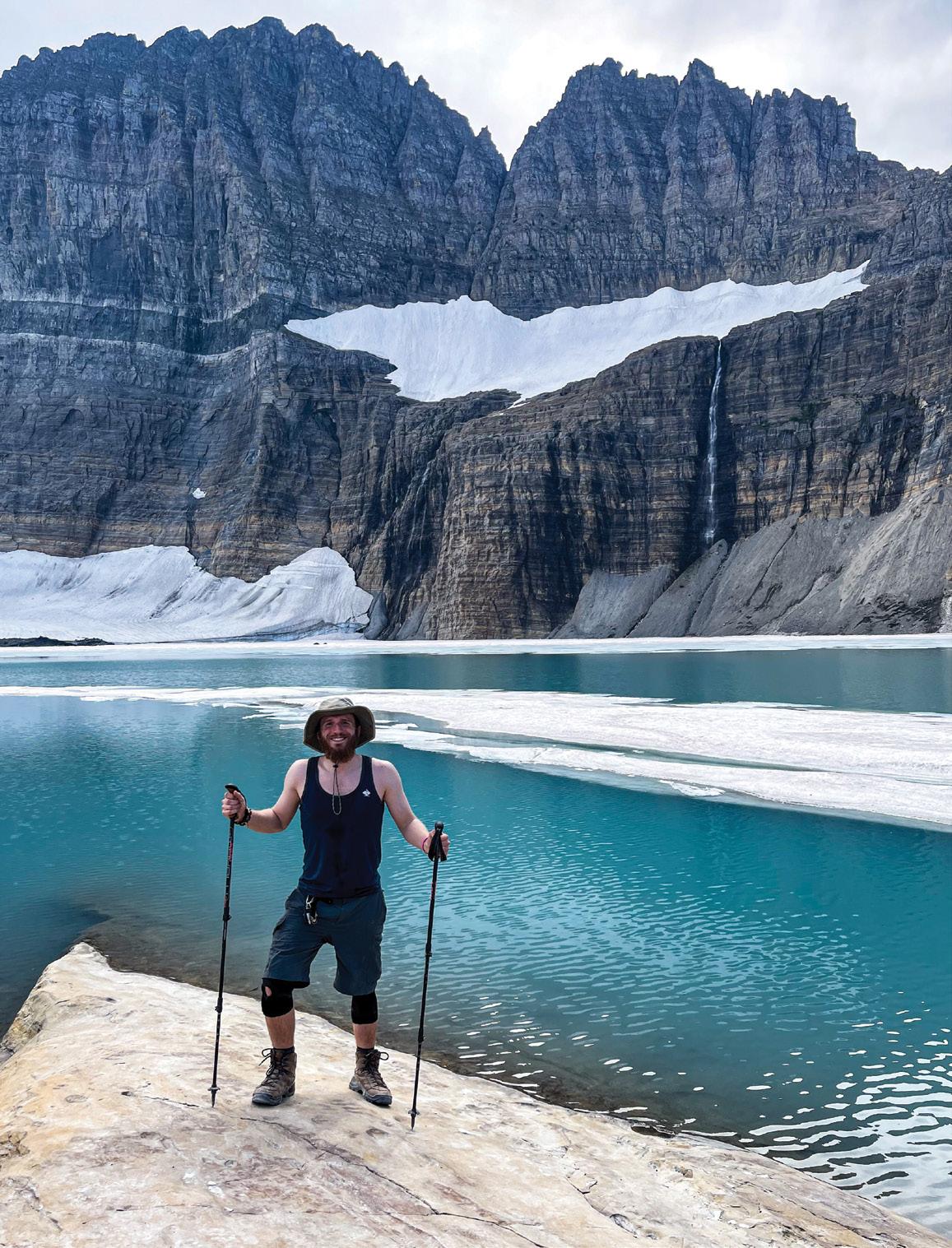
This is my favorite part! In order to pick my next hike, I use a few simple resources. I keep a running list of places I hear about from others, save posts and suggestions from friends on social media, and when all else fails, I use AllTrails Pro and Google. AllTrails Pro is worth the price for the offline maps alone. You can filter by a lot of criteria to find hikes that work for you, and I love that I can record my activities. There are other similar apps available, like Gaia and Komoot.

Extra food and water
Water filter
Emergency blanket
Satellite beacon
First aid kit
Pocket knife
Waterproof lighter
Rope
Trowel and toilet paper
Water bladders are better than bottles for carrying water because they’re malleable and have a higher capacity. Bring about 1 liter per 2 hours or 5 miles, and increase volume based on the weather and difficulty.
Last but not least is footwear. Get some good waterproof hiking boots or trail runners. This is probably the most critical gear to get right; the wrong shoes can lead to a lot of pain.
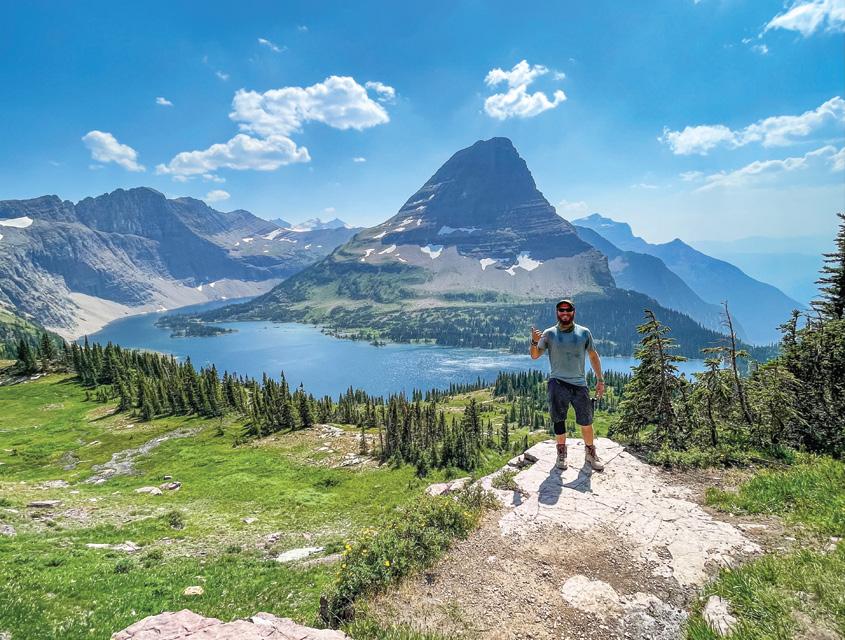
Your backpack is arguably your most valuable piece of gear. A good pack can last a long time, so don’t skimp! Invest in one that’s durable, breathable, water-resistant or waterproof, and has accessible storage so you can reach often-needed items without taking the pack off.
When packing your bag, go in layers. Softer or lighter gear goes at the bottom, heavier in the middle, and another layer of softer/lighter on top. This distributes weight to the middle, reducing strain on your back.
I’ve found it’s best to be over-prepared. Think about what you’d need if you had an accident and were stranded for hours, or days. On big hikes I bring high-calorie survival bars, a water filter, a tiny foldable emergency blanket, a satellite beacon, a basic first aid kit, a pocket knife, a waterproof lighter, a trowel, toilet paper, and rope.
Form is key. Bad posture makes your body work harder to compensate, causing strain that can lead to injury and make you extra sore. Walk with intentionally good posture; don’t hunch your shoulders. Your pack should sit at a height where it feels like it’s part of your back and not like you’re carrying it. REI will do a free fitting and adjust your pack to fit you correctly, which is a huge help. I use trekking poles when hiking inclines. I initially thought they were for old people, but in reality they’re for smart people. They’re meant to help guide you as you move, keeping you upright and absorbing shock, which saves your knees.
The Leave No Trace Seven Principles are simple and easy to follow:
Plan Ahead and Prepare
Travel and Camp on Durable Surfaces
Dispose of Waste Properly
Leave What You Find
Minimize Campfire Impacts
Respect Wildlife
Be Considerate of Other Visitors
© Leave No Trace: LNT.org
A good example of being considerate of others is that when you’re approaching oncoming traffic, whoever’s going up the incline has the right of way. And don’t blast music on the trail, unless you’re in bear country and are doing it to keep grizzlies away. That’s the only time you get a pass, and then you may rock on, my friend.
So, how do you actually start hiking harder trails? Like any exercise: experience and endurance. Get out there and move at a level that challenges you slightly, and do that for a bit. Then when it starts to feel less challenging, add some distance, incline, or both. Challenge yourself again; rinse and repeat. Before you know it, you’ll be doing 10-plus-mile day hikes with 2,000-plus feet of elevation gain like it’s nothing!
I also overpack on regular hikes so I can try to stay in shape for backpacking. The main difference with a backpacking hike is the extra weight, so as long as you have endurance, the camping world is your oyster.

I hope this advice helps you feel comfortable entering into new adventuring territory, whatever that looks like for you. Just remember to be prepared, be smart, be safe, and be respectful. Happy trails!
Chris McKenna left NYC to live on the road, working remotely in marketing analytics and hiking around the country. Follow him for tips and inspiration @homeiswheretheparkis
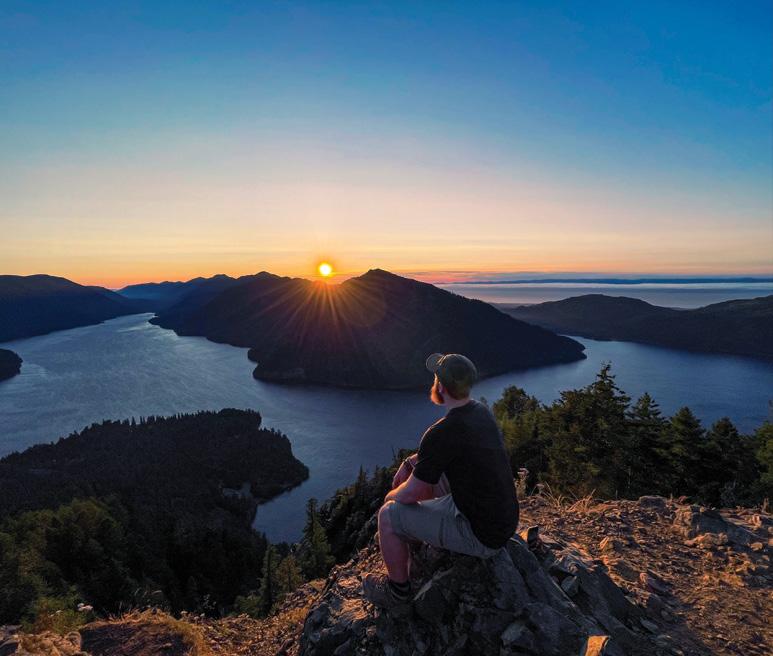
Expandable Solar

System tiers for all budgets

Custom fabrication for desired system intergration
LIFESTYLE.

POWER. BUDGET. SOLUTION.
When we see a problem, we don’t just find a solution; we help make changes in the industry you’ve been waiting on that make your journey easier every single day. The products our team uses are the most innovative products on the market and we take the time to learn them inside and out so you don’t have to. With over 35 years of industry expertise, our team can design, fabricate, and install the Solar and Lithium system that’s fits your rig perfectly to make your battery life bigger.

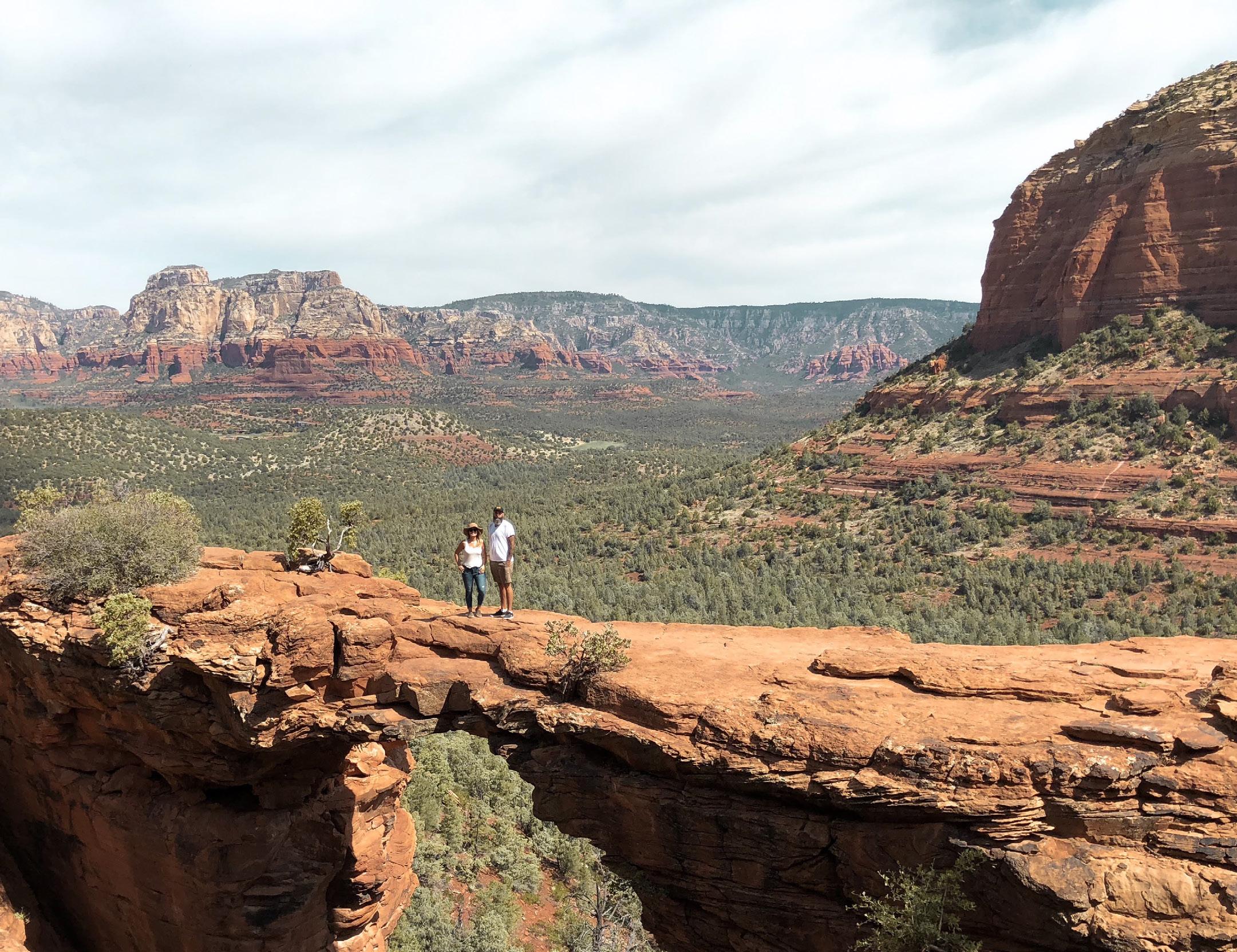
CAMPING ON YOUR own and off the grid requires a certain amount of preparation. Boondocking is inherently the ultimate camping experience because it requires independence to live out of your rig without the services of a campground. While many people enjoy the convenience and amenities of a private or public campground, for some, boondocking is the only way to go. If you’re one
of those campers, or if you’re interested in getting into boondocking, check out some of these essentials to enhance your boondocking experience. Aside from all the items that are necessary to make your rig ready for boondocking, like a generator or solar system, full propane and water, etc., here are some of the accessories you may want to stock in your RV for the next trip into the wild.
Rope, duct tape, and bungee cords always come in handy while camping. Whether you’re securing an unruly awning in the wind or making a clothesline, some good nylon parachute cord (p-cord) should always be on hand in your RV. P-cord comes in many colors. A fluorescent hue keeps people from tripping over it in camp.


While you may have outlets in every corner of the RV itself, sometimes it’s nice to have a portable power station to carry outside of the RV. Rather than running an extension cord from inside, you can simply bring the power station over to the picnic area and charge anything from laptops and projectors to outdoor party lights and speakers.
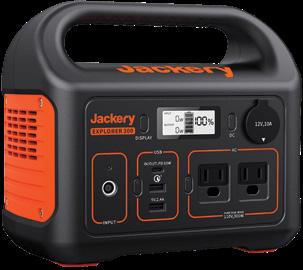
From keeping your firewood dry in a sudden rainstorm to making an impromptu kiddie pool, tarps are useful in all kinds of situations when boondocking. Although they’re usually inexpensive, it’s worth it to splurge on a heavy duty tarp so it can stand up to the elements for several seasons of camping.
Lighting up camp is easy with inflatable solar lanterns. Without the supplemental lighting of a campground, a few lanterns placed around camp will give you the ambient light you need to grab the s’mores supplies without stubbing your toe on Timmy’s bike. Plus, they recharge every day in the sun and are very low maintenance!

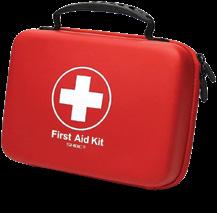
Camping can lead to cuts and scrapes as well as more serious injuries. A comprehensive first aid kit is essential for any kind of camping, but even more important if you’re boondocking. With paramedics likely being far away, it’s important to know how to use the supplies in your first aid kit to manage a situation until you can get formal treatment.
Another feature missing from boondocking sites is a picnic table. In order to dine outdoors, you’ll need a collapsible table and chairs. There are many options to choose from, and what you buy will likely depend on how much storage space you have.
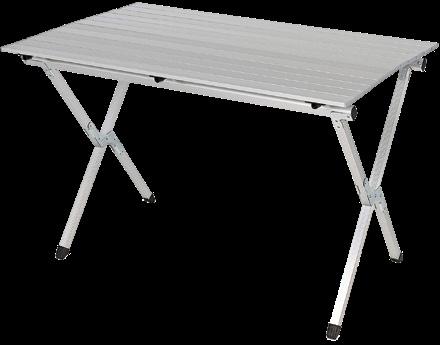
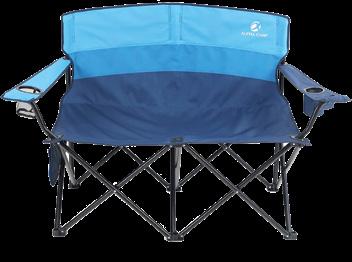
If you like to be at a campsite for more than a few days, you will probably need to expand your water supply with a couple of extra water jugs. They’re easily filled, so the other bonus of bringing some of these along is that if you run out of water, you can just run into town for a refill instead of moving camp.
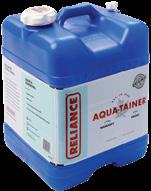
It’s always a good idea to have a couple of extra cozy blankets in your RV at all times. When the weather changes quickly and unexpectedly, it’s good to be prepared. Warm fabrics like down, wool, or fleece are usually a good choice.
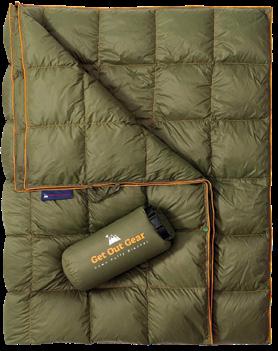
Boondocking means there aren’t any concrete camp pads or gravel areas to park on. An outdoor rug completes your campsite and reduces the amount of debris you’ll track into your RV from the outside.


PLANET EARTH TRAVELS
1.6 MILLION MILES EVERY DAY.
4 of North America’s Top 10 Fifth Wheel RV brands are manufactured by Keystone. (And our newest just won RV of the Year.)
 Luxury fifth wheel RVs that deliver more value, performance and delight. Now equipped with SolarFlex™. Meet Montana, Alpine & Avalanche, Cougar, Sprinter and Arcadia at KeystoneRV.com/fifthwheel.
Luxury fifth wheel RVs that deliver more value, performance and delight. Now equipped with SolarFlex™. Meet Montana, Alpine & Avalanche, Cougar, Sprinter and Arcadia at KeystoneRV.com/fifthwheel.

THE ESSENCE OF a nomadic lifestyle is change. With full-time travel, things are in a constant state of flux, from the people you socialize with to the places you get your groceries. When your life is all about motion and transition, how do you make sure you’re taking the best possible care of yourself?
The best place to start is to figure out what “healthy” means to you, because everyone has a different definition. The most common way people think of health is being free from illness or injury, but it can be bigger than that. Are you happy with your state of health, however you define it? Are you trying to improve your health, or are you more focused on maintaining?
Regardless of your current state of health or what your goals might be, the basics are the same for everyone: diet, exercise, and sleep. The order may change based on factors such as your goals or chronic conditions, but generally, these are the three-legged stool of health that everything sits on. Before working on anything else, make sure these three elements are on track. If they’re not, then address them first. For example, take a close look at what you’re eating and see where there is room for improvement. How much do/ can you move? How much sleep are you getting? Do you feel rested?
Once you’ve covered the basics, there are many other ways to start looking at how you take care of yourself. If you’re doing well with your “threelegged stool,” you can start branching out and looking at other things—are you up to date on your screenings, like your annual physical?
When was the last time you had your vision examined? Are you due for a dental visit? Are you drinking enough water? How are you dealing with stress? If you have any chronic conditions, how well are you managing them?
Staying on schedule with healthcare provider appointments is really important, especially if you have a condition that needs to be monitored. Some providers offer

telemedicine, but appointments that need to be in person can take a bit of planning. Many full-timers schedule all their appointments around the same time, so they can roll into town and see everyone they need to see in just a few days. It’s also important to be proactive in managing your health by monitoring your condition and catching changes early.
If you have insurance, get to know your benefits so you can maximize them. Some insurance companies offer things that aren’t as well-known, like a certain number of visits with a registered dietician every year, working with a nurse health coach, or discounts on gym memberships. A lot of this information can be found on your health insurer’s website.
No matter where you are in your health journey, it’s important to remember that what you do every day matters more than what you do once in a while. Consistency is key.
But how do you stay consistent when everything around you is changing? In a word, flexibility. Don’t give up on your goal just because your preferred way of doing something isn’t available—find an alternative.
For example, let’s say your goal is to eat more organic fresh fruits and vegetables, and you prefer to buy directly at farmers’ markets, but while you’re traveling, you won’t always have access to a market. Your first alternative is a local grocery store, which will likely have what you’re looking for. If not, the next best option may be frozen organic produce. You can also plan ahead—if you know you’re going to be in an area where fresh fruits and veggies will be hard to come by, you can stock up before you get there. You may have to

adapt to what’s available to you, but that doesn’t mean you have to change your goal.
Develop a routine, and stick to it as much as possible. Include some kind of movement every day. That doesn’t mean you have to walk 10,000 steps a day (though if you do, that’s great!), but get up and get moving. Of course, travel days are a different thing entirely. It may help to build one routine for travel days, and another for days when you’re at your destination. But regardless of how you do it, do what works for you.
In order to be as consistent as possible with your self-care regimen, it may be necessary to plan ahead. If you have a membership to a national gym chain, check to see if there is one close to where you’re going. If there isn’t, look to see what other activities are available to keep you moving, even if it’s different from what you might do at the gym. Are there monkey bars at your next campground? Explore ways to use them, and the other playground equipment, in a workout.
If you take prescription medication, don’t wait until you have a week’s worth left—get your prescription filled ahead of time. If possible, get several months’ worth at a time to reduce the number of times you have to get the prescription refilled. You may have to talk to your doctor or insurance company to arrange for this, and it may take some time, so plan ahead for that as well.
If you don’t visit your home base more than once a year, try to schedule all your appointments around the same time so you can get them all done in one trip. If you’ll need any testing, find out if you can get it done prior to your appointment so your provider can have the results available when you see them.
Travel days have their own challenges and are busy enough without trying to make a healthy meal or do your normal workout. But that doesn’t mean you can’t still make healthy choices—for instance, instead of stopping for fast food, you can make a meal ahead of time and take a break at a rest stop to stretch your legs.


Taking care of yourself while you’re on the road can be a bit of a challenge, but it’s not impossible. With some flexibility and planning, you can stay on track with your health goals, and even see some improvements.

OUR FAMILY MOTTO is “people over things.” Setting off into full-time life in June 2020 felt like the ultimate fulfillment of this motto.
My husband, Brent, works in film, and before we left Los Angeles it was common for him to go two weeks without seeing our kids’ faces—he would be gone before they woke and home after bedtime. While we were on the road full time, we gained thousands of priceless hours together that made the luxuries of house living seem frivolous in comparison. Living tiny allowed him to be a larger part of not only the kids’ education, but also those childhood moments that are so fleeting.
Last January, he was present when
By Cara Cherryour youngest finally grasped how to ride a bike. He developed a bond with our son over fishing—I’m pretty sure those guys have fished every major waterway in the continental United States! Our oldest daughter got the “Papa time” she so desperately craved as she helped him set up our camp each time we stopped somewhere new. Having responsibilities in the family dynamic has been pivotal to her growth, and getting to share that with her dad seemed to make those lessons sweeter.
As for me, I adored our year and a half of full-time travel. We were never sure how long we would be on the road. Originally the plan was to take a year, traveling the country to find our new “forever home,” but the longer we
were on the road, the less settling down appealed to us. We’ve paused the full-time travel for the next year or so to pursue some opportunities we couldn’t pass up, but we will definitely keep exploring on weekends and holidays.
Unschooling—or roadschooling—our children was one of the coolest parts of full-time life. Our children received a home-based education that centered around their interests and the experiences offered by the routes we took.
We studied North American birds while exploring every crevice of Yellowstone National Park. We researched queen conchs, only to then snorkel face-to-face with them in the Florida Keys. We examined history from the perspectives of the enslaved, the
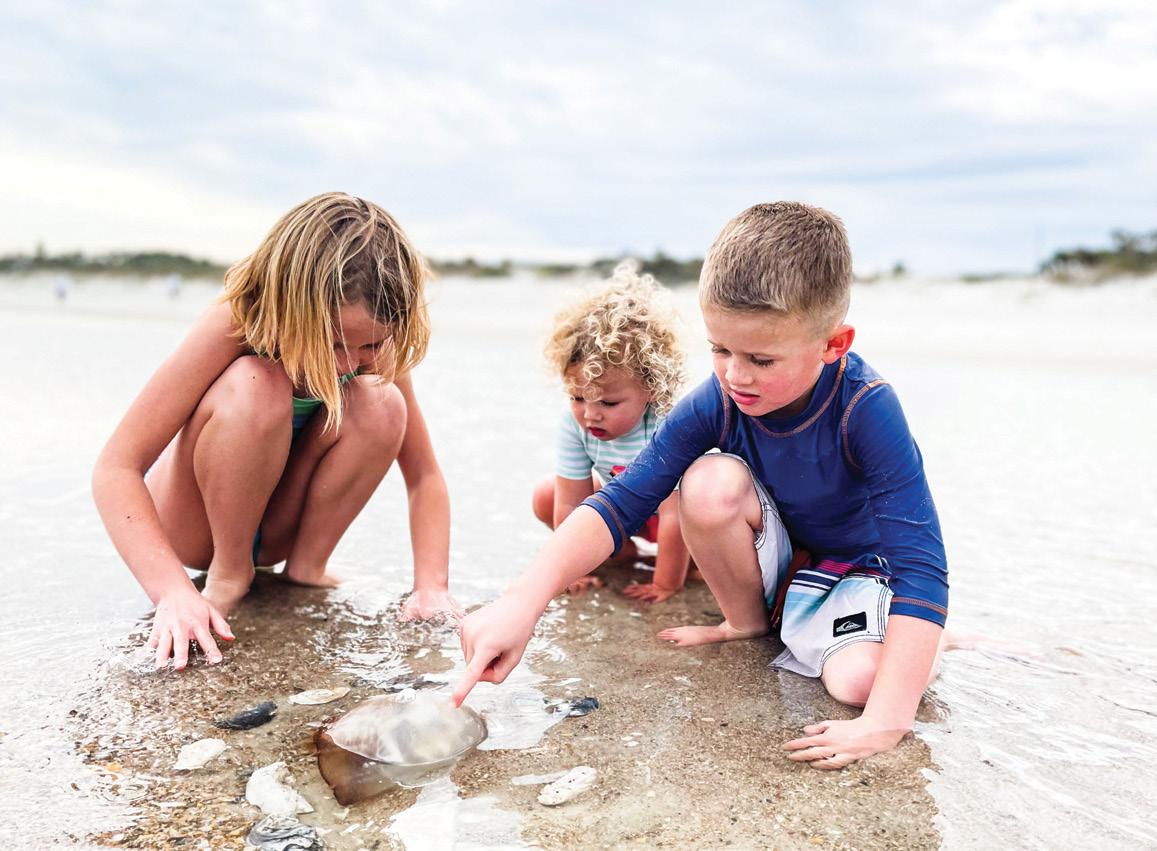
ruling class, the artists, the conquerors, and the dreamers, and then we sought out museums and education centers on reservations, at monuments, and in the backyards of descendants of the very people we read about.
One particularly moving occasion happened at the Old Exchange building in Charleston, South Carolina. My daughter was 8 years old, curious, and free-spirited. She and her brother were
being a little too noisy for the setting, so I directed them each to read a specific placard to tell me about later. They set to their task and a few moments later, I looked over to see tears in Charlotte’s eyes. She told me about a boy near her own age who had been sold away from his mother and father to a plantation a state away. Her innocent eyes blinked at me, unsure of how to process the knowledge that kids were torn from their families simply because their skin was a different color than hers.
It was a heartfelt lesson, and the impact would have been completely different if she had been reading about it in a book. Standing in the very place where it happened made the effect on my daughter palpable.
I was given an opportunity to enlighten her about changing the future by learning from our past. She got the chance to mull it all over in the safety of her mother’s arms and to ask all the questions her 8-year-old brain could muster. Education learned through the tangible is truly priceless.
I have a memory bank full of similar experiences from the road, and I wouldn’t trade the education they received for anything. What they lacked in classroom order, my children more than made up for with hands-on moments that
have shaped how they see the world.
I will never wonder if they’ve fully grasped the gravity of war, because we have graced the bow of a real navy flight deck and heard the reenactment of a submarine attack from inside the submarine.
They will never question whether preserving public lands is important, since they have a hard time narrowing the 33 national parks we’ve visited down to their favorites.
Their wheels are already turning about which universities they’d like to attend and what careers might suit them best because they’ve had up-close views of so many options.
We’ve fallen madly in love with our country, from the sweeping skies over deep canyons to the colorful ocean sunsets. But most of all, it’s about the people. The people we met along the way re-established our faith in the citizenship of our great land. We are proud to live in a beautifully diverse country where our children can learn from the experiences of others while simultaneously writing their own stories.
Our time on the road was a dream and we took stock of our blessings and all the doors that were opened to get us there every day. We were right where we wanted to be, learning and living along the way.
Cara and her husband Brent, along with their 3 kids, set out for full-time RV life in June 2020 from Los Angeles and are settled in Georgia for the moment. You can follow their journey on Instagram
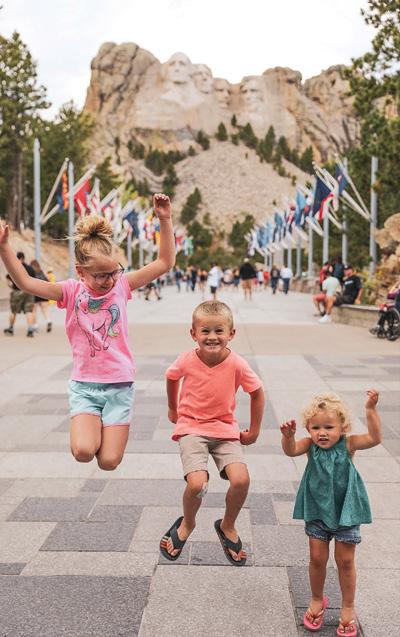

@chasing.cherrys

THE ONLY CONSTANT in life is change. Life on the road is a magical experience that is like nothing else. You get to see amazing places, engage in different cultures, and enjoy a pace of life that’s just different from the “normal” nine to five. That being said, road life looks different for everyone and has a shelf life for most people. While there are some folks who wouldn’t think of living any other way, many digital nomads end up making changes along the way to make their journey more comfortable and adapt to their lifestyle. From changing rigs to getting off the road altogether, here are a few perspectives from our readers who have made big changes to better fit their needs. As they say, you’re only one decision away from living a totally different life!
Rachael and Jesse Lyons of @thetasteforadventure started their journey in a used 2002 Keystone Cougar fifth wheel. They said, “We bought our first RV used, completely renovated the interior, and installed solar. We traveled full time in our fifth
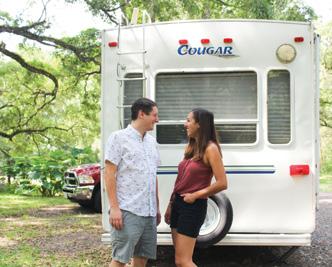

wheel for two and a half years, and we still use it. After tens of thousands of miles, she is now our stationary home base in an RV park in Florida.”
After all that time on the road, the fifth wheel was a little worse for wear.
“In 2021 we recognized that our fifth wheel would soon require major repairs for continued travel,” said the Lyons. Rather than put more money into a 20-year-old RV, they took the opportunity to purchase a 2012 Lance 865 truck camper. Rachael and Jesse explained, “We love boondocking, and a fifth wheel limits where we can stay
and explore. A truck camper is much smaller, but provides more flexibility, safer boondocking, and less stressful travel days.”
While they would still recommend a fifth wheel to full-time travelers, they are really happy with their decision to switch to a completely different kind of RV. “We have absolutely no regrets! We're excited for our future truck camping adventures, but it is tight living for full-time travel. Now we have the best of both worlds with a stationary fifth wheel and an adventure truck camper,” the Lyons said.
The transition from the fifth wheel to the truck camper was a bit challenging. “We had to find a long-term RV park for the fifth wheel and locate nearby storage for the truck camper. It took more than one attempt to find locations that worked. Moving both RVs requires some juggling because we have to constantly move the fifth wheel hitch in and out of our truck. That thing is heavy!”
But the hassle is worth it for Jesse and Rachael. They are excited that their travel rig can fit in a regular
parking space. “We are very excited for more spontaneous RV travel! We fit in virtually every kind of campsite, and we can stop at more attractions on travel days without worrying about parking. That opens up so many more places for us to visit and explore!”
They upgraded to a 2017 Northwood Arctic Fox 29-5K fifth wheel. The bedroom had a king bed with storage underneath, a closet, and a dresser. The kitchen and the bathroom were larger, and there were three sitting areas with a couch, recliners, and a table. In addition to having more storage underneath, the fifth wheel felt more like a home.
life, they wanted to give it a try. Their reselling business allowed them to travel and kept Liz busy on the road while Casey worked his assignments. It was a good fit for a while, but as their reselling business grew, they started to look for a place to call home base.
Liz
full time and have since moved into a house. “Our first RV was a 2018 Outdoors RV Timber Ridge 24RDS. We traveled full time in that rig for four months,” Liz said.
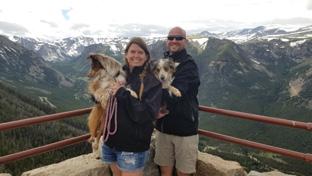
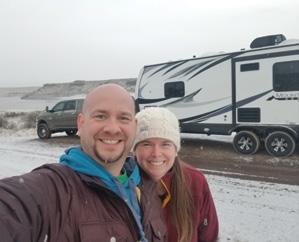
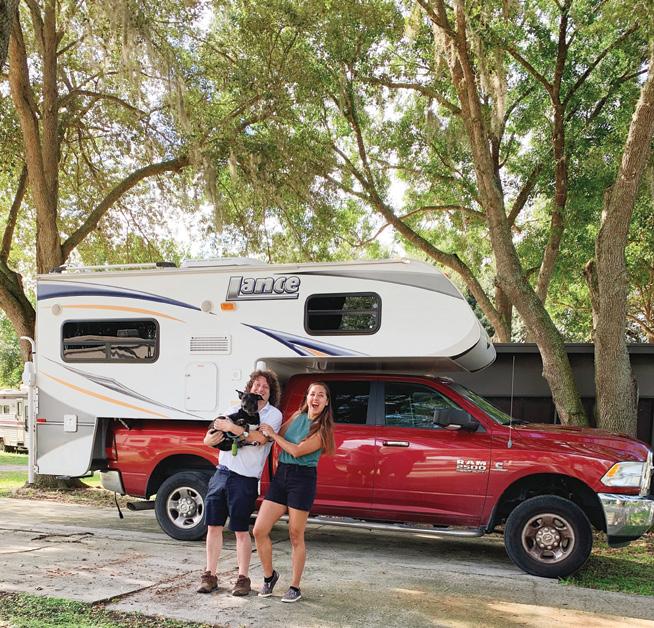
The Kelloggs quickly learned that the first RV they bought wasn’t big enough for their family of two cats and two dogs. They also wanted more space for their businesses—selling items that they stored in the RV on eBay, and their Amazon FBA business.
“It was easy for us to transition to a fifth wheel because our Dodge Ram 3500 can tow just about anything. Having more space made RV life more enjoyable for us. Looking back, we wish we would have rented a travel trailer and fifth wheel for a weekend to try them out before buying; that would have given us more insight into the difference in space,” the Kelloggs said.
But as with many things in life, Liz and Casey’s living situation was fluid and they tried different approaches to find the right fit for them. “The reason we full-time RVed was for Casey’s work. He was a catastrophe auto damage adjuster and would travel 3–4 weeks at a time, then come home for a week. Casey was gone a lot and it was hard on us,” Liz explained.
After seeing other families, like Drivin’ & Vibin’ and Keep Your Daydream, successfully manage RV
“We RVed for a year and a half, which was an amazing experience. Casey also had plans to leave his 20-year auto damage career. We knew we needed to put down roots again and buy a house before he left,” said Liz.
As it turned out, buying a home was easier said than done. “We had sold our house in Tempe before RVing, so we didn’t have a place to come back to. That was pretty stressful. Trying to find a rental during the winter in Arizona is not ideal. We found one for a few months and then stayed with family until we found a house,” the Kelloggs explained. “We love having space for our reselling business and a pool! Having a bigger property has really opened up a lot of opportunities for us. We also have space to park our travel trailer so we don’t have to pay for storage.”
Since they knew they were going to be stationary for a while, and didn’t need the space for short trips, they sold the fifth wheel. “We absolutely loved
 and Casey Kellogg of @freewayflippers changed rigs while traveling
Jesse & Rachael
and Casey Kellogg of @freewayflippers changed rigs while traveling
Jesse & Rachael
the RV lifestyle and recently purchased an Outdoors RV Creekside 20FQ to hit the road for a few months at a time. Our reselling business is something we can put on hold while we travel,” Liz said.
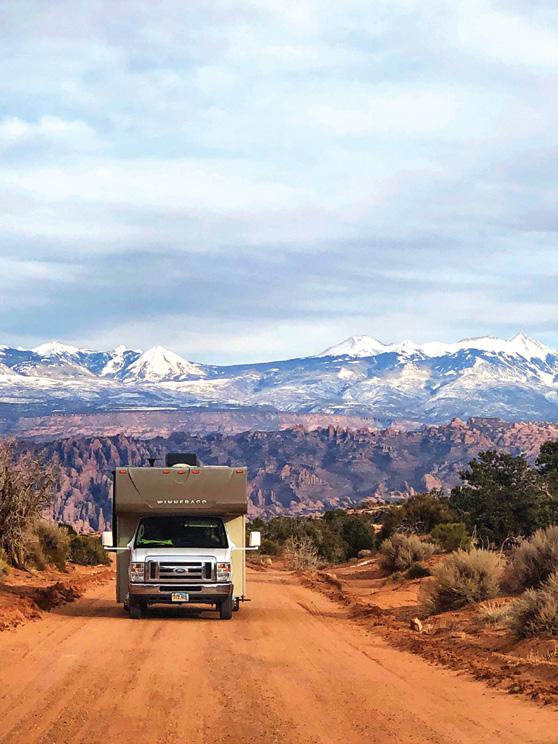

Liz and Casey are really happy with the changes they’ve made. “It’s been nice having roots again, though we wouldn’t trade our full-time RVing experience for anything! We are grateful we were able to do it and met a lot of awesome people along the way.”
Candice and Megs, @minihousebigliving, are best friends who recently upgraded their Minnie Winnie for a bigger Winnie! Their first rig was a 2016 Winnebago Minnie Winnie 22R, a 23-foot Class C, and they traveled in it full time for a year and a half. Candice and Megs have been in their new RV, a 2016 Winnebago Brave 26A (27-foot Class A), for about a year.
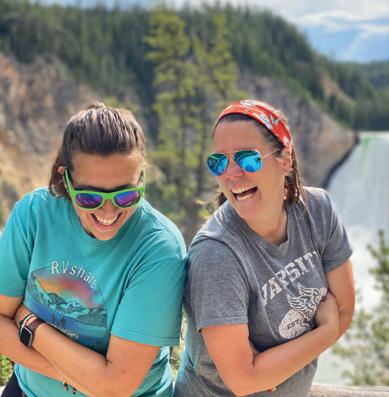
Megs shared, “The Minnie Winnie was, for us, the perfect way to try out
this nomad lifestyle. We could fit just about anywhere and it was an easy rig to drive. Our plan was to try it for a year. After a year and a half, we were loving the RV life and knew we wanted to continue RVing for the foreseeable future.”
Although the lifestyle was exactly what they hoped for, Candice and Megs were both working remotely full time from the RV. “Both of our jobs require us to be on webinars throughout the day, and that was proving difficult in the Minnie Winnie as we could hear each other on our calls,” said Candice. “We towed a Smart car, so one of us would typically work from the Smart car (our "office space") while the other one worked in the RV.” This was definitely not an ideal working situation, but they made it work.
Somewhere along the way, they spotted a retro Brave on the road and loved it. They decided that if they were ever going to upgrade, that’s what they would get. “We joined a couple
of Facebook groups in order to learn more about the pros and cons of the Brave and ended up meeting a lady who invited us to come take a look at hers. She wasn't ready to sell, but we wanted to step foot in one before really starting our search. After spending half an hour in the rig, we were in love! A few months later, the lady called us and said she was ready to sell! We moved in a week later,” Candice and Megs said.
Buying the Brave was just the first step. Moving into a different RV turned out to have some pros and cons.
As Candice and Megs moved into the new rig, they were able to purge things they weren’t really using. They ended up selling their Minnie Winnie to friends and enjoyed teaching them about their rig and seeing them get excited about the continued adventures they would have with her. But the best part about the upgrade? “Gaining four more feet of space felt like we upgraded to a mansion!”
Overall, they were very happy with their choice to upgrade to the Brave. However, throughout their year and a half in the Minnie Winnie, Candice and Megs upgraded various features. When they moved into the Brave, they found themselves missing those upgrades. “We spent the first month cleaning, upgrading the batteries, adding solar and an inverter, and making it feel like home by adding spice racks and updating the bathroom. This made the first few weeks of living in our new RV feel a bit hectic,” they said.
As with any vehicle purchase, the logistics can sometimes be a drag. When Candice and Megs bought the Brave, they weren’t ready to sell the Minnie Winnie yet, which made the loan process for the second RV quite a pain. Learning the quirks of the new RV and getting the maintenance up to date was also somewhat stressful.
Despite the challenges along the way, Candice and Megs could not be happier with their decision to upgrade to a larger RV. The increased size provides three things they love:

1. A separate and dedicated "working" space vs. sleeping space
2. They can now tow a Jeep, offering more off-grid opportunities than the Smart car
3. More sleeping space for friends and family to come experience nomad life with them
If you are hesitant to make a big change in your life, just think of the possibilities it could open up for you! Most of our readers who have approached these challenges of space and tiny living have been thrilled with the results of big changes once they overcame the logistical hurdles along the way.

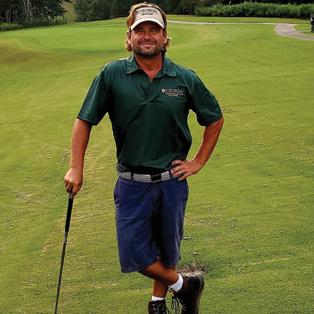
 By David King
By David King
“So, what do you do?”
“Pretty much whatever I want!”
That’s the typical question-and-answer sequence that leads to the conversation about my leap of faith from the corporate hamster wheel, departure from the real world, and new life as a golf and travel writer in my home on wheels.
Normal, polite conversation is expected when you’re paired with a stranger for an entire round of golf. Unlike most small talk though, my answer to the “What do you do?” question usually sparks genuine interest. The reaction is met with surprise, disbelief, and sometimes envy.
The next question is almost always a half statement: “So, you must be pretty good at golf, then?” to which I respond, “Nah, good golfers play on tour. Everyone else just hacks away and tries to find their balls.”
The other question I’m asked is, “Then what do you do for money?” In some rare instances, the question may be phrased “How do you support yourself?” The latter form is usually from someone who is currently living or aspiring to live a nomadic lifestyle. I specify this because it epitomizes the difference between the two types of people.
Perspective on life and one’s journey into RV living is paramount in understanding the difference. I can’t really answer, “What do you do for money?” without first explaining the difference between how I used to view money and how I view it now.

In my previous life, I was very successful in sales with a six-figure income, two houses, four cars, lots of toys, extravagant dinners, nights out, and vacations. My life and my career were one and the same – a means to make money, support myself, and my family at the highest level possible.
The problem was that the “highest level” continued to rise. The more money I made, the more I bought. The
more I bought, the more money I needed to make. It was an unintended cycle I couldn’t break.
When I first made the leap of faith into RV living, I wasn’t aware of the necessary change in life perspective that accompanied the lifestyle. Instead, the understanding came over time and is still evolving. Money to dine out, buy things to use once or twice a year, or even take a “vacation” from life are no longer requirements. Instead, I live so I don’t need a vacation. Fancy dinners and nice clothes are now rare luxuries instead of constant necessities. I prefer dining al fresco with sunsets to fine china and white linens!


Therefore, my answer to the question,
“What do you do for money?” is that I do pretty much whatever I want – I do as little as possible for money! I don’t really make any, or at least make much. I do have a rental property, but I “live” primarily off the sale of my big house and I’m secure in investments from my previous career. Also, my blog continues to grow more profitable and freelance writing opportunities are plentiful. I understand these are luxuries not all would-be nomads enjoy. However, my goal – similar to many fellow nomads –is to create enough passive income to sustain my lifestyle while also maintaining the security of wealth through my previous career. Until then, I essentially make money by not spending it.
Just like most travelers, my main expenses are gas, lodging, food, and entertainment. I boondock as often as possible. Recently, I’ve been volunteering at state parks while writing a book on the Georgia State Park Golf Trail. Not only does this provide accomodations, it also gives me a feeling of home and a sense of permanence often missed on the road because volunteer assignments can last up to four months. Lastly, my only other recurring expense is food. When I’m not boondocking
or volunteering, I “boonsquat” with family and friends. This not only gives a chance to see people but also provides me with the use of a full kitchen. I take advantage by prepping meals in bulk and packaging them in single servings, which leaves only the reheating to do on the road.
All these combine leave very little in terms of expenses so when asked about how much money I make or how I make it, I’m inclined to discuss how little money I spend first.
This perspective is one that can’t really be understood until you’re on the road full time. Yet, if money is the obstacle preventing you from living your dream, fear not. As I once advised a would-be nomad, once you're on the road, it will work out one way or another. The secret is being happy with a new life perspective!
As a full-time RVer, David King has extensively traveled the southern United States for the last year, documenting his travels on his blog ramblingolfer.com and book “The Georgia State Park Golf Trail.” You can catch up with David on Instagram @ramblingolfer
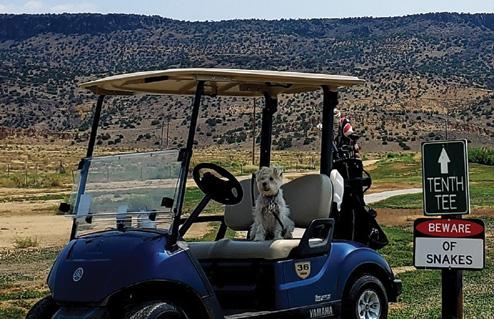
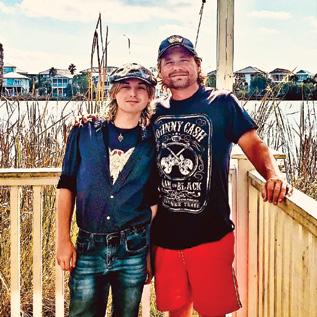
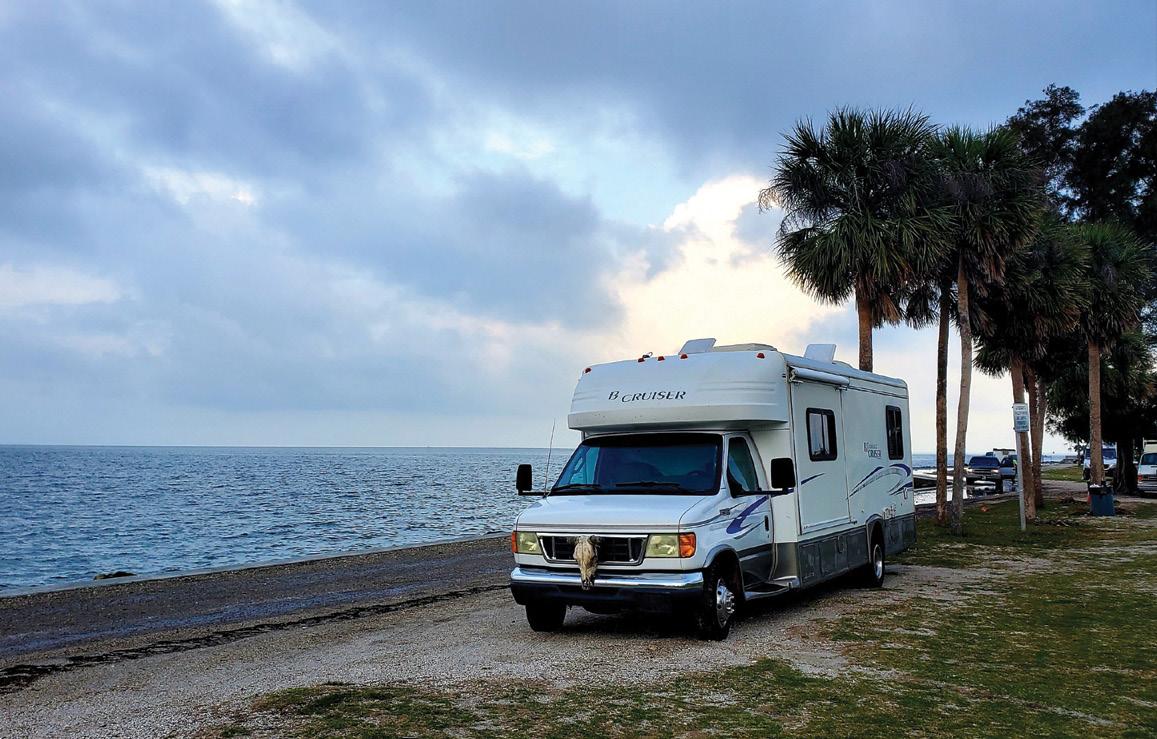
 BY LAUREN LYNASS
BY LAUREN LYNASS
$160 a year on s’mores and firewood? Can you believe it?
We were shocked to find we spent that much on s’mores materials and firewood in a year. Now, we definitely aren’t saying that s’mores shouldn’t be enjoyed every once in a while, and we would even argue that s’mores are a staple of RV living. What we are saying is that we haven’t been pinching as many pennies as we would think living this minimalist lifestyle. There are many hidden costs that aren’t considered with full-time RV living, and these costs go far beyond a s’more or two.
At the beginning of every year, Sam and I take some time to set goals and evaluate the past year. We strive to set one relationship goal, one physical goal, one travel goal, and one financial goal. Our yearly evaluation led us down the rabbit hole of looking into the extra money we were spending living in our 27-foot Airstream travel trailer, “The Burrito.”
I think it’s assumed that living in a trailer, RV, skoolie, or any form of tiny home allows the luxury of saving money. The reality is this isn’t always the case. Yes, we are saving the money we would be
Lauren, Sam, and Fenton the Pup live full time in their 27-foot Airstream International Signature. They like to hitch up and explore on the weekends, and they’ve enjoyed every second of it. Find them on Instagram and YouTube @alittlebitunhitched
spending for a mortgage or rent, and we don’t need to furnish a whole house, and maybe we save a few dollars on utilities, but we dug into the hidden costs of RV living and found some things that shocked us.
All in all, we ended up spending more than $2,000 in one year on hidden costs we weren’t accounting for anywhere else in our budget. Some of these, as I’m sure many of
RV toilet paper: $100

Sewer hose: $35
Side winder: $22
Black tank toss ins: $68
Propane: $200

you are aware, are basically necessities when it comes to full-time RV living. Are we saying don’t live small because the savings aren’t big? Absolutely not!


What we are saying is that there are costs we can cut down on even within this list! This year, we decided to make a few cuts in this hidden cost budget—not because we want to save more money, although that’s nice too, but because cutting down on these costs is environmentally friendly and helps us give back to mother nature a bit. Some immediate changes we can make are using less propane when possible, drying more laundry outside instead of in a dryer, finding a less expensive way to manage black tank odors (we are currently researching, but open to suggestions), and using septic-tank-safe toilet paper instead of RV toilet paper.
While these things seem small, they can add up over time! We are excited to track our savings during 2022 and see what a difference some simple changes can make for our piggy bank as well as the environment.
Every year on the road gives us the opportunity to accept all we have
learned in the past year and challenge ourselves to continue to grow and change into the next. While we expect a few changes to our budget, we can promise you our s’mores consumption will stay the same.
Here’s to a happy, healthy, and slightly wealthier year on the road!
Tow gas: $100
Surge protector: $80
Laundromats: $384
Wheel chocks: $42
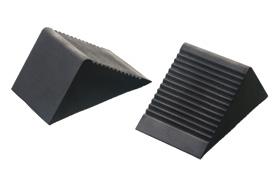
Mobile hotspot router: $600
Water filters: $60

Just like every great road trip, sometimes life takes you in a new direction. At Heartland, we’ve launched a new journey to make our RVs better than ever. We’ve doubled down on seeking out the highest quality materials, creating fresh and inviting interiors and giving every unit the kinds of finishing touches you’d find in a new home.
Every unit goes through a top-to-tails inspection with a quality assurance expert—in fact, we have an 89,000-square-foot facility dedicated to walking each RV through a series of checklists to ensure it works exactly as it should. And with updated floor plans incorporating features our customers love best—spacious bathrooms, designer kitchens, furniture meant for cuddling up together—we’re confident every trip in a Heartland will be a happy one.
After all, that’s what RVing is all about: hitting the road with people you love, having adventures, making memories. So when you buy a Heartland, just focus on taking the journey of a lifetime. We’ll take care of the rest.

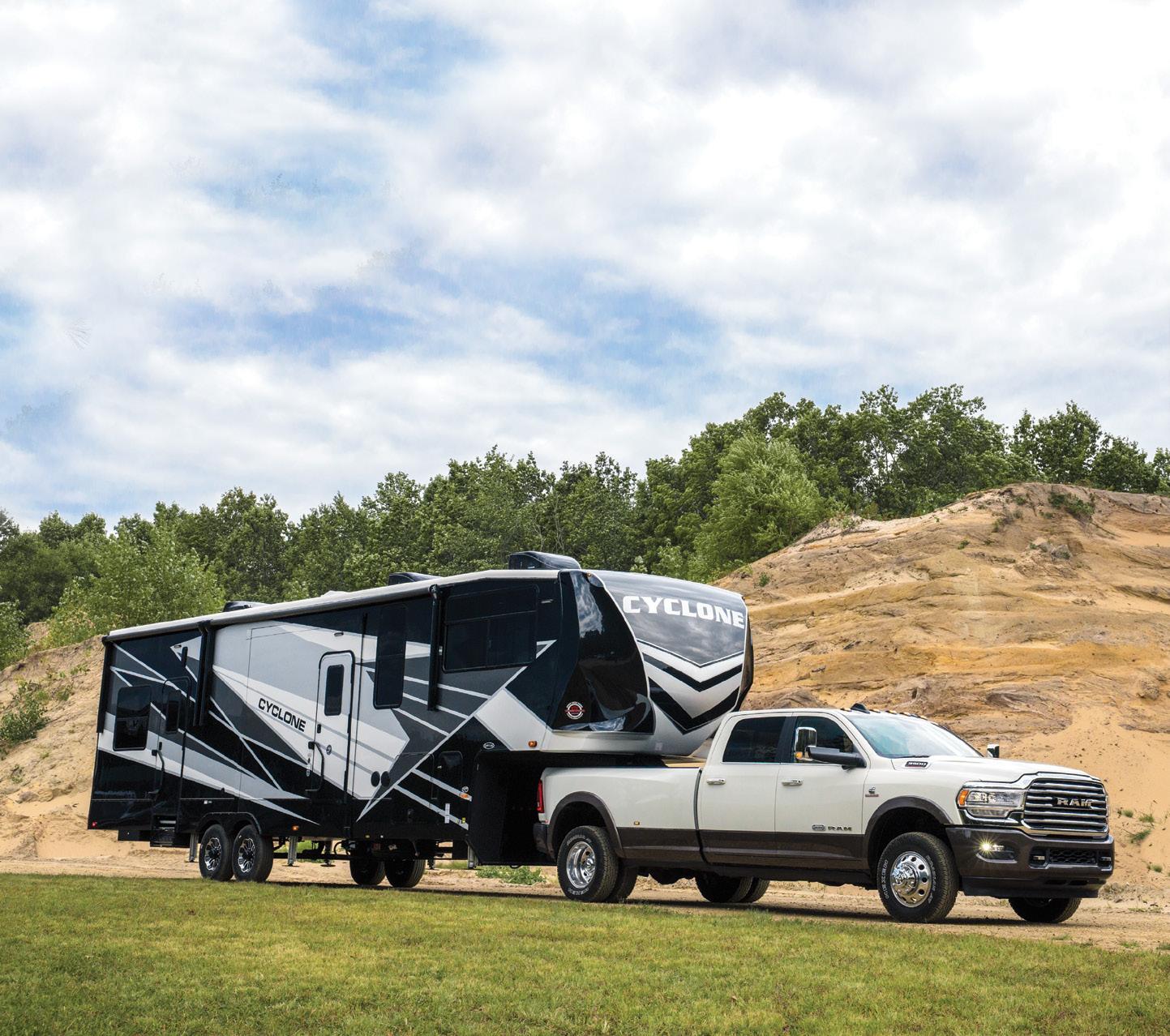
Experience the all-new Heartland online and check out 360-degree model tours, detailed floor plans, all-new features, galleries of updated decor and more.
Just visit HeartlandRVs.com.


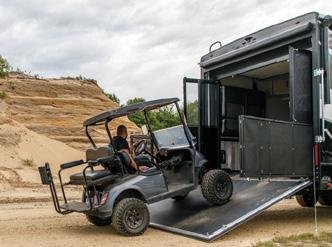

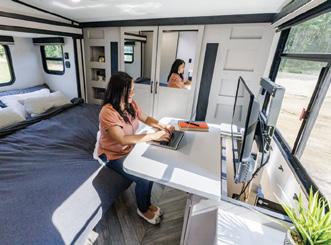
IF YOU WANT to travel full time in your RV and create your own business, bookkeeping is a great option. Anyone who is not afraid of numbers, tech, and speaking with potential clients can become a virtual bookkeeper. For the sake of full disclosure, I am a Certified Public Accountant (CPA) and have been doing bookkeeping and taxes on and off since I was a child, when my father taught me how to do his bookkeeping and fill out tax forms.
My husband and I have dreamt of having a virtual business since we attended a national financial independence conference. At the conference, we learned many financial professionals were meeting with clients virtually even if they lived in the same city. It seemed like the perfect fit for us with our desire to travel full time in our RV.
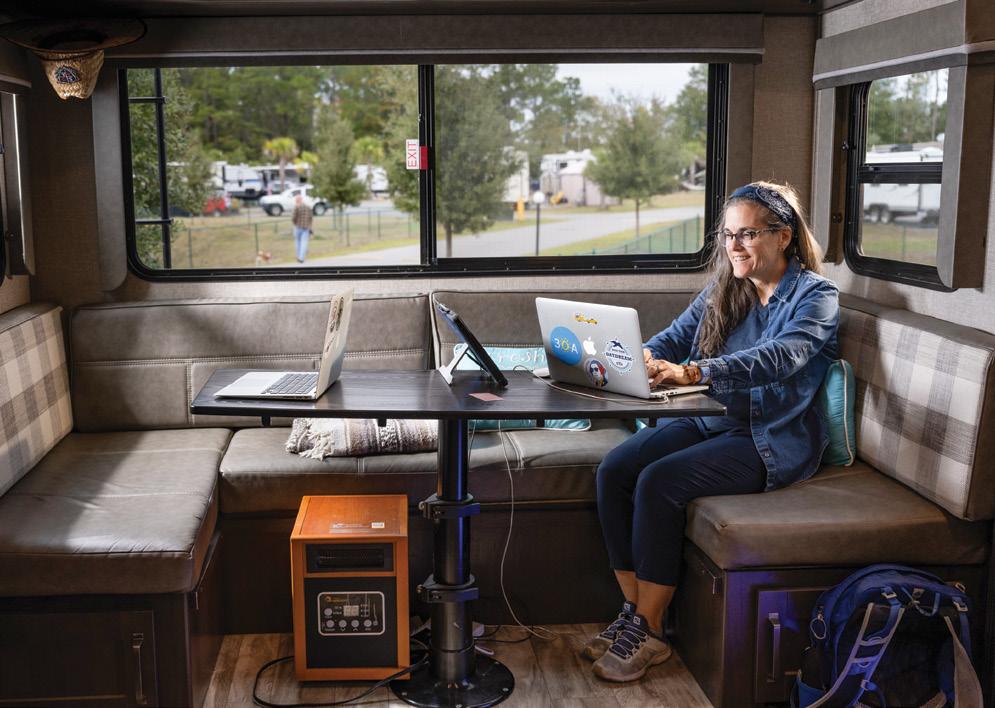
Shortly after moving into our RV, I got to try teleworking because of the pandemic and realized how much I love to work remotely. I learned a new rhythm of getting up at the same time, but starting work right away instead of getting in the car to drive to work. I realized how much time I was wasting by commuting, and I didn’t even have that long of a drive compared to some people. I realized lunch was another waste of time. Driving to work and taking an hour break at lunch time lengthens my work day without adding any value.
Sadly, I was only allowed to telework for six months, but once I returned to the office, I realized I was hooked on teleworking. This desire to telework helped me get creative. The upside of being denied is that I react positively when I am told no. I persist and think outside the box until I find a way to get
Penny, her husband Mike, and their pets, Cooper and Smokey, live full time in their travel trailer. To learn more about virtual bookkeeping, how to get started, or get help with your own business, find Penny on Instagram @ramblincampinroses

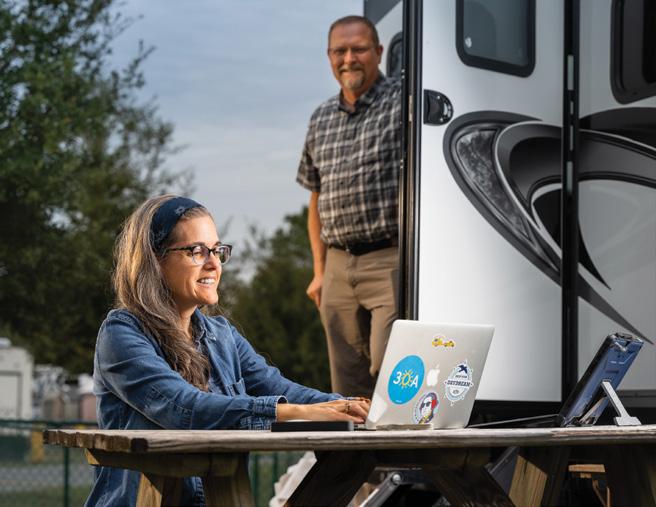
to yes. I knew I wanted a financial business, and I started looking for business ideas.
I met a virtual bookkeeper at a local financial independence group event and started to think this could be the financial business I was looking for. My 9–5 has always had a minor bookkeeping component and I’ve been using a general ledger application every month for more than 15 years, but I never thought I could turn that experience into a teleworking business. I asked a coworker who has a tax preparation business if he would refer bookkeeping clients to me. He said, “No, that’s my
bread and butter.” He told me bookkeeping is a great business.
Getting my first paying bookkeeping client is a project of its own. I acquire clients in a few different ways. I’ve identified my ideal client persona and I belong to Facebook groups related to my ideal clients’ business. I’m active in the groups, trying to add value whenever possible, and I’ve optimized my social media profiles so anyone who checks out my profile after seeing me engage in the groups can see I offer bookkeeping services. I’ve also submitted proposals to give presentations at conferences related to my ideal clients’ business.
I’ve attended formal networking events as well. My first and second referrals came from CPAs who I met at an in-person small business networking event. One traditionally in-person networking option, Business Network International (BNI), is open to full-time RV travelers, and a friend from a local financial independence group invited me to join her BNI chapter. I’ve been to a few meetings and made a few connections. The best part of the friend’s BNI chapter is that they always meet virtually. BNI has chapters around the United States and each chapter only allows one member from a particular occupation, so each chapter would only have, for instance, one bookkeeper. Networking is the main focus of BNI. The bookkeeper I mentioned above got her first client from her first BNI meeting. I talk to anyone I can about my
bookkeeping business and ask them to talk to me about their problems, pressures, needs, requirements, and desires. I constantly hear a couple of the same points. And thankfully, it will be easy to incorporate what I’ve learned into my business.
Earlier, I mentioned not being afraid of tech. A few areas where a virtual bookkeeper needs to be comfortable with tech are with client communication, password management, cloud document storage, and project management.
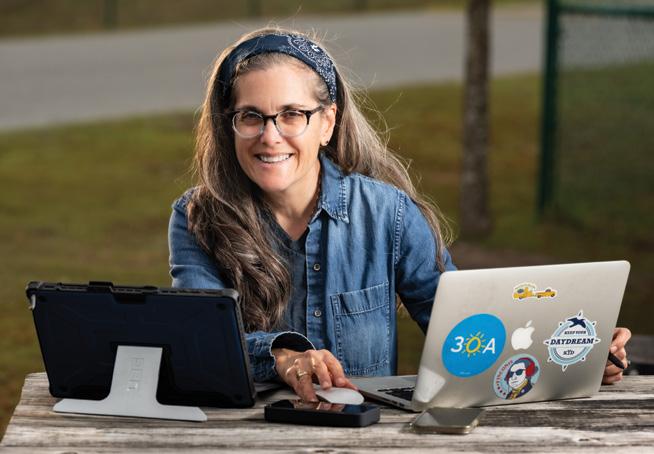
Virtual bookkeepers will routinely meet with their bookkeeping clients. One of the best features of a virtual meeting for clients is the ability to show me their books during what is commonly called a discovery call. During the discovery call, the client and I go through the process of deciding whether we should work together. Virtual discovery calls are safer for the client, because giving me full access to their books before we have decided to work together would be the alternative.
Password management systems are critical for bookkeepers who log into their client’s bank accounts. The client creates an account on the password management system and gives access to their bookkeeper. The bookkeeper can’t see the password, but can use the password management system to
log into the client’s accounts. The client maintains control and can remove the bookkeeper’s access or change their password at any time. Google Workspace is a popular document storage solution. Clients and bookkeepers need to exchange documents virtually, such as tax returns. Some documents, such as bills and bank statements, contain data which needs to be added to the client’s general ledger application. There are applications that access the data from those electronic documents and import the data into a general ledger application.
Project or task management systems are a critical part of having a bookkeeping business. Many project
management systems have a mobile app, which really comes in handy. As I grow my business, I plan to add contract bookkeepers to perform the day to day functions while I work on bringing in new clients. The mobile app will give me the freedom to use my phone to check up on how much work the contract bookkeeper accomplished.
Bookkeepers usually have professional liability insurance, also known as errors and omissions. Since most of this activity is taking place in the cloud, virtual bookkeepers should also seriously consider a cyber liability insurance policy.
I am so excited about my new virtual bookkeeping business and I cannot wait until I have my first client. Cooper is looking forward to the day when he and I are back to working from the RV, taking walks on my breaks.
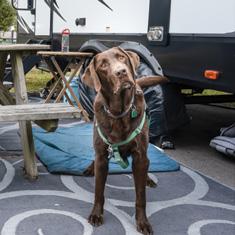
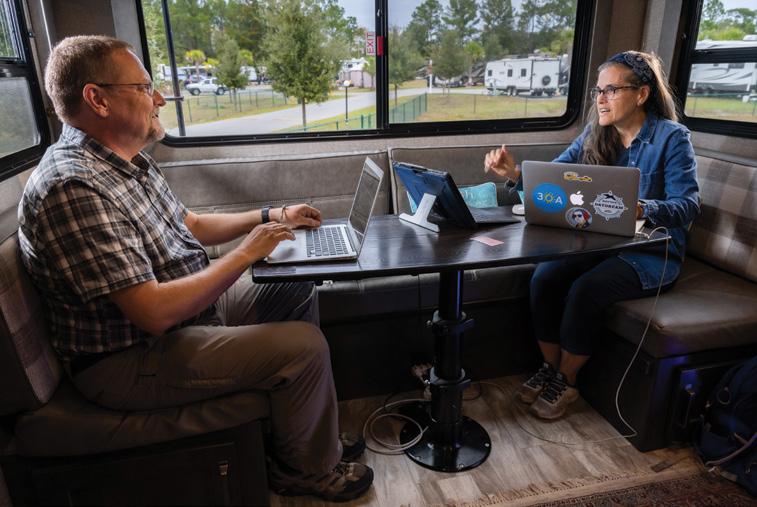
RVLIFE IS A great way to see the country on a budget, which is why most nomads choose this form of travel. By managing your spending, you can explore new places on your own terms and be in control of your cash flow.
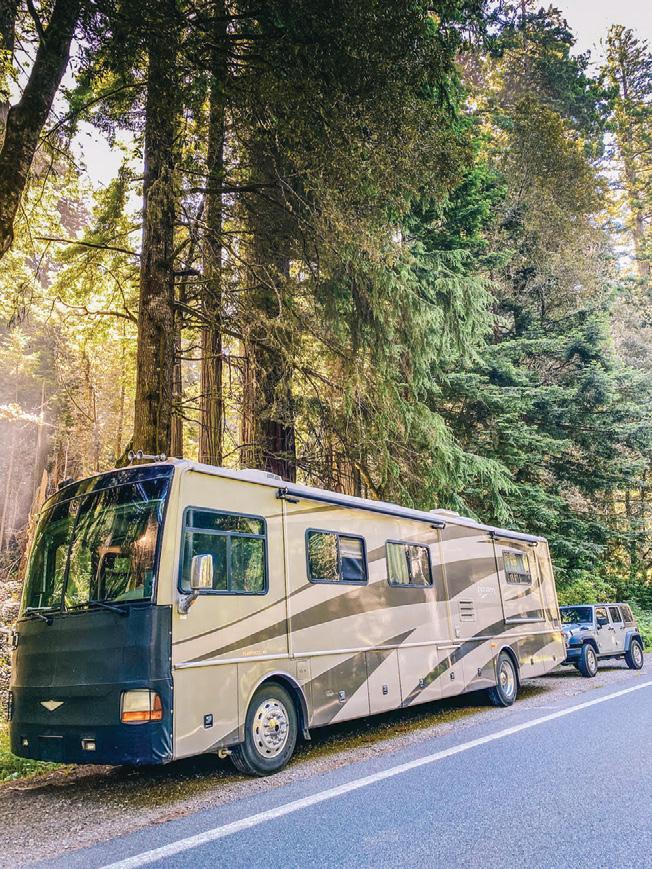
We have compiled strategies from some awesome full-time travelers who have been generous enough to share their budgets with us, giving you a breakdown of the costs you can expect, as well as some tips on how to save money while RVing. So whether you're just starting to plan your RV budget or you’re already on the road, read on for some helpful advice.
Nicoll and her husband Jake travel full time with two dogs and a wolfdog. Nicoll shares travel guides and traveling full time while living tiny on her blog livingtinywithawolf.com. Follow their pack on Instagram @livingtinywithawolf
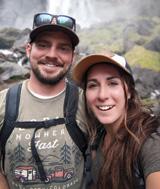
The Johnsons are a full-time RV family of five who travel in a 2011 Montana bunkhouse fifth wheel. Robbie is a traveling physical therapist who's been able to make the most of his career by living and working in different locations for three to four months at a time. The Johnsons also have rental income from their sticks and bricks home.

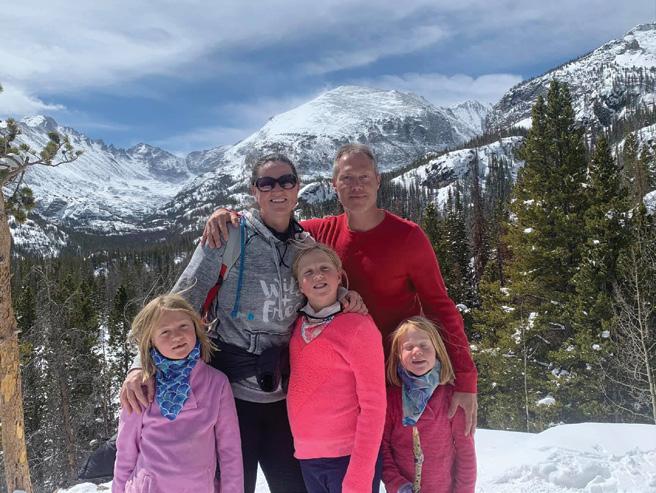
Having been a Dave Ramsey follower for as long as she can remember, Ashley follows the principles of financial wellness through frugality rather than keeping an official monthly budget. “I embrace the idea of buying used and only buying what is needed,” Ashley said. “I am also diligent about cooking all our meals and packing lunch everywhere we go. If I’m frugal in every aspect of our lives, it’s much easier to splurge occasionally on fun items or activities.”
“A large chunk of our budget goes to groceries, miscellaneous, and RV parks,” Ashley said. The Johnsons enjoy the benefits of full hookups at private RV parks with monthly rates. On average, the family pays about $1,100 per month, which includes water / sewer service, electricity, and any additional charges for their children.
For those who may be having a hard time saving money, Ashley said, “change your mindset from thinking about all the things a restrictive budget keeps you from enjoying, and instead think about how much you’re able to save per month. You can even keep track of this weekly or monthly and try to beat your score.”
Lastly, Ashley said, “I Google free things to do in every city we visit, and we hit up as many of those activities as possible. State capitols are free to tour and almost every city has at least one free museum.”
Follow the Johnson family’s adventures @wildfreelittlethree
MONTHLY VARIABLE COSTS
Groceries: $800
Fuel: $500
RV park/ campground fees: $1,100

Restaurants: $300
Entertainment: $250
Miscellaneous: $1,000
RV and vehicle repairs/ maintenance: $500
MONTHLY FIXED COSTS
Health insurance: $300
Vehicle insurance: $147
Life insurance: $100
Homeowners insurance: $92
Truck payment: $550
Jesseca and Charles travel with their two kids and dog in a 31-foot 2013 Salem by Forest River QBTS double bunkhouse tow trailer. It’s pulled by a 2016 Dodge 2500 Super Duty, Cummins. “We bought them both secondhand from Facebook Marketplace,” Jesseca said.


Jesseca's first concern was how to make money from the road. “We have children we need to provide for,” she said. “We want to make them feel safe and comfortable.” She has been teaching ESL online for the last two years, and has also started her own virtual assistant service. “I work about 30 hours a week, give or take, and I can set my own hours.”
Her husband, Charles, is a skilled laborer. “We read about workamping and thought it would be perfect for our situation.” Jesseca said. The couple found a job working at a campground in beautiful Golden, British Columbia at the Columbia River Wetlands RV Park.
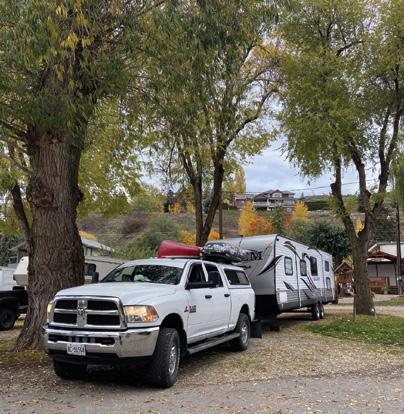
Together, the couple combined labor for a total of 20 hours a week in exchange for their site with full hookups.
“Budgeting can be challenging. It’s easy to budget the bills and cut out things we don’t need, but unexpected costs are out of our control,” Jesseca said. “I recommend having at least a $10,000 cash fund and access to some kind of credit in the event of emergencies—because they will come up!” The Perries decided to rent their house out instead of selling it. “We earn a little income off the rental, but not much. It’s more of a safety net to fall back on in case we decide to stop traveling.”
“I find writing our expenses down on paper really puts what we are spending into perspective. This helps us decide on what to cut back on.”
At the moment, the Perries are staying at a campground for the next few months. “That way we don’t have to worry about basic amenities, and we don’t have to drive with the added weight of liquids in our tanks,” Jesseca said.
With a few years of experience managing their money, Jesseca has some tips for anyone looking to start following a budget:
• Save a good chunk of money before you start traveling.
• Remember, everything in moderation.
• Don’t go overboard on spending when nature is all around you for free.
• Explore the outdoors at every opportunity you get, and have fun out there!
Follow Charles and Jesseca @travelinperries.
MONTHLY FIXED COSTS
RV park / campground fees: $600
School: $480
Insurance: $345
Cell phones: $265
Internet: $165
Propane: $120
Electricity: $100
Registered Education Savings Plans: $50
Spotify: $12
Charity, Ben, and their kids, Dakota and Trinity, travel full time with two cats and one Great Pyrenees in a 2004 Fleetwood Discovery. They didn’t have remote income at first, but have since launched their business Grateful Glamper, giving them an opportunity for more financial freedom.
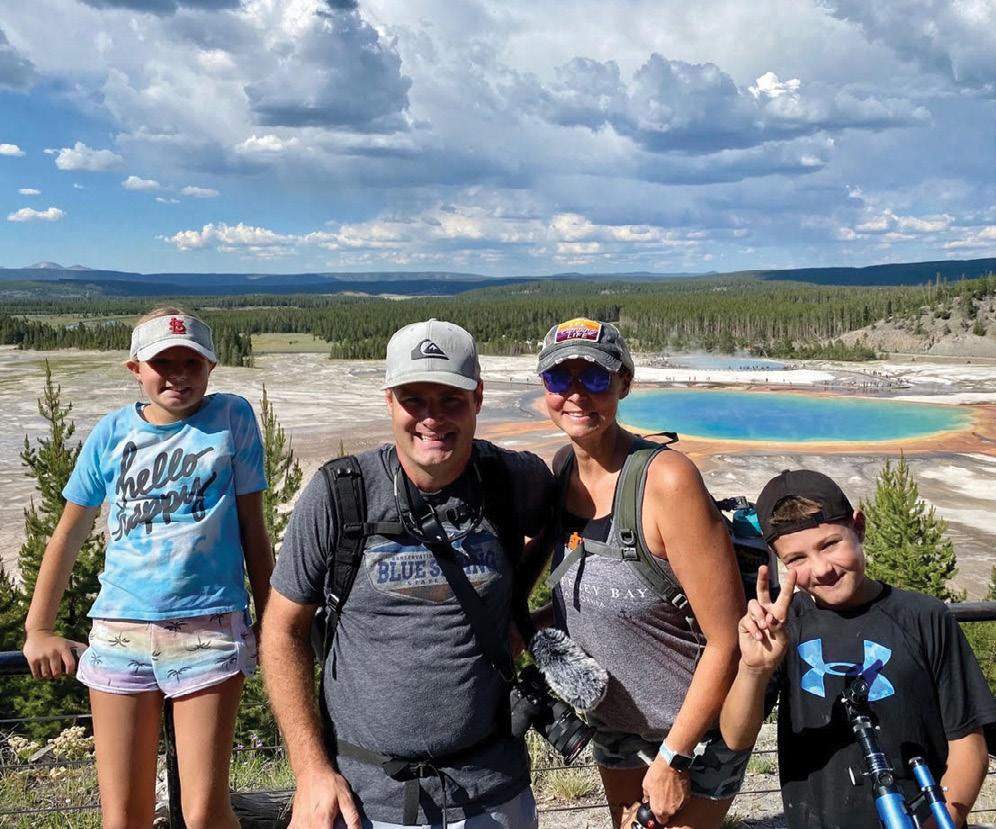
Charity uses a monthly budget spreadsheet in Google Sheets. They also use an envelope system to keep track of their expenses and make sure they don't go over budget. “We find using cash keeps us from overspending. We don’t spend more than is in the envelope, plus we feel handing over cash makes you more aware of what you are actually spending.” Charity said. This helps the family stay on top of their game with handling finances.
“We also give 10% of our income and put away money in different “sinking funds” for things like medical expenses, dentist visits, etc., that we know will come up from time to time.”
When it comes to managing their money, Charity says, “Give every dollar an assignment! Spend the month’s money on paper before the month even begins.”
Follow Ben, Charity, and their family’s adventures @gratefulglamper.
MONTHLY VARIABLE COSTS
Groceries: $1,000
Pets (food, cat litter, dog grooming, etc.): $170
Fuel / tolls: $500
RV park / campground fees: $1,200–$1,500
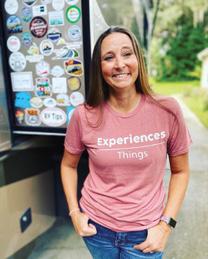
Restaurants: $100
Entertainment: $150
RV and vehicle repairs / maintenance: $200
MONTHLY FIXED COSTS
Health sharing plan (instead of insurance): $375
Vehicle insurance: $375
Life insurance: $75
Tutoring and miscellaneous education costs: $300
Wireless: $220
Internet: $110
House maintenance: $170
Utilities: $382
In October of 2020, Katie and Tyler sold their house and started their full-time journey in a River Stone 44-foot fifth wheel with their cat and two dogs. Recently, they moved into a Class A motorhome.
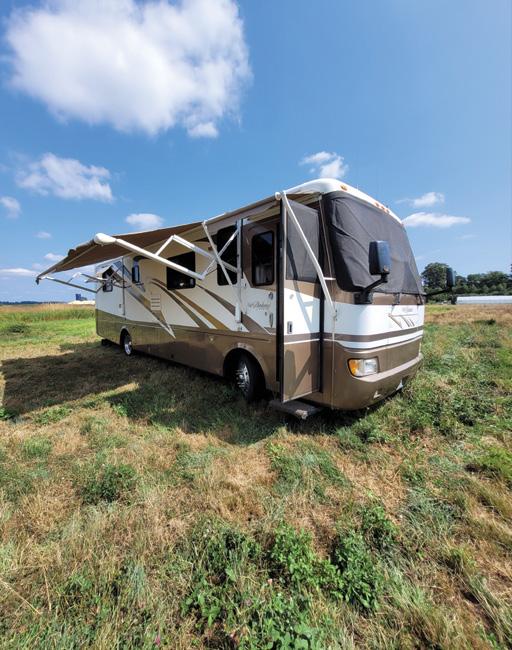
The couple started managing their money using the Budget By Paycheck Workbook from The Budget Mom when they were still in their sticks and bricks house in Houston, and that carried over into RV life. But Katie said, “Now I just use a Google sheet to track our spending.”
Depending on how well the couple sticks to their budget every month, they try to put about $800 in savings. “That goes toward things like our Harvest Host and Thousand Trails memberships, Amazon Prime, and annual vet visits and medication for the animals,” Katie said.


When the couple first started their journey, staying at RV parks was just what they needed while they were learning how to live in their new home. But after a few months, they decided they preferred boondocking instead of spending money at these facilities.
• Katie’s tips for managing your money while on the road include:
• RV parks usually have daily, weekly, and monthly rates; monthly is always the most affordable
• Stuff will break on your rig every once in a while; reserve part of your budget for repairs
• Boondock! RV parks cost up to hundreds of dollars each month
Follow Katie and Tyler’s adventures @somethingtookishrv
MONTHLY VARIABLE COSTS
Groceries: $600
Fuel / propane: $400
Restaurants: $300
RV park / campground fees: $800
Miscellaneous: $300
MONTHLY FIXED COSTS
Truck and trailer payments: $1,800
Vehicle insurance: $350
Phones and internet: $220
Streaming services: $30
Storage unit in Houston: $50

THERE’S SOMETHING ABOUT the RV lifestyle that screams freedom, and yet all that freedom can cause certain healthy things to fade away—things like routines, structure, and boundaries.

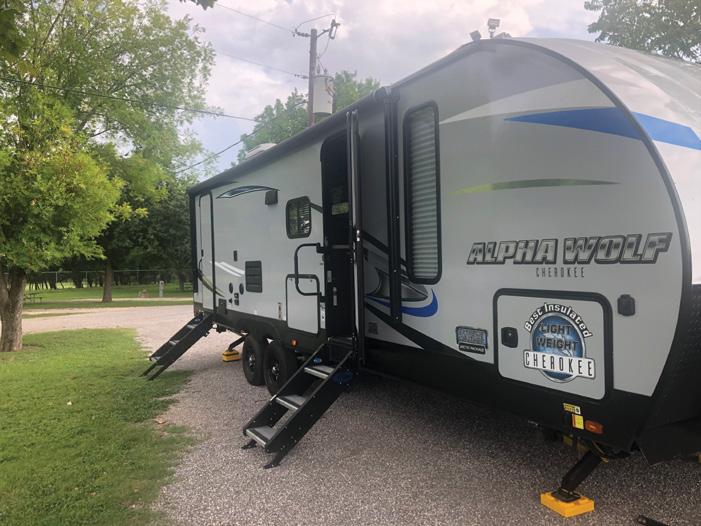
When you break away from the 9–5 mold, others seem to break away from the traditional mode of operation when it comes to working with you. Technology is available around the clock, so we should be too, right? The world is at our fingertips night and day, so shouldn’t we be quick to respond when people need us? In a word, no.
All those notifications, small requests, and quick assignments can add up. Worse yet, it can cause us to put other elements of our life on hold. Our family waits for us to wrap up an assignment before going on a hike. We sacrifice sleep to knock out our to-do list before the rest of the crew wakes up. Our mental bandwidth becomes stretched thin in an effort to respond to everyone.
Suddenly, we feel ourselves falling into the trap of not being enough, because there are simply not enough hours in the day to meet everyone’s needs.
It’s not a lack of time that’s causing this feeling of frustration—it’s a lack of boundaries. Even if you think you’re a good boundary setter in life and business, stick with me here. We can all get better about who we let in, when we let them in, and how much we agree to give to others.

I am a business coach for what I call Roadpreneurs, and there’s a consistent theme
that comes up inside our membership—scope creep.
Scope creep happens when a client or customer starts to push a boundary beyond what they agreed to when they signed up to work with you. At times, you might not mind a little nudge across the line you’ve put in place, but other times it may feel unwelcome. How you choose to respond is up to you. You can open that door to push a little further past the boundary or you can stick to the original boundaries put in place. No matter what you choose to do, you’ll need to reset that boundary line. Clarifying a boundary when someone is clearly pushing it can feel uncomfortable! But it’s necessary and will save you a lot of grief in the long run. In boundary setting, clear is kind. When resetting the boundary,
you can kindly explain where it was and how they pushed past it by using this simple formula: clarify that a boundary has been crossed, offer
a solution for this current request, and then clarify the boundary going forward.
Here’s what that might look like in practice. Let’s say a client keeps sending you requests on your personal social media account even though you’ve asked them not to. You can reset the boundary by saying, “I’m happy to answer this request here, this time. Going forward, I’d be glad to set up a project management system that will make it easier to track your specific requests so we can ensure they don’t get lost in the shuffle.”
This formula for boundary setting also works for families who push their limits. For example, if your family wants you to visit them for longer than you had intended, and you are willing to fit one more day into your plans, you might say, “Yes, we can stay an extra day, but we will need to be on the road early the following day to reach the destination we’ve already booked.”
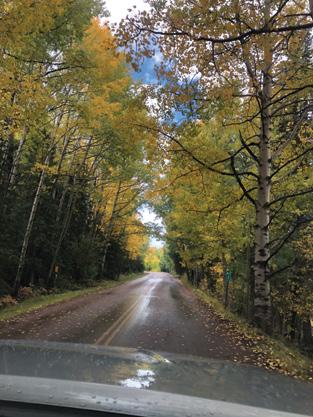
While these reactive responses are good to keep in your back pocket, there are also ways you can be proactive about the boundaries you set. Let’s dive into some of those to save you from the discomfort of having to reset a client or family member’s expectations.
While it’s not ideal or necessary to share your every move with your clients, you can create a separate calendar where you block out specific dates and times when you’ll be unavailable. This type of calendar isn’t just important for clients; it’s important for you. Having a public calendar that shows when you’ll be out of the office due to travel, setup, or the desire to explore allows you to stay true to the beauty of life on the road.
I do this exercise every year while I’m doing my annual planning. Rather than only scheduling launch dates and speaking engagements, I also add in personal time. Putting it on the
calendar feels like a permission slip to unwind, disconnect, and give me grace around checking in. On those days, I’m not on the hook for anyone except my immediate family, which feels really good.
A public calendar isn’t only good for blocking out travel days and time offline—it’s also good for scheduling in your own availability. If you know your kids are focused on remote learning and won’t need you, you can open small time slots on your calendar where clients can book a call with you. Or, if you know you’re most creative in the morning, you can block out that time to give yourself quiet space to focus, then open up to conversation in the afternoon.
A public calendar gives you your boundary. It shows your availability visually. It lets you say no more often without someone feeling brushed off or
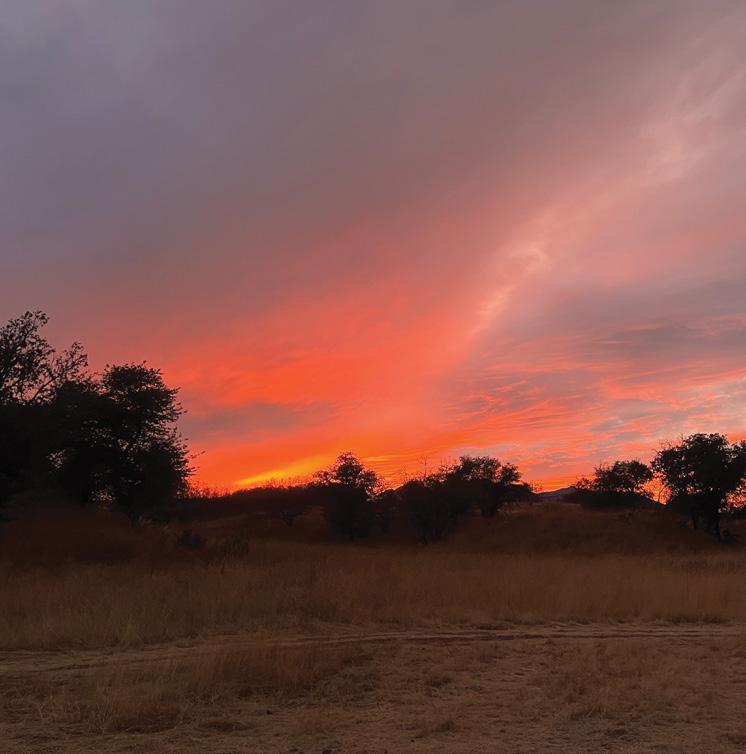
like a burden in your schedule. Better yet, it simplifies business on the road.
I mentioned that it’s kind for us to be clear in our expectations when we’re working with others, but what’s equally kind is for you to become clear on what’s expected of yourself.
As you start to work on a new commitment, it’s good to ask questions. By keeping the questions open-ended and allowing the person on the other side of the conversation to answer with detail, you will both start to see boundaries form in your new relationship.
A few types of questions that can clarify boundaries in an indirect way are, “What are your goals for this project?” and, “How do you want this project / deliverable to be different from past ones?”
As your conversation progresses, you might need to tell the other person no. After all, setting boundaries means standing firm in where you are without letting someone breach that line. Just like you’d tell a kid not to run into the street, you also need to tell your clients
no from time to time. The trick is avoiding the word no.
That seems hard, doesn’t it? But when you reframe the boundary setting, you’re able to offer an alternative. It feels less rigid and more inviting.
Rather than directly saying no, try clarifying the boundary and then offering a different solution. That will spark conversation, show empathy for the other person, and allow the door to stay open.
Even when we know we need to set a boundary, doing so can cause guilt to bubble up. That guilt can sometimes lead to trying to explain every last detail of our reasoning in order to save the relationship. The problem, though, is it often erodes the conversation, which can do more harm than good in the long run.
This is especially important for RVers because most people don’t understand this lifestyle. Though it’s no fault of their own, they might not understand why you can’t leave a little later from the campground for a quick meeting or stay up after your kids go to bed to hop on a call.
Rather than trying to explain what it’s like to travel or live in a 26-foot bunkhouse, you can simply say, “I wish I could,
but I can’t.” That alone is enough of an explanation and is a clear, concise boundary to put in place.
Boundary setting starts with realizing that boundaries will be pushed from time to time. Without having a strong mindset around working from the road, it can be tempting to push these boundaries yourself. You’ll think you’re doing something inherently wrong by saying no, or losing clients by not agreeing to their terms.
As you bump up against this type of discomfort, remember these three things.
Your clients and work will be there when you’re able to work on it.
You’ve found a job or clients before, which means you can find work again.
Working from the road isn’t just for you; it’s for everyone you meet. You’re writing a powerful story that’s

compelling and intriguing. It’s one that many people will want to be part of, which can cause you to feel like people are knocking on your RV door more often than before. Staying grounded in why you chose to live this lifestyle and see the country will not only reduce your stress, but also make you easier and more enjoyable to work with.
Oh, and it’ll make you more productive, too.
Take a step back. Give yourself permission to breathe. This is a crazy beautiful life you’re living, and those boundaries you’re setting will help you see more beauty in the day-to-day without sacrificing your purpose or passions.
Kimberly Crossland is the founder of Roadpreneur and Cruisin’ + Campfires, companies designed to keep families together through travel and entrepreneurship. Join her on Instagram @roadpreneur or her website, roadpreneur.com



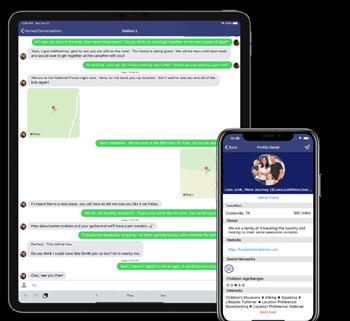
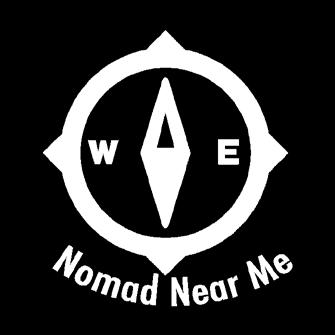

Kayla and Josh are high school sweethearts who are now traveling across the United States full time. They share the day-to-day realities of full-time travel on their Instagram @tualabears

THE JOB IS out there. You know, the job you’ve been daydreaming about? The one that would give you the freedom and ability to work from the road? It’s out there—you just have to find the right fit.
Josh and I have heard so many stories from people who knew for a long time that they wanted to be nomads, but for us, it was never actually in our plans—it just sort of happened over time. After we got married in 2017, we lived in Dallas while I was going through graduate school for speech-language pathology.

During those years, I learned about travel therapy. It works the same way travel nursing does—facilities with a need for a speech therapist partner with contracting agencies to hire people to fill the need. This leads to job openings all over the country. I was born and raised in Texas, and Josh spent most of his life there, too. We wanted to experience living in other states, but we weren’t sure how to go about it. When we learned about travel therapy, we knew we had to go for it!
Our first year, we took off to Naples, Florida, to experience life by the beach. The following year, we went for a big change and headed to Las Vegas. Our two year-long placements were incredible, but they left us wanting more. When COVID caused us, and so many others, to have to work remotely for a while, we started wondering if we could work remotely full time. This would give us the opportunity to explore as much as we wanted, and at a much faster pace.
This idea quickly evolved from a thought to plans as we began hashing out the details of our new adventure. We spent months looking at options and debating ideas, but we ultimately purchased a truck and travel trailer to travel across the United States.
No, I did not tell that part of the story out of order. We sold our cars, moved out of our home, and bought a truck and trailer before we secured remote jobs. I’ll leave it up to you to decide whether this was a bold leap of faith or a lack of sensibility on our part.
Josh’s degree is in business, so he
began looking for remote sales work. He had sales experience, but wanted to improve his skills. He applied for jobs he was overqualified for as well as those he was a bit under-qualified for. This process was not easy—although the pandemic opened a lot of companies to the idea of hiring remote employees, the majority of remote job listings came with the caveat that they were only remote until the company returned to the office. Sometimes this was not made clear until interviews were done and a job offer was made. Yes, it was as frustrating as it sounds.

However, Josh remained diligent and eventually found the right match. He got a sales job with Yelp and sells advertising space for small businesses to

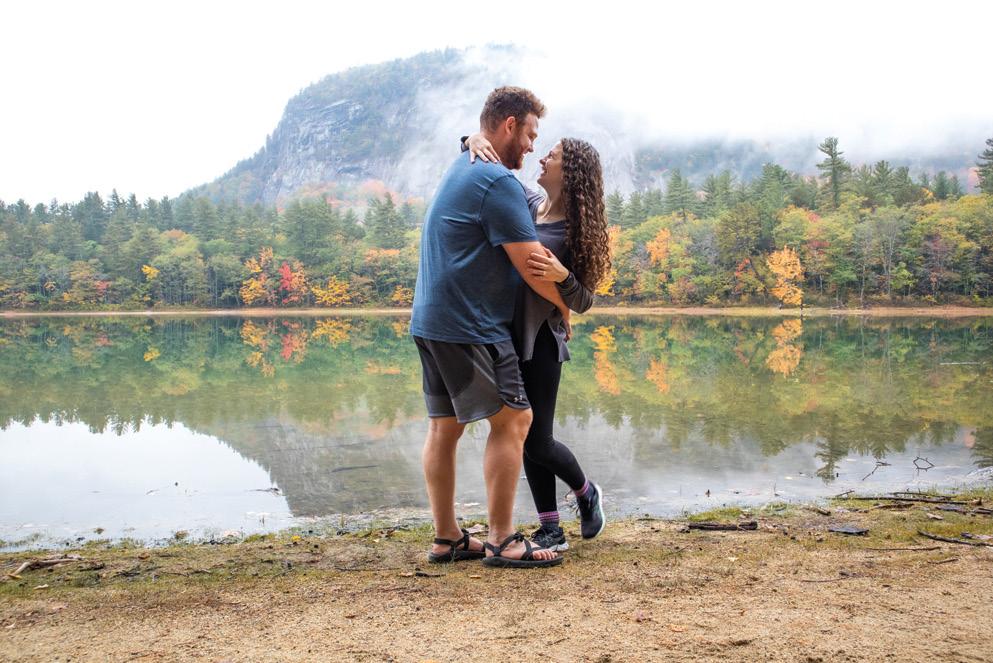
promote themselves. His days are now filled mostly with cold-calling. I have to give him props here, because sales jobs come with a lot of rejection. He handles it incredibly well and has seen a lot of success already.
My transition to remote work was easier. During my speech therapy contract in Las Vegas, I was working for the school district, and the district allowed any students whose families

did not feel comfortable with in-person school to participate in remote learning the whole year. This meant they also needed some staff members to be fully remote, and I was one of those staff members. I never expected to fall in love with virtual speech therapy, but I certainly did.
Based on that year, we had expected the school district to want some employees to be remote again the following year, but this was not the case—they informed me that if I wanted to stay on, I would have to work in person. This really didn’t fit with our new game plan. I reached out to my contracting agency, and they began searching for a virtual speech therapy contract for me. I began interviewing for some jobs, and a school district in Delaware—a state I had never been to—won me over.
I currently conduct speech therapy over Zoom, and it works better than you might think! The students sign on to our sessions from their schools, and I administer therapy for speech sounds, language, social skills, stuttering, and more. I have found that speech students
are sometimes more focused over the computer than they are in person. This has led to incredible progress toward their therapy goals.
So, this means we now have one sales representative and one speech therapist working in the same trailer. Oh, and one very opinionated dog. Needless to say, 40 hours a week, there is a lot of talking going on in our little space. We had a feeling this would be the case when we were shopping for our trailer, so we made sure to get one that had several closing doors inside.
Josh works at a desk in the bedroom, and I work in the living area at the dinette. We both wear noise-canceling headsets, and so far we haven’t had any issues working at the same time, although I’m sure it sounds like there is a lot going on in our trailer to our neighbors at campgrounds.
Working full time does limit our ability to explore, but we can’t help but focus on how many more opportunities we’ve had this year because of our remote work. We wouldn’t trade these past six months of experiences for anything.


WHEN WE FIRST started thinking about selling everything and moving into an RV full time to travel the country, our primary concern was how to manage this with my daughter and I managing Type 1 diabetes. I have always said I will not allow diabetes to hold me back from doing the things I want to do, so we were determined to find a way to make it work.


Type 1 diabetes is an autoimmune disease that essentially means your body does not create insulin, which means sugar can build up in your bloodstream. People with Type 1 diabetes must inject insulin multiple times a day via syringe or an insulin pump, and the cost of management can be astronomical, with or without insurance.
Securing health insurance was our first step. Ultimately, we were able to be fully covered by my employer’s health insurance plan, but it wasn’t as simple as it sounds. I was a real estate agent before going full time, so I was covered by an individual Affordable Care Act plan, but with that plan, I could only receive service and fill prescriptions in
my home state.
That obviously was not going to work. In order to make this dream a reality, I changed jobs and became a mortgage loan officer—the same industry but a different part of the transaction. By doing this, I was able to secure a company health insurance plan that can be used nationwide. This means we can fill prescriptions and see doctors anywhere we need to.
My daughter and I both use the same equipment to manage our diabetes— we each wear an insulin pump and a continuous glucose monitoring (CGM) system. The insulin pump allows us to deliver insulin without having to inject with a syringe every time. The CGM is a device we wear that automatically checks our blood sugars every 5 minutes, so we don’t have to prick our fingers as much.
This equipment is amazing, but it is very expensive and requires monthly reorders.
We have largely been able to schedule our deliveries to our campgrounds. If the delivery times are going to be close to a departure time, then we have the supplies mailed to
one of our families in either Florida or Pennsylvania. From there, we’re usually able to have it shipped either overnight or in two days in order to ensure we have the supplies we need.
We both need insulin several times a day, and that can be a little more tricky because it needs to be refrigerated. My insulin is delivered on a 90-day supply basis, so we are easily able to schedule trips around those insulin deliveries.
Our daughter’s insulin is not able to be shipped and must be picked up at a pharmacy. Luckily, we are able to transfer her prescription to whatever CVS is closest to us and pick it up there.
As I mentioned above, it’s critical for unopened insulin to be refrigerated. We kept this in mind when shopping for a rig. We knew we wanted a residential fridge with an inverter to ensure we had enough space for our insulin and that it would run with or without being hooked up to 50-amp power. We knew we could use an RV fridge if needed, but we were wary because of the potential for temperature inconsistency.
In our sticks and bricks home, we had an entire closet dedicated to our diabetes supply organization. This also became a major consideration when looking for an RV—we knew we would need extra storage space. We were able to find a rig that met all our needs and had the perfect underbed storage for our diabetes supplies.
Knowing where the closest hospital and grocery store are is very important for us. When we’re looking for campgrounds, we never want to be more than 30 minutes from a hospital or grocery store. The grocery store is so we can be sure to have items such as juice or snacks to help raise our blood sugars when they dip.
Being within 30 minutes of a hospital is important for us just in case of any emergency. If we can be closer than 30 minutes, that’s even better. This does limit us in terms of boondocking and visiting really remote places, but hospital proximity is our priority, and we’re okay with that.
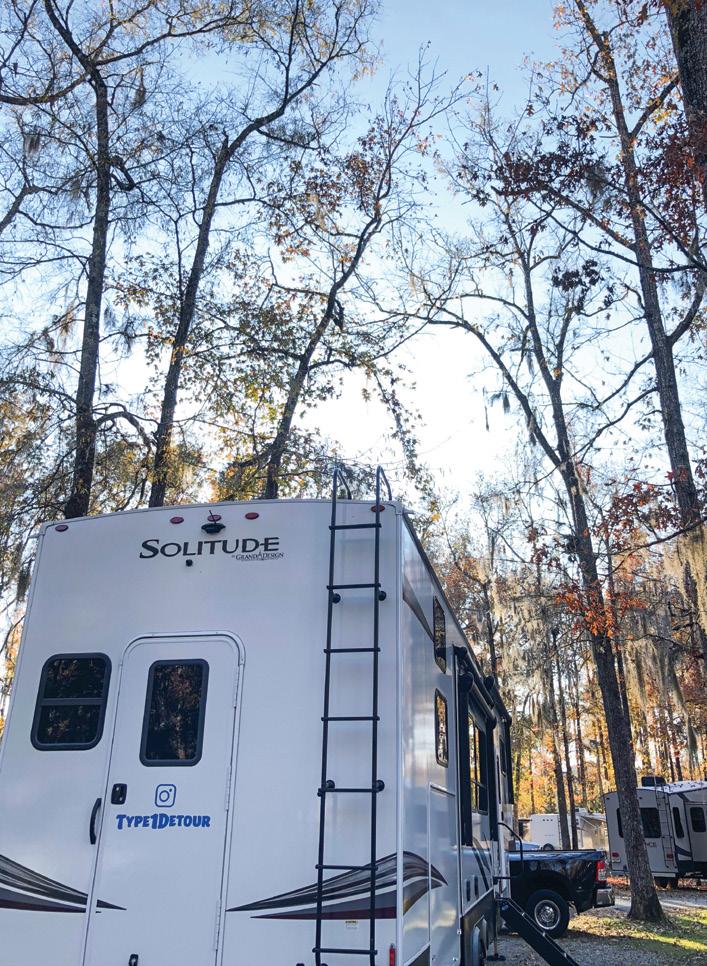

When there is not enough sugar in our system, such as when we may have given too much insulin or done too strenuous of an activity, it is important that we eat either glucose tabs or candy, or drink juice. Low blood sugars can lead to passing out or even worse.
There are three main scenarios we’re always prepared for—travel days, exploring, and day-to-day.
On travel days, we have to make sure we have juices and snacks in the truck with us. We pack a small cooler dedicated to only diabetes-related items.
When we venture out and explore, we bring the same cooler filled with snacks and juices, along with extra supplies in case one of our devices fails. If that happens, we can switch it out on the spot instead of having to go back to the RV.
Day-to-day low blood sugar management is something we do constantly. We always make sure there are enough juices and snacks in the rig. For example, Skittles are my personal favorite low blood sugar fix. So, we always have a big bag of Skittles easily available, and we constantly keep our fridge and pantry stocked with juices.
Chris Stocker, his wife Amanda, and their two daughters travel full time in their RV. You can join @type1detour on YouTube and Instagram as they travel the country one detour at a time.
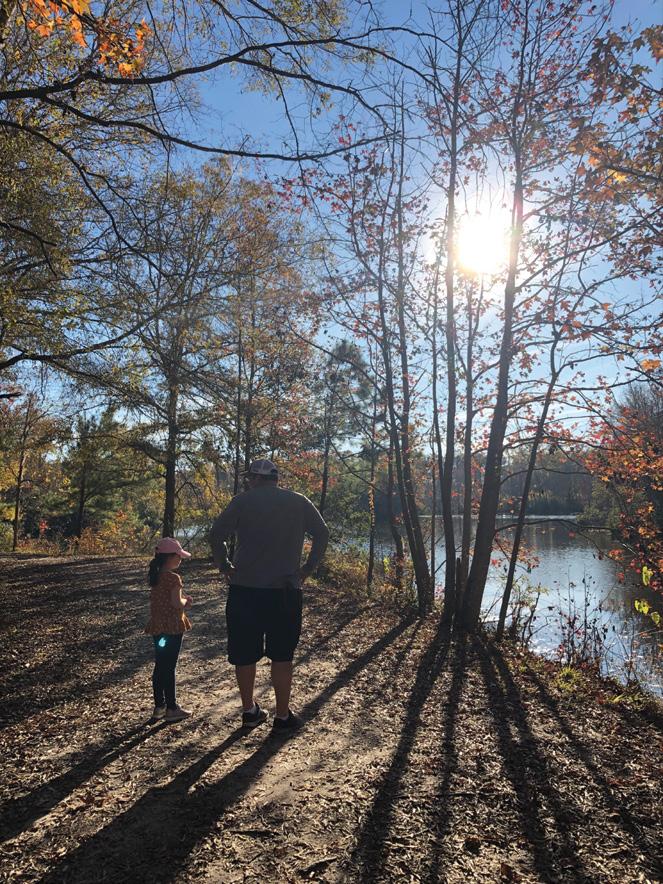
People with Type 1 diabetes generally see their medical team every three months. Insurances typically require updated notes every six months to cover the devices we use.
For our three-month appointments, we have been able to upload all our diabetes data and do virtual visits with our doctors. We also have the ability to send in messages if we need to make changes to our diabetes management between those visits.
We are required to have at least one in-person visit per year, so we travel back to our hometown for those. We also schedule all dentist, eye, and other appointments that are needed to coincide with that trip.
If you’re considering going full time with a chronic condition, it’s important to have a conversation with your entire healthcare team as you plan. You’ll want to ensure they can work with you to get updated prescriptions and potentially be able to do virtual visits in between major in-person visits.
 By Darren Dawes
By Darren Dawes
Since 2017, Darren Dawes has traveled in a minivan he converted for camping, sharing on OdysseyCamper.com. His YouTube channel is devoted to small RV DIY projects; find him on Instagram

@odysseycamper
WHEN PLANNING AN RV trip to New England, it can be tempting to make a beeline directly to Acadia National Park. While Acadia is certainly a must-see, countless other seaside communities dot the Atlantic coast, from Boston to Bar Harbor. Two of the more interesting spots are not far from this route and can be found in northeast Massachusetts.
Most people have heard of Cape Cod, but Cape Ann is a worthy alternative and a better-kept secret. Here, you can escape more crowded beach destinations and still find plenty to do, from art communities to kayaking, fishing, and whale watching. The small towns of Gloucester and Rockport have a history that predates many of the more popular tourist areas.

In contrast with the sandy base you’ll find on Cape Cod, Cape Ann is made of bedrock granite that was scraped clean during the last Ice Age. These same glaciers deposited large stones and rocks along the shore, making the coast treacherous for early seafarers.
Pawtucket natives were the first known people to inhabit this area, with European settlers arriving in 1623. The early government they established became the prototype for the later Massachusetts Bay Colony.
You’ve probably heard of Cape Ann’s largest town, Gloucester— perhaps through the movie “The Perfect Storm” or the TV show “Wicked Tuna.” Gloucester is a working town with a long history of fishing and shipbuilding. The first schooner was built in Gloucester, and you’ll want to be sure to visit the Gloucester Museum of History to get a feel for the town’s storied past.
Along the waterfront, you’ll find men and women hard at work in the fishing industry. If you get up early enough, you can watch them cross the harbor on their way to the job. Much of the incoming seafood finds its way to Gorton’s Seafood Center, located near the docks.
Commercial ocean fishing remains one of the world’s most hazardous jobs, and you’ll feel the weight of that at the Gloucester Fisherman’s Memorial. Here, you will find the famous statue and a list of everyone lost to the sea in this small community. Many of the people listed are still remembered by those living in the town.

Of course, you’ll find deepsea fishing trips for tourists here as well. To do this, you’ll get up very early in the morning, catch some fish, and still make it back in time for an afternoon activity. A word of warning—if you’ve never been in a small boat on the ocean, bring medicine for motion sickness.
If whale watching is on your bucket list, you can find tours in a couple of places in Gloucester. It’s been my experience that these tours will get you closer to these amazing mammals than ones
Fisherman’s Memorial reminds us that harvesting the sea, has its price.outside the Boston area.
Gloucester’s Good Harbor Beach offers a clean and friendly cove for ocean swimming. Currents near shore are not very strong, but always keep an eye on the little ones. Parking is ample, and there is room for larger vehicles, but the lot does fill up in the summer months, so I recommend getting there early.
Lastly, Gloucester is home to the Rocky Neck art community, where you can find exceptional local artists and their studios. Within walking distance of the artists is Ocean Alliance, known for their pioneering work using drones to study whales. They are located within the old copper paint factory and it’s worth walking down to see the buildings or make a donation to their research.

Rockport is another seaside gem on Cape Ann. First settled as the Sandy Bay Colony in 1623, early Rockport settlers subsistence fished near shore. As the colony grew, it expanded into the commercial fishing industry, and later the quarrying of granite. The town’s modern name came from Rockport’s prominence as a supplier of granite for the East Coast into the 20th century.
If you’ve bumped against a curbstone in Massachusetts, there’s a good chance the granite was from Rockport. The entire city seems to be made of this incredibly hard rock, and you can see evidence of the feather and wedge wherever you look. What’s feather and wedge, you ask? Other than a great local restaurant, it’s the traditional method of cutting stone in this area, which involves drilling holes every few inches and then scoring the surface of the rock. A pair of semi-circular “feathers” are inserted in the stone, and a pin, or wedge, is hammered between them. This splits the stone along the score mark. Innovations in the feather and wedge method allowed Rockport quarrymen to become some of the most efficient in the world.
Today, Rockport thrives off its summer tourism. If you visit, you can’t go wrong with some fried clams or scallops, onion rings, and coleslaw, a New England staple! Along with this, I recommend the Clam Box in Ipswich. It’s not just another
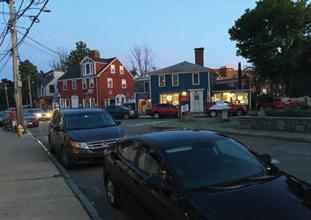
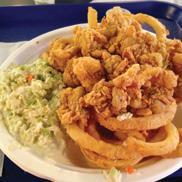
seafood shack—this staple has survived since 1935 by providing locals with some of the very best seafood in the area. Another attraction comes from the art community. Some of the finest artists in the country live or have shops in Rockport. You’ll find them all over Main Street and Bearskin Neck. You’ll also find Rockport Harbor is home to Motif #1. Don’t worry if you haven’t heard that name—you’ll recognize the iconic fishing shack instantly!
Take a walk to the Rockport Headlands to see the fishing boats headed to work at 5:30am. Stick around to catch a stunning sunrise over Atlantic Ocean!

If you’re looking for a good workout, I recommend renting a kayak and paddling your way out of the harbor. With daily guided tours, I’ve had good experiences renting from North Shore Kayak over the years. Also found on Main Street is the Rockport MusicShalin Liu Performance Center, a world class concert hall, where you can dress up and enjoy an outstanding show.
It’s best to get your tickets far in advance, but if you’re here at the last minute, check out the ticket counter across the street—you might get lucky!
If hiking is your activity, nearby Halibut Point State Park offers easy hikes around a quarry followed by beautiful ocean overlooks. If you like the quirky and eclectic, try the Paper House, which is a short drive from Rockport.
RVers might tend to skip these seaside towns for fear that they won’t be able to turn in the tight streets. While that is a concern, especially in Rockport, these small towns have shopping centers on the outskirts, giving plenty of room to maneuver your rig. There is also a local trolley through the Cape Ann Transit Authority (CATA) that can help you get around without worrying about parking. Knowing this, I hope you won’t leave New England without visiting these coastal communities that make the Cape Ann area a great summer getaway spot!
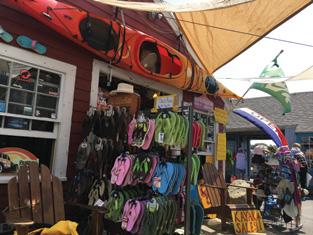
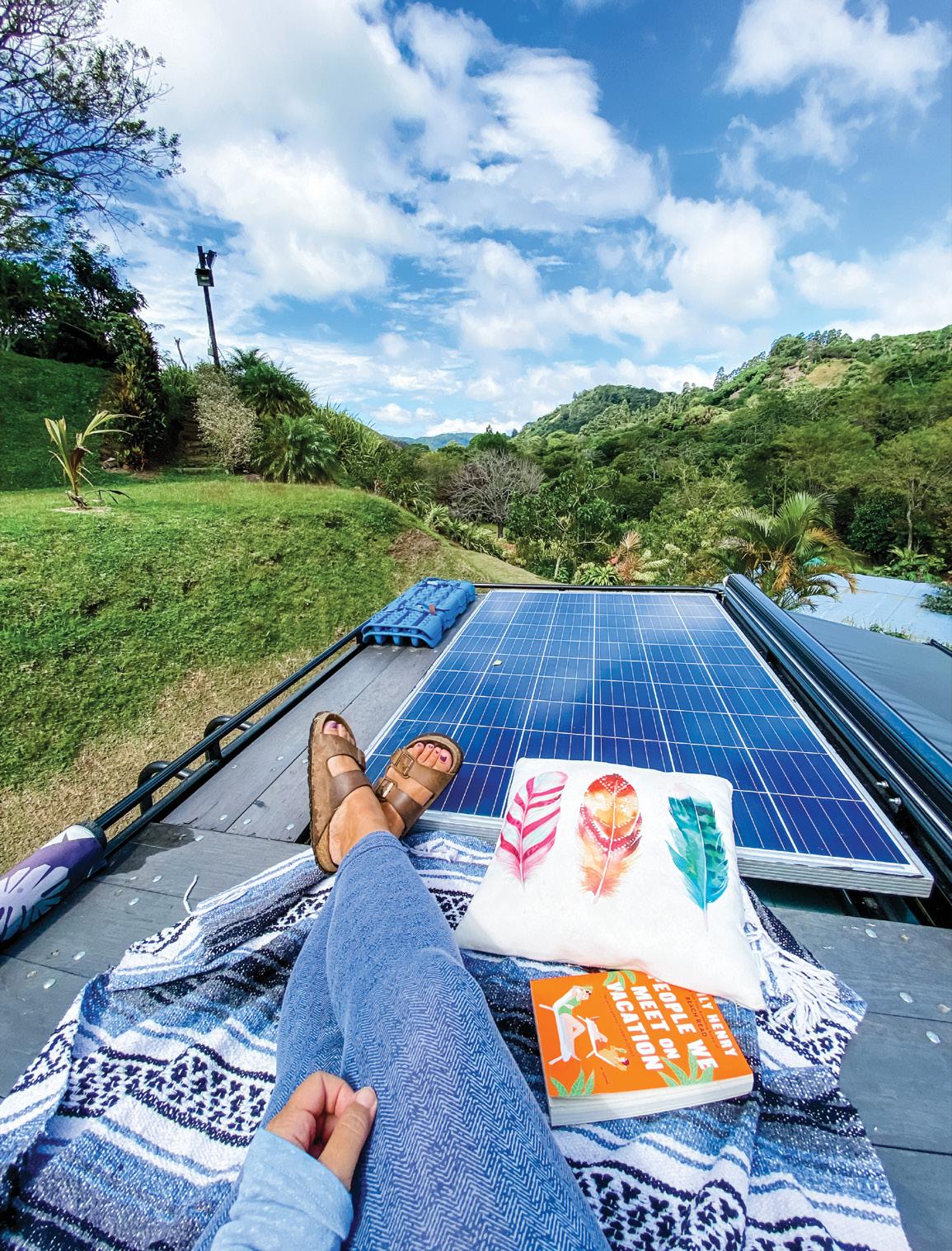 By Ann Brampton
By Ann Brampton
IWOKE UP THIS morning in the cloud forest of Monteverde.
With crisp air, a light drizzle, and a small glimpse of a rainbow, it’s the perfect morning to have my coffee, journal, check my schedule, and do some work. The campground is a beautiful stretch of green land above a locally-owned restaurant. It’s a spot I visit frequently because I feel safe, I love the family and the area, and I have good Wi-Fi for work. I don’t normally spend too much time on my computer, but this week I’m full of meetings, so I figured I’d go to a familiar spot where I knew I could park for a week, hang out, get things done, and plan my next destination.
I have lived in Costa Rica for about 40 years, on and off. I have traveled extensively and spent many years exploring parts of the United States, especially Colorado and Utah. That’s where I fell in love with life on the road, exploring new places, camping, boondocking, hiking, and rafting. When I moved back to Costa Rica it was a bit of a culture shock in my own country—the outdoors was more of a tourist thing and locals were not really into camping, much less overlanding or any type of camper travel. Although it’s a small country, there are so many little corners to explore that you would need years to accomplish anything close to a bucket list. Being back made me realize how little of my home country I had seen, and that’s when I started road tripping.
Fast forward a few years and I am now living full time in my converted Sprinter van. It started with sleeping in the back of my SUV five years ago, which then transitioned to a truck with a rooftop tent, and so forth. It was the best way to get outside, explore new places, and recapture that sense of adventure. The first time I woke up on the beach with not a soul in sight and dipped my toes in the sand while I had my morning coffee, I was hooked! I was always intrigued by vanlife, and it seemed like the perfect setup—a cozy house on wheels that could also be a daily driver. The rainy season in Costa Rica is long, wet, muddy, and uncomfortable, and every time I was stuck in my tent eating tuna and crackers, I’d daydream about having the indoor space of a van. I could wake up, open the door, and watch the rain outside while I carried on with my day.

Back in 2019, with my kids all grown up, I struggled to decide where I wanted to live. If I moved to the coast, I knew I’d spend days sitting in the air conditioning watching Netflix to escape the heat. And the mountains had that cool morning air, but I knew I would be lonely. That’s when the van idea hit me! When it’s too hot, I drive to the mountains, and when I’m done with that I can drive down to the beach. And that’s where I am today.
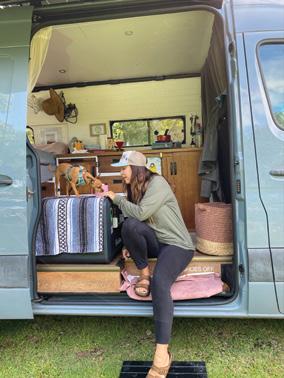
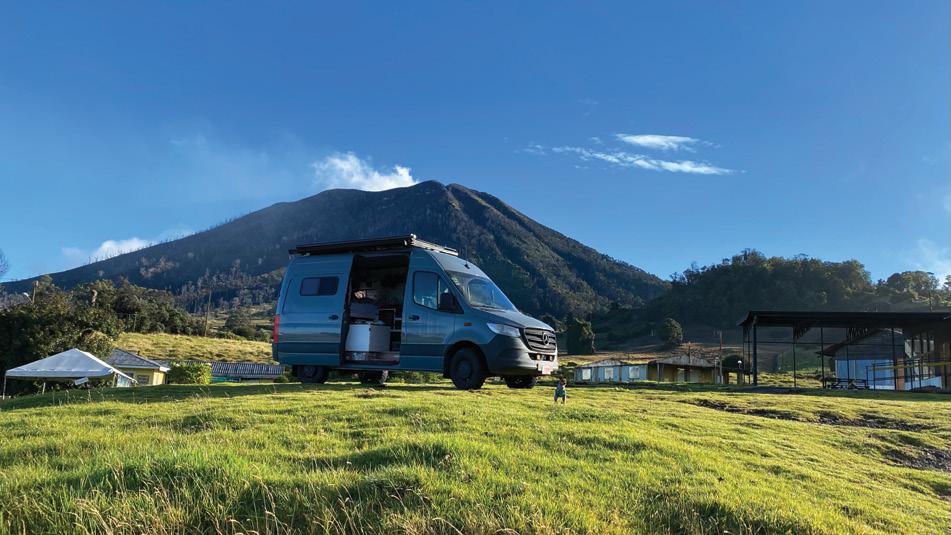
Working online in social media marketing for the past 12 years made this very easy. I’ve been blessed with a job where I can continue to travel. I’ve learned to balance what makes me happy with making enough money to live a simple, comfortable life. Living in Costa Rica has made it somewhat easy; although it’s a country with great connectivity, there is no real infrastructure for van or RV living. I use a Skyroam Global Wi-Fi device (now Solis WiFi) as it’s what has worked best for my needs with checking up on work via my phone and hopping onto networks wherever I am.
Camping has never been a big part of the Tico culture, but it’s beginning
to catch on. In the last couple of years, more campgrounds have started popping up, and the popular ones have upgraded to providing full services. The concept of someone actually “living in a van” is entirely new in Costa Rica, other than travelers passing through heading south to Chile or north to Alaska. Traveling alone as a woman also has its unique issues and challenges.

I’ve been up north to the Guanacaste area, and east to spend a few days at the foot of the Turrialba Volcano. Beach life was hot! The dry season had kicked in, so the heat was
intense during the day. I even gave myself a couple of nights in a little local hotel to have some pool time and catch up with work (in bed, with air conditioning and Netflix). I then headed out east, driving up 3,000plus feet to where I am today, sitting under an active volcano but struggling with my portable device and having to work off the 3G on my phone. This transition meant my surroundings went from 88 degrees to 45 degrees in one day. It’s one of the things I love so much about this country.
Tourism is one of the main engines of Costa Rica’s economy, and a
The concept of someone actually “living in a van” is entirely new in Costa RicaEsterillos Oeste Beach
• Available to those who work remotely and earn steady foreign income
• Required monthly income is $3,000 for a single person and $4,000 for families
• The visa runs for one year with the possibility of an extension and allows you to come and go if you need to travel
• Visa holders are exempt from Costa Rican income and import tax
• Visa holders have driving privileges with their home country’s driver’s license and can open local bank accounts
large portion of the population caters to visitors year-round. That’s something unique about this little country, in addition to its rainforests, stunning beaches, active volcanoes, and amazing fauna. Connectivity is widely available and cellular data service is high quality compared to many countries. The key is finding the balance between exploring off-grid locations and spending time where there’s great service. Hotels, restaurants, coffee shops, and even shuttle services will always have some type of Wi-Fi or hotspot. For all these reasons, Costa Rica has recently created a nomad visa to attract digital nomads from other countries.
I’m excited about what’s to come with more nomads living in my little country as I prepare to someday travel north. And as I sit in my van, I realize how blessed I am. This is my happy place, where I can

be myself and where I have everything I need. And being able to do this in a country as magical and diverse as Costa Rica makes it all so much more special.
Pura Vida!Ann is a full-time van dweller and social media manager exploring with her dog, Taco, and daydreaming of more international travel. Follow her adventures @vanlifeann and vanlifeann.com


I’ve learned to balance what makes me happy with making enough money to live a simple, comfortable life.This is above the crater of Irazu Volcano at 11,260 feet above sea level. Turin area of the cloud forest, Monteverde
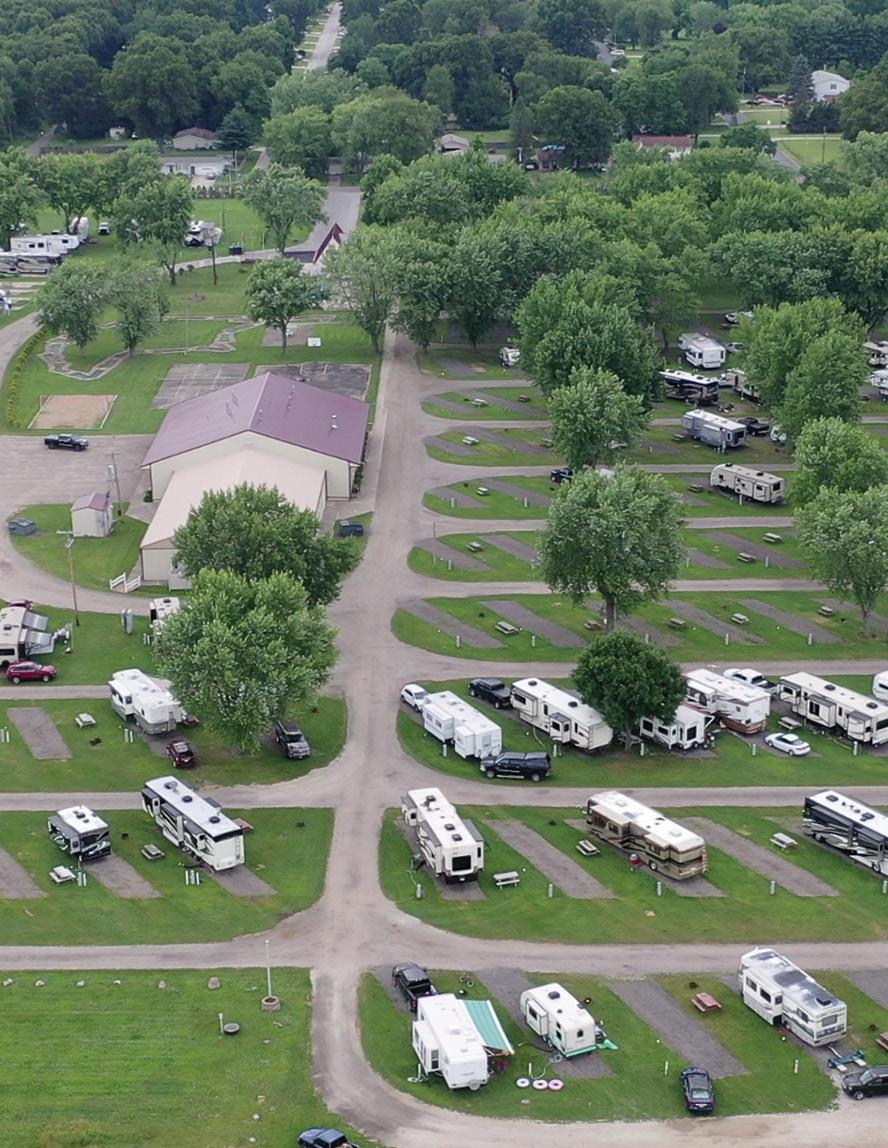
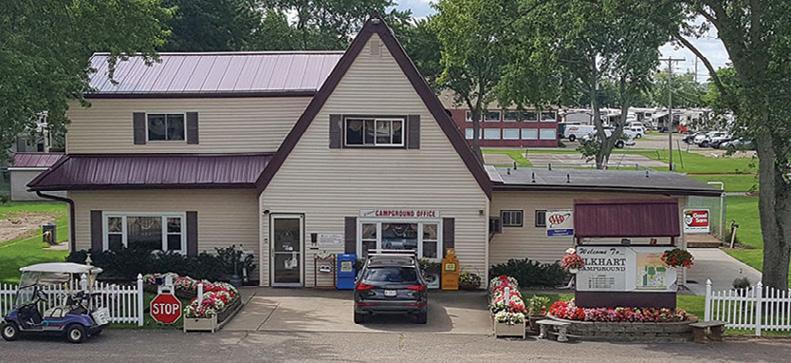
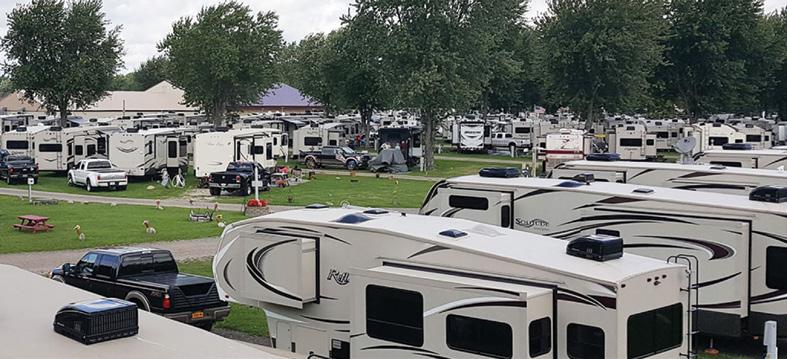

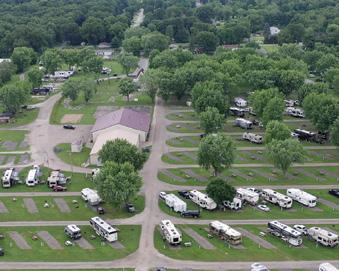
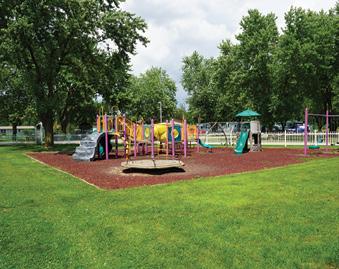
Madalyn Meyers is traveling with her husband, Drew, and dog, Charlie. She has a master’s in ecology, and marries her passions for science, writing, and travel in her sciencethemed travel blog, discoverydetour.com or on Instagram @discovery.detour
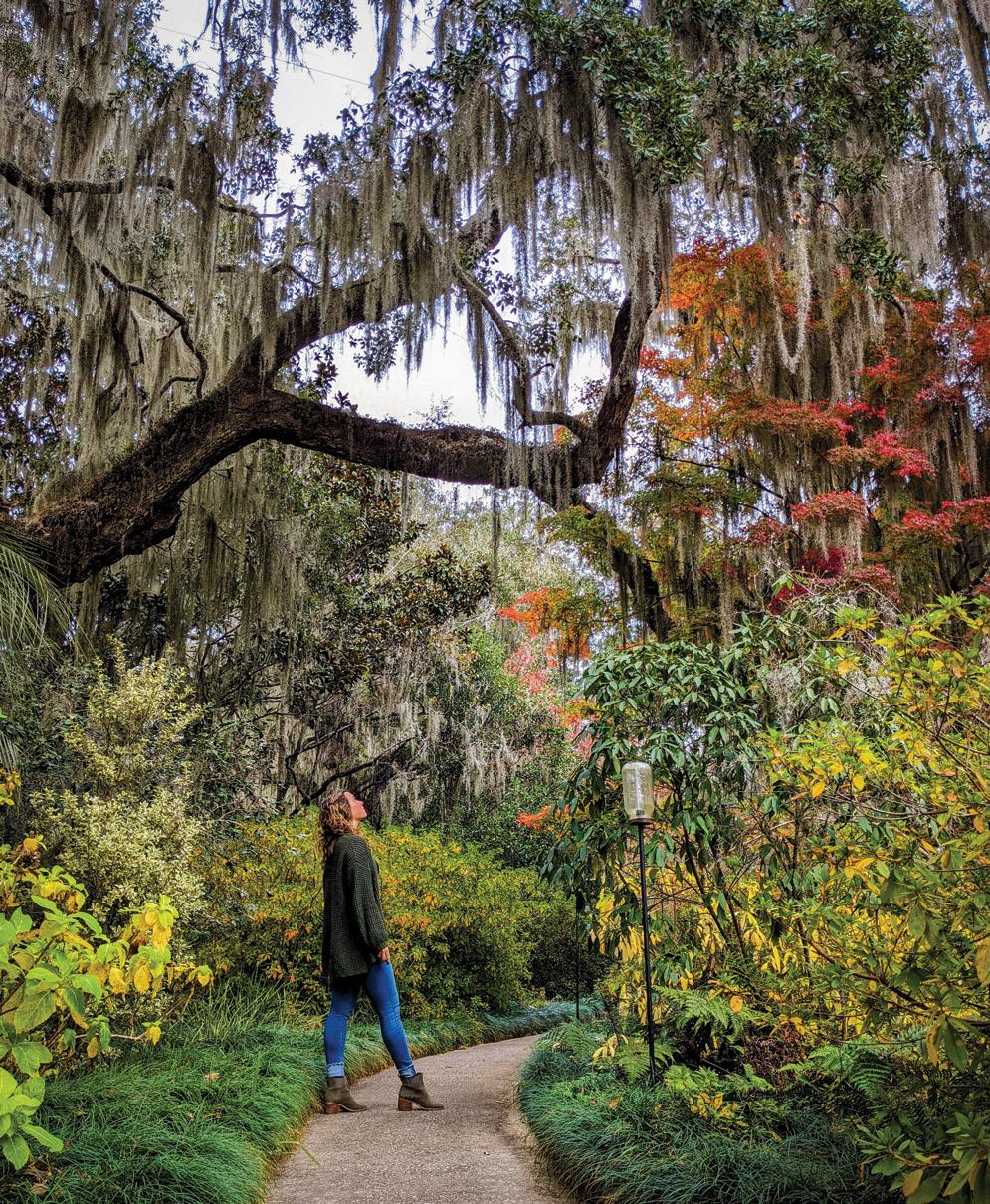
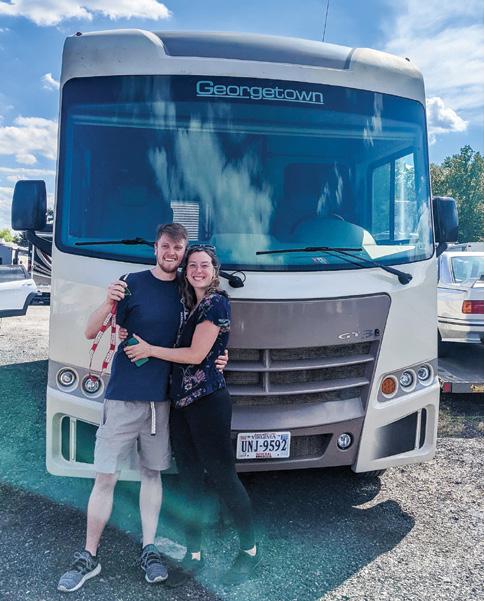 By Madalyn Meyers
By Madalyn Meyers
ILOST MY TRAIN of thought as the campfire flickered in front of me. A Class A motorhome sat to my left; the glow from the fire was the only light reflecting off its cream-colored exterior. I noticed a scratch in the paint and was consumed with thoughts about how it got there. This humble RV was alien to me, but my husband Drew and I were its new owners. Out for the first time at a local Pocono campground, we were taking it on a trial run before officially moving in full time. I was scared, anxious, and had forgotten the question that my longtime friend had just asked from the other side of the fire.
“Maddie,” she repeated, “what about moving into the RV is making you nervous?”
I pondered the question, wondering how I could possibly express all my doubts and fears in a coherent sentence that wouldn’t make my friend panic. “I suppose I’m nervous about the transition,” I replied. We are now six months, 11 states, and 1,200 miles removed from that night in Pennsylvania, but if there is one thing that has remained the same, it’s that I am still nervous about the transition.
Before becoming a full-time traveling family, Drew and I were scientists in State College, Pennsylvania. I was a PhD candidate at Penn State University, studying ecology and animal behavior, and had recently come to the conclusion that a life of research was not bringing me joy. Drew was a computer scientist, working virtually for startups throughout Silicon Valley, and yearning for a change of scenery that was different from the college town we were calling home. Feeling unfulfilled by our careers, we decided to relocate, praying that warmer weather and proximity to family would bring the internal satisfaction we longed for.
That’s when we came up against the realities of the housing shortage. We were constantly outbid and feeling more and more defeated. After a particularly devastating rejection, I threw our packet of paperwork to the floor and said, “Why don’t we just buy an RV instead?” Drew laughed at first, then studied my face to assess my level of commitment. I studied him back, calculating his enthusiasm for the idea. Thus began the game of chicken to see who would get cold feet first—fortunately, neither of us backed down.

As a couple, we had often fantasized about a life of full-time travel. Always placing the timeline sometime in the unspecified future, we instead lived vicariously through the content of traveling couples on YouTube. With all the distractions 2020 had given us, we hadn’t noticed that we had the means to make this future plan our current reality. With only a few months left in our lease, we didn’t have time to really think it through; we simply started working toward our new goal of living on the road.
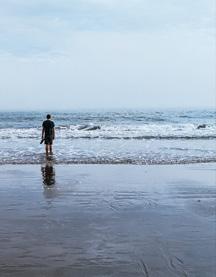
What I find ironic about this story is that I was just finishing up years of scientific training when I threw down that paperwork. I had been taught to think critically about every piece of data, yet I didn’t bother to assess the personal validity of what society told me would make me happy. The white picket fence was the next step in achieving the quintessential American dream, and my focus on fulfilling that almost made me forget about my own dream, which has much less emphasis on curb appeal and is instead dominated by travel, freedom, adventure, and new experiences.
I don’t know if we will be on the road forever, driving into the sunset with a growing family. The reality is that with everything RV life has given us, it has also taken away our stability. We live in a constant state of transition as we adjust to new environments, climates,

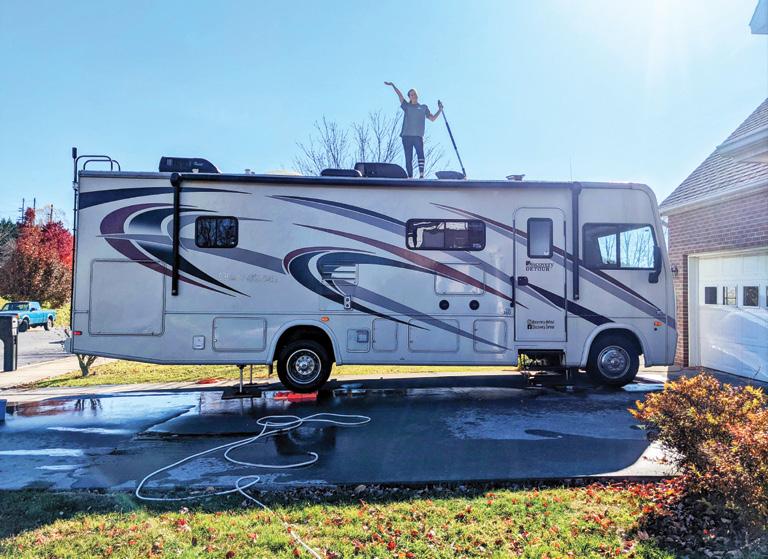
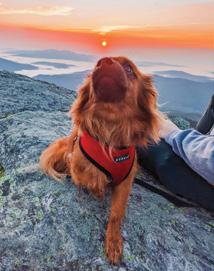
neighbors, and state regulations. As any RVer will tell you, our rig is perpetually in need of repair, forcing me to learn more than I ever intended about electrical wiring, plumbing, and power tools. Our excitement about fleeting destinations means our time for rest and relaxation has substantially decreased, having the potential to run us into the ground if we don’t monitor our energy levels closely. Being comfortable with transitions is necessary if you want to experience a traveling lifestyle.
While sitting by the bonfire on that summer evening with friends, I expected we would forge through the adjustment period, swimming through crashing waves until we found ourselves on the other side, where calm and refreshing waters would be waiting. Instead, I have been forced to learn how to surf, coming to anticipate the next wave and improving my balance with every swell. There may be a time when we decide we miss the comfort of a physical community group, the ease of knowing where the best grocery store is, and the luxury of never
having to dump the gray tank in the middle of a shower. If that day comes, we will transition yet again into the next chapter of our lives. At least for now, we are both really enjoying the ride.
So yes, I’m definitely still nervous about the transition, but I’m also fabulously excited for the memories that we’ll make through it all.
Sway and an uneven ride caused by bad roads, wind or weather.




augment the suspensions






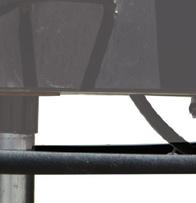

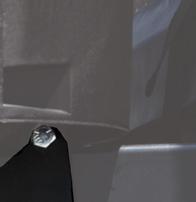



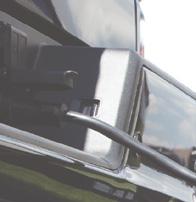 Caster in the hitch head constantly brings the trailer to the center of the tow vehicle.
Caster in the hitch head constantly brings the trailer to the center of the tow vehicle.
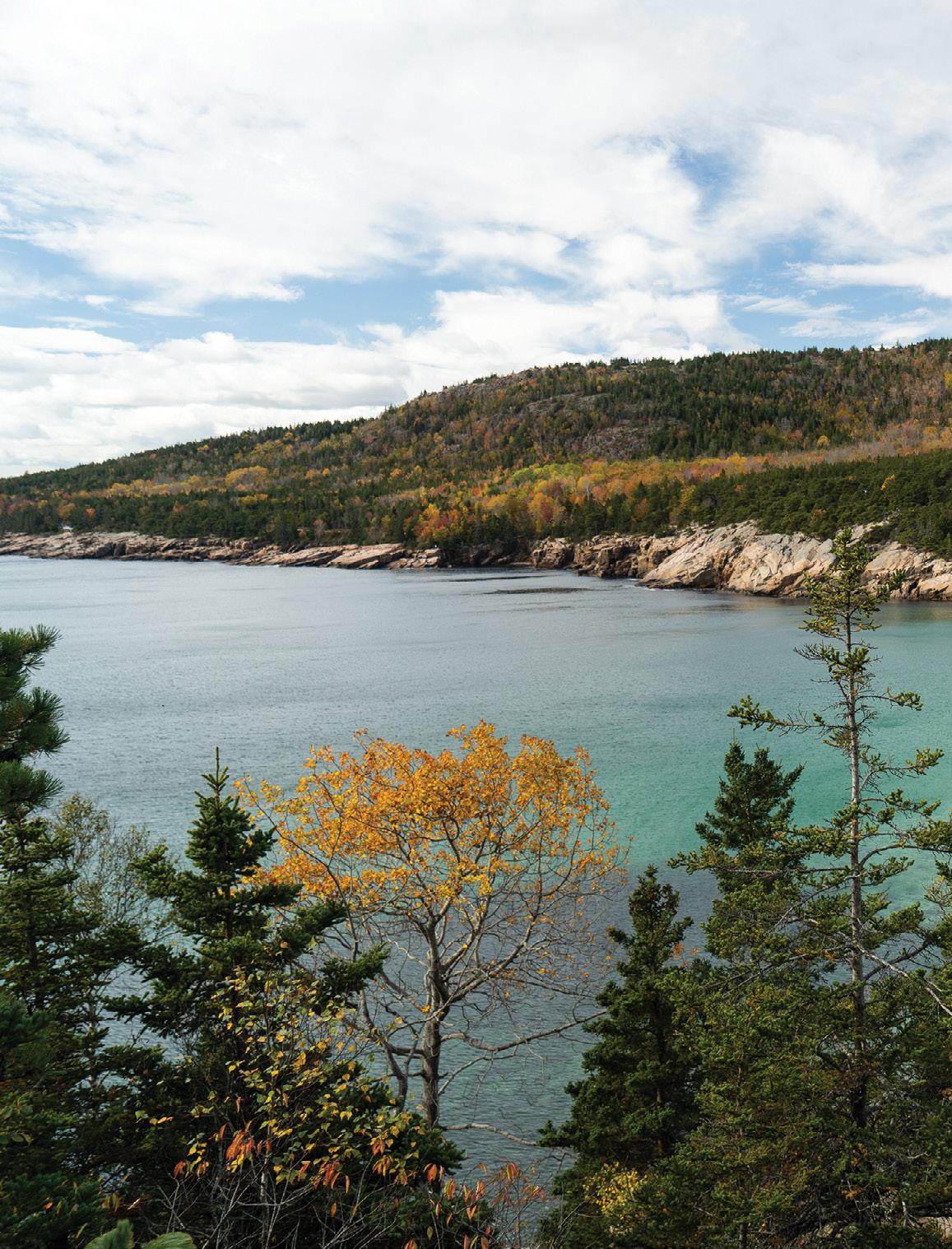 By Adam and Kathryn Frazer
By Adam and Kathryn Frazer
ONE OF THE national parks we had been most excited to visit was Acadia National Park in Maine. It has all of our favorite scenery, including forests, rugged coastline, mountains, and lakes, so we knew we would love it.
After years of dreaming of visiting, we were finally able to experience the park this past fall while on a New England road trip, and it was well worth the wait. We spent two days hiking and seeing as much of the park as possible, and just as we suspected, it quickly became one of our favorite national parks.
We’re excited to share more about Acadia in this guide, including some of the best things to do, so you can experience its beauty for yourself!
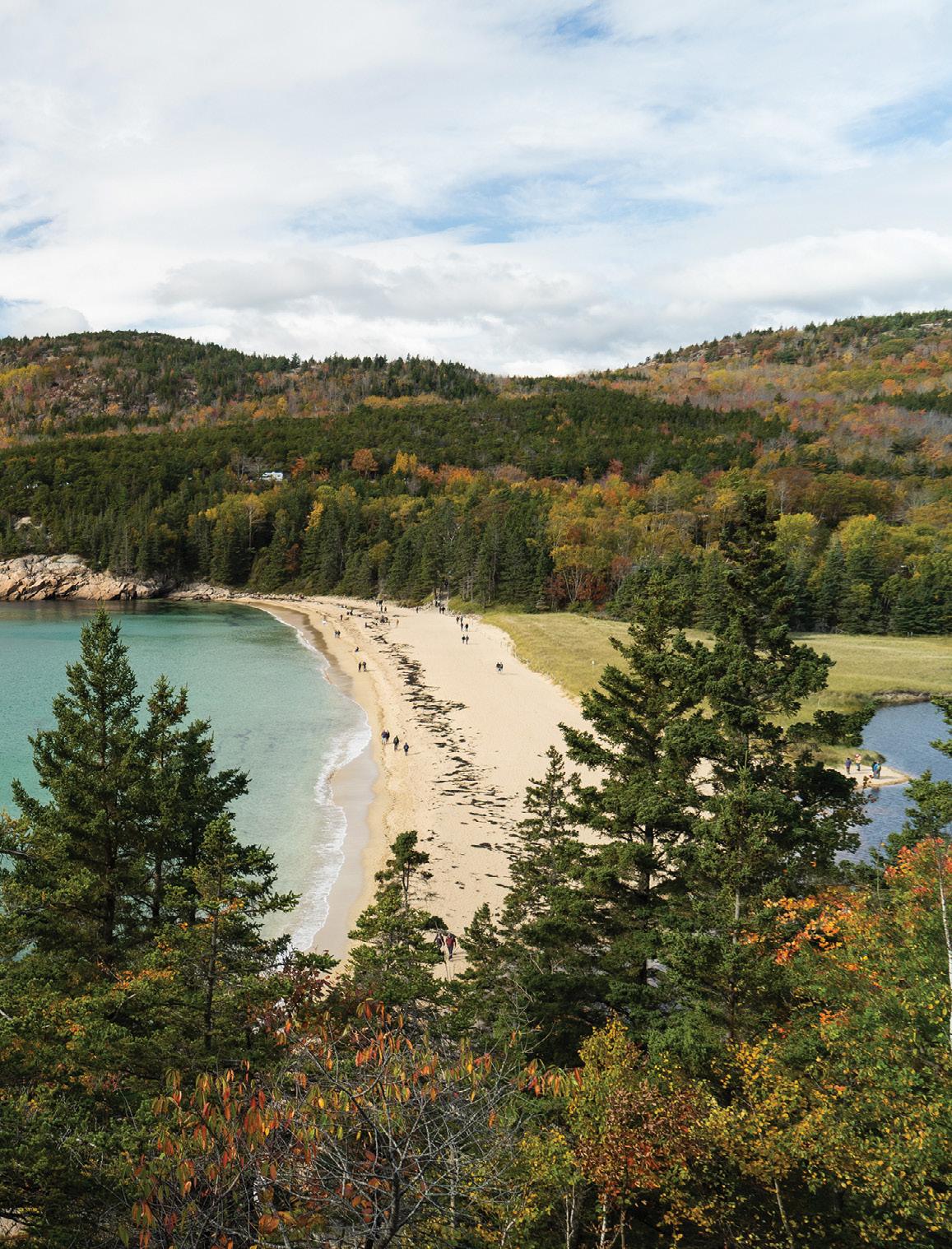
Acadia National Park is primarily located on Maine’s Mount Desert Island on the Atlantic Ocean and is the only national park in the Northeast.
The park is the eighth most visited national park, and for good reason. With gorgeous scenery everywhere you look, unique and challenging hikes, an iconic food item, and a great town nearby, Acadia offers something for everyone.
Acadia National Park can be visited year-round. In the winter and early spring, some areas of the park, as well as restaurants in the nearby towns, will be closed for the season, but you will enjoy a less crowded experience. Summer is the busiest time of year to visit, but it offers the most activities and great weather.
We visited in the fall and loved it! The crowds were lighter than the summer, the weather was beautiful, and we were treated to some colorful fall foliage, which usually peaks in mid-October.
/// Camp inside of Acadia National Park
Acadia National Park has two campgrounds on Mount Desert Island that can accommodate tents and RVs
but do not have electric hookups. Reservations can be made two months in advance and get booked up quickly!
One thing we loved about Acadia National Park is that it has a charming town nearby! Bar Harbor is located right on the water on Mount Desert Island, just minutes from some of the park’s top attractions. The town not only has some great restaurants, ice cream, and sights to see, but it also has plenty of places to stay, including Airbnbs, inns, and hotels.
There are also multiple campgrounds in Bar Harbor, including the Bar Harbor Campground and a KOA.
Ellsworth is located on the mainland of Maine, but is only 30 minutes from the park. In Ellsworth you can find more hotel and campground options, as well as a Walmart that allows overnight parking.
There is a $30 entrance fee per car to enter Acadia National Park, which covers seven days in the park. We recommend getting the America the Beautiful pass, which is $80 per year and gets you into all National Park Service managed sites and federal lands.
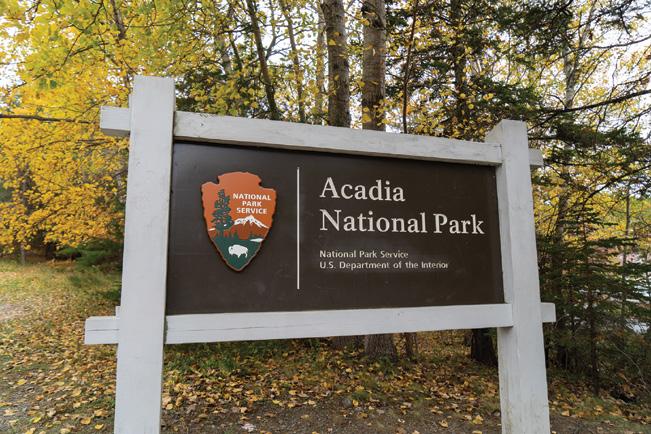
Some roads in the park prohibit RVs and buses, including the road up to Cadillac Mountain. Be sure to check the park map to see which roads do not allow oversized vehicles so you can plan accordingly.
Unlike most national parks, dogs are allowed on many of the trails at Acadia National Park! There are some trails that are unsafe for dogs, such as the iron rung trails, but there are lots of dog-friendly options.
From late June to early October, there is a free park shuttle that takes visitors around the park, as well as to neighboring towns.
There is so much to do at Acadia that you could spend weeks and likely not see it all, but for first-time visitors or those with a limited amount of time, here is what we suggest prioritizing.
Did You Know?
Located on the coast of Maine
Established as a national park in 1919; was the first national park east of the Mississippi River at the time
One of the top 10 most visited national parks
158 miles of hiking trails
The best way to start your day at Acadia National Park is watching the sunrise on top of Cadillac Mountain! Cadillac Mountain is the highest peak on the North Atlantic seaboard at 1,530 feet, and from early October to early March it’s the first place in the United States to view the sunrise.
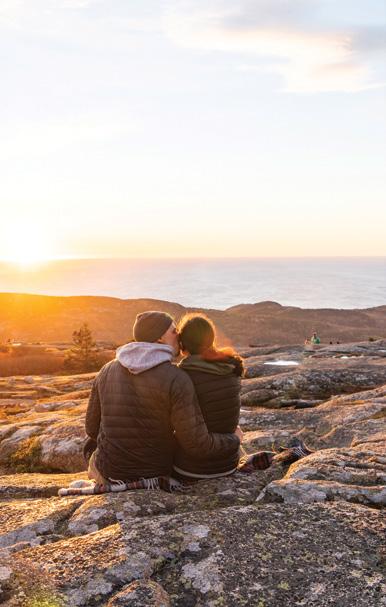
However, this is a very popular activity, and between late May and mid-October, you will need to make a vehicle reservation in advance to drive up at sunrise. These reservations are generally fully booked in less than a minute. If you are unable to get a reservation, you can hike to the top on a couple of different trails.
Be sure to bring lots of layers, blankets, and hot beverages—it gets cold up there!
Acadia National Park is home to four thrilling iron rung hikes that have ladders, narrow ledges, and other challenging features.
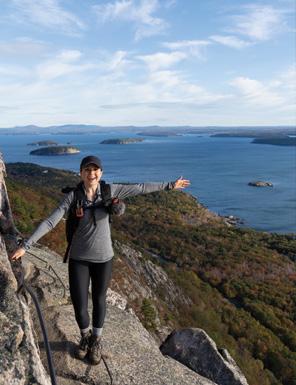
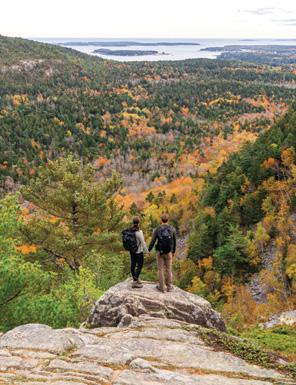
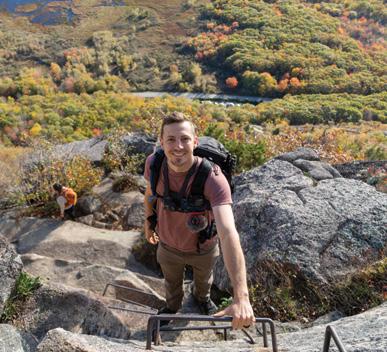
Beech Cliff Ladders (1.8 miles round trip)
Jordan Cliffs (5.0 miles round trip)
Beehive Loop (1.4 miles)
Precipice Loop (2.1 miles)
These trails aren’t for everyone, and dogs are not allowed, but if you’re up for a challenge, they are an absolute blast!
During our visit, we hiked the Beech Cliff Ladders, which is one of the less busy and easier iron rung hikes, as well as the Precipice Loop, which is considered the most challenging, with many sections where you’re climbing up a steep rock wall. We loved both of them!
Note: Peregrine falcon nesting closes the Jordan Cliffs and Precipice Loop between March 15 and August 15.
There are more than 150 miles of trails at Acadia National Park, ranging in length and difficulty. Here were some of our favorites.

/// Jordan Pond to South Bubble Summit
Miles (round trip): 3
Elevation gain: 534 feet
This trail takes you along the beautiful
Jordan Pond, which is nice and flat, before climbing up to the South Bubble. This part of the trail is pretty steep and rocky, with some spots where you’ll have to climb up rocks. But once you get to the top, the view of Jordan Pond is phenomenal!
Note: We did take our dog, Kona, on this hike, but she struggled with some parts, so in the future, we would leave her behind.
/// Great Head Trail
Miles (round trip): 1.6
Elevation gain: 301 feet
This short and relatively flat walk starts at Sand Beach and takes you around Great Head, with amazing coastal views along the way!
/// Ocean Path
Miles (round trip): 4.5
Elevation gain: 374 feet
The Ocean Path is an oceanside walkway that follows Park Loop Road and takes you to many beautiful sights, like
Precipice Loop Precipice LoopThunder Hole, which is a narrow inlet famous for making a thunderous roar when large waves enter it. To see the phenomenon, plan your walk for 1–2 hours before high tide.
Miles: 3
Elevation gain: 583 feet
The Gorham Mountain Loop climbs through the forest to the Gorham Mountain summit, which has spectacular views of Sand Beach, the Atlantic Ocean, and surrounding peaks.
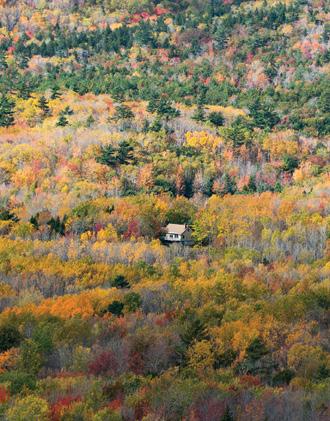
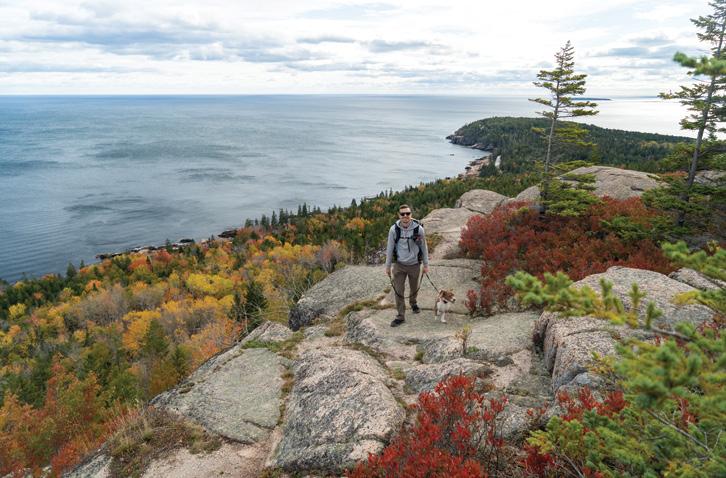
Tip: You can combine the Great Head Trail, part of the Ocean Path, and Gorham Mountain into one epic 5.6-mile hike!
Having popovers and tea at the Jordan Pond House is a classic Acadia experience that dates back more than 100 years, with the first popovers being served in 1895. A popover is a light roll made from an egg batter, with a high proportion of liquid in the batter that creates steam, which causes the popovers to puff up.

This is a very popular activity, so expect a long wait! Thankfully, you can enjoy views of Jordan Pond in the meantime.
Sand Beach is 290 yards long and is the only sandy beach at Acadia National Park. With clear, bright blue water and soft sand, it feels like a tropical escape!

Note: Dogs are not allowed from mid-June to mid-September.
Acadia National Park has 45 miles of carriage roads, which only allow pedestrians, bikes, and horses. They are a great way to experience areas of the park that are not accessible by vehicles.
The Bass Harbor Head Lighthouse is a picturesque, 56-foot-tall lighthouse that sits on a rocky cliff. Though you can’t go inside, it’s an extremely popular spot to visit in the park, especially at sunset, when photographers line the rocks to get the iconic shot of it. Note: Parking is very limited here and fills up fast. Oversized vehicles are not allowed.
While the majority of Acadia National Park is on Mount Desert Island, there is another area of the park located on the Schoodic Peninsula, which connects to the mainland of Maine. On the peninsula
you can drive to various scenic points including Schoodic Point, hike up to Schoodic Head, and snap photos of the dramatic cliffs at Raven’s Nest.
Regardless of which hikes and activities you choose, it’s impossible to find a bad view at Acadia National Park. We hope you enjoy the mix of scenery as much as we did!
Adam and Kathryn Frazer @adventuresofaplusk Jordan Pond House Sand Beach Gorham MountainNOMADS KNOW A thing or two when it comes to avoiding crowds, saving money, and making the most of their time, and a lot of us are national park geeks. We plan our entire year around them, spend months working in or near them, and take some of our most treasured photos on their mountains, in their lakes, and along their trails.
If you’ve ever tried to hike Zion during spring break or see Old Faithful or the Grand Canyon when there’s no snow on the ground, you know the hassle of sharing our national parks with throngs of tourists. It isn’t quite as fun as it could be.
So, if you want to know the best ways to experience the national parks, ask nomads. The five families featured here have avoided crowds and landed jobs in some of the most beautiful national parks in the United States, and now they’re sharing their secrets.
Secluded Summer Sunrise on Cadillac Mountain Celeste and Matthew @togetherness_redefined

Acadia National Park hit an all-time high of 4 million visits in 2021. For a park located on a small island off the coast of Maine, a few million people milling about from June to September feels like a lot. Especially when all of them want to get to the top of Cadillac Mountain to see the sunrise on the eastern seaboard. Also, Cadillac is the only mountain summit you can see by car at Acadia, so it’s popular all day long for non-hiking tourists, too.
Recently, Acadia installed its car reservation system to help solve the traffic problem. Now, anyone who wants to drive to the top during the summer months needs a reserved time slot. But if you want to skip the hassle altogether, you’ll need more than a reservation. Instead, pack your headlamp, strap on your hiking boots, and hike up the Cadillac North Face Trail. You’ll want to start about two hours before official sunrise time—a very early wake-up call since sunrise at Acadia can be as early as 4:30 a.m. in the summer.
When you get to the top, avoid the car crowd by snuggling into one of the rocky nooks along the top of the trail. Check your Sky View app for the sun’s specific rising point, and watch the show. The only downside to the whole experience will be trying to get home before the sleepies catch you.
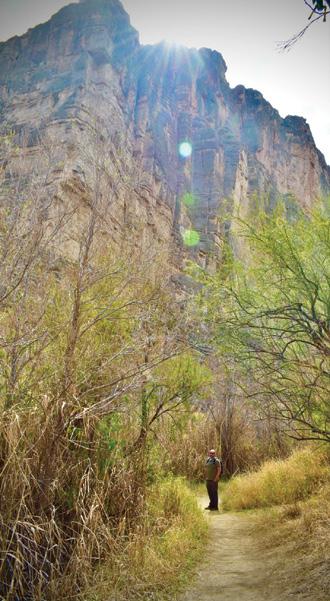
Big Bend National Park is on the Texas panhandle and is a remote experience. There’s plenty of great boondocking and rich local culture, but the downside is there’s no cell service. This is a great recipe for avoiding large crowds, but not so great for digital nomads. If you want to play at Big Bend and have a cell signal, be sure to stay at Maverick Ranch in Lajitas, located between Big Bend National Park and Big Bend State Park. There, you’ll have strong cell service and easy access to both parks.

For some extra fun while you’re at Maverick, go to the Trading Post to visit the Mayor of Lajitas—Clay Henry the goat. Then, take a self-guided ghost tour in the town of Terlingua and catch dinner and a show at the Starlight Theater and Saloon.


While you’re in Big Bend, be sure to hike Santa Elena Canyon and enjoy one of the only places where you can legally visit Mexico by row boat. From inside the park, you can pay $5 for a rowboat ride across the Rio Grande and catch a pack mule or walk a mile to Boquillas, Mexico. The town is dependent on visitors and tourists, so grab a taco lunch at the local restaurant, a few souvenirs from local families, and a cold beer at the local bar. All you need is your passport and cash (American dollars are fine).
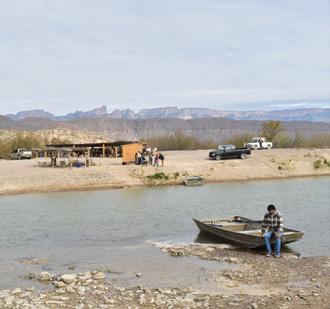
Rachael
and Jesse @thetasteforadventureA Yosemite National Park ranger is quoted as saying, “95% of the people visiting a national park go no farther than 100 feet from their car.” If you want to lose the crowds, you only need to venture a bit farther.
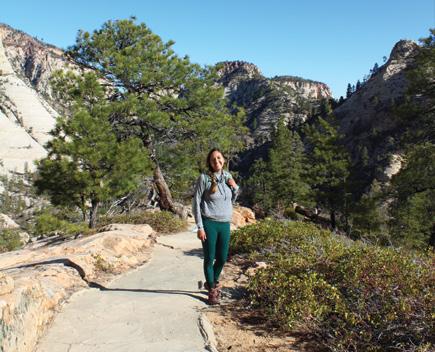
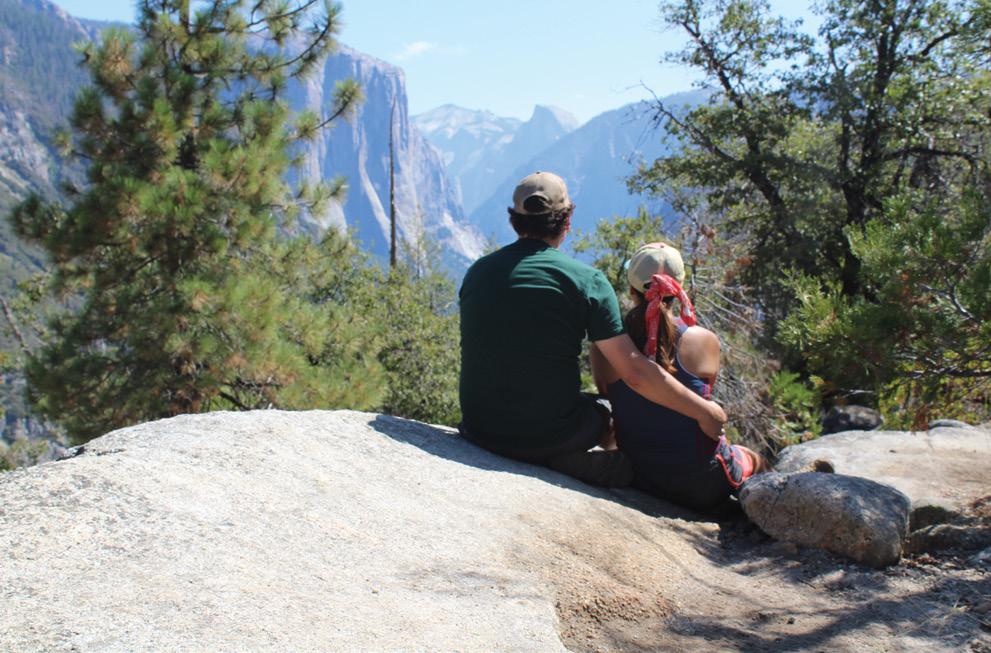
Most national parks have multiple districts. Tourists will flock to one or two popular areas and trails, and the rest of the park will be quieter, but no less pretty. In general, the longer or more difficult a hike is, the more likely you are to have the trail mostly to yourself. But you don’t need to be a rugged adventurer to find solitude in even the most popular national parks.
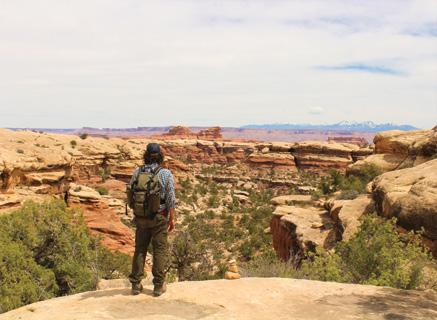
Zion National Park
Angel’s Landing is so popular that the hike now requires a permit. If you want most of the Angel’s Landing experience, but don’t want to fight the crowds on the chain section (or you’re too scared, like us), hike with the rest up to Scout’s Landing. However, instead of turning right onto Angel’s Landing, continue to the left on the West Rim trail. There you can enjoy miles of high elevation trails with far fewer people.
Grand Canyon National Park
The Grand Canyon is one of America’s most visited national parks, but the North Rim, which can be approached by those returning from Utah, gets only a quarter of the visitation. Soak in those canyon views without jostling for a spot at a viewpoint.
Yosemite National Park
The parking lot at Tunnel View is always jammed with buses, cars, and camera-wielding visitors. However, a 2-mile round trip trail right behind the parking lot will take you up to Artist Point, where you can admire the same view of the Valley in peace.
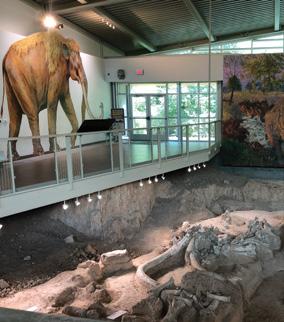

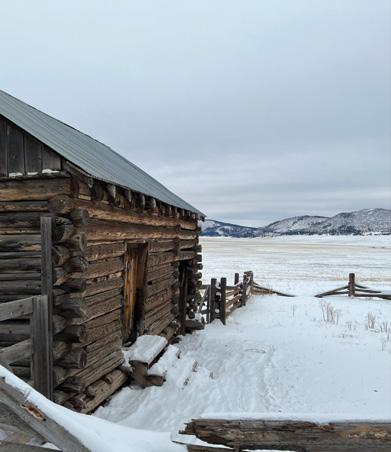

Jenn and Adam @jenn.norrell
When someone mentions national parks, most people envision Yellowstone, Yosemite, or the Grand Canyon. Many people aren’t aware of the hundreds of additional sites overseen by the National Park Service. Historic sites, monuments, seashores, and battlefields fly under the radar but offer a wealth of information and beauty, and are far less crowded. Visiting smaller NPS sites is one of our favorite ways to break up a long travel day without dealing with crowds.
I use the map feature of the NPS app or Chimani app to look up sites we might pass on our route. While we love exploring larger national parks, many smaller NPS sites are just as memorable. Some of our favorites include Vicksburg National Military Park in Mississippi, Thomas Edison National Historic Park in New Jersey, Waco Mammoth National Monument in Texas, Carl Sandburg Home National Historic Site in North Carolina, and Valles Caldera National Preserve in New Mexico.

Melissa and Wade @pennypinchingglobetrotter
What could be better than visiting your favorite national park for a week or two, or even a few months? Working in one, naturally! That’s why national park jobs and volunteer positions can be hard to come by.
Start applying in November and December for your top picks for the following summer. Don’t give up if you miss the deadline, they hire until all jobs are filled, which can be as late as early May.
Make a list of all the parks you’d like to work in and apply with both the park service and the concessionaires who operate in the park.
Apply for any and all jobs you want. From reservations, gift shops, restaurants, and hotels to maintenance and camp hosts, there are tons of jobs in our national parks. You want to get your foot in the door and get an interview. Once they talk to you and learn more about your skills, you may end up with a job you didn’t even apply for! On average, we apply for around 50 jobs. Then we usually have our pick from several offers.
Use sites like coolworks.com and usajobs.gov (search Department of Interior), and look at the sites of the top concessionaires, such as Aramark, Delaware North, Vail Resorts, Guest Services, and Xanterra.
Jobs in parks are not just for RVers. Both the National Park Service and the concessionaires often have employee housing and meal service.
Make sure your resume and/or application includes as many keywords from the job description as possible. This is especially important when applying with the National Park Service.
Whether you’re looking to catch a sunrise, cross a border, or play, work, or stay in our nation’s national parks this year, these nomad hacks should have you covered.

Celeste Orr is a former full-time nomad, current Acadia National Park bum, and the author of Togetherness Redefined: Finding a Different Kind of Family Togetherness. You can connect with her at togethernessredefined.com

Along Forest Road 2902, next to Calawah River, is an amazing campsite within Olympic National Forest near Forks, Washington. We found this spot because we intended to stay at the nearby Klahanie Campground, but it was closed and barricaded when we arrived. Luckily, we continued on in search of other spots and found a new favorite.
When we camp, we go in with plenty of food and water, not knowing what we'll find. Discovery is the pleasure of our adventure.
Forest Road 29 was freshly paved, but this campsite is really off-grid! It’s away from cell service, dish satellite reception, and traffic. The spot is also very shaded, reducing solar use. It was great for escaping record summer heat last summer in the Pacific Northwest. The space was room enough to share with a few friends.
With its proximity to Olympic National Park, this campsite is a great home base for exploring the area. You can drive into the Hoh Rainforest to see the Hall of Mosses within 30 minutes, as well as visit the coastal town of La Push in the same amount of time! If staying close to camp is what you prefer, you can fish in the Calawah River, or explore the nearby town of Forks, Washington for things to do. Only a few miles from Highway 101, this spot is really convenient, yet exceptionally peaceful and quiet.


Sharing great camping spots can sometimes affect these pristine locations negatively as many people fail to pack out trash and human waste, forcing authorities to close off areas. If you visit, be sure to keep it clean so it can stay open!
TOM TORRELLA @2019cirrus820travelersGPS 24.336190, -110.316353
By the time you get to Playa Tecolote, you’ve gotten your feet wet boondocking in the Baja California Peninsula and are realizing the peninsula has some of the best beaches for camping. There are so many easily accessible, free beaches for boondocking, it is honestly hard to choose a favorite.


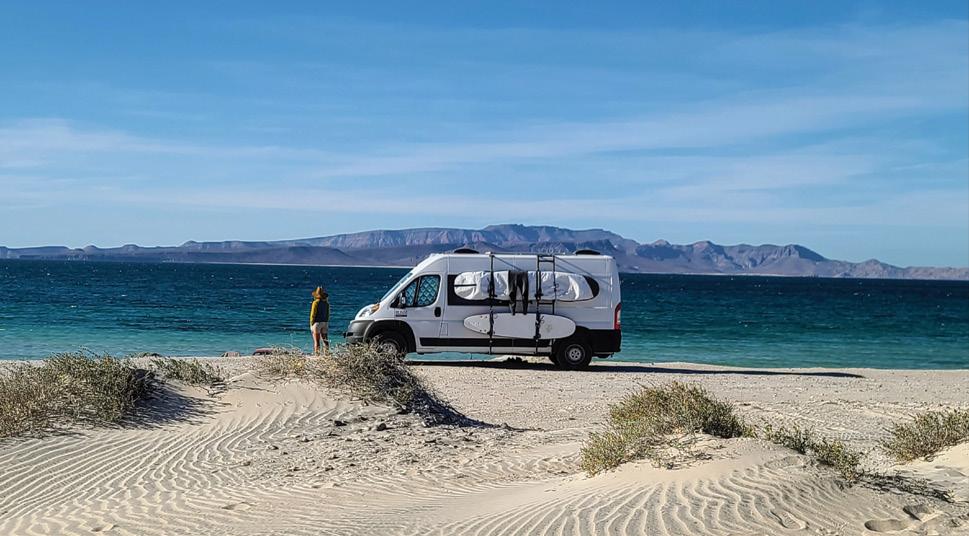
About 21 hours down the peninsula, just outside the capital of Baja California Sur, is La Paz. Here, you can stock up on water and supplies before heading about 25 minutes north of the city to Playa El Tecolote. Don’t fret, though—despite being a long stretch of white sand with ample opportunity to spread out and beach camp for an unrestricted amount of time, there are a few beach vendors that will help fuel your taco and beer addiction if you didn’t bring enough.
Playa El Tecolote is famous for its beautiful blue water and the surrounding scenery. Facing north towards Isla Espirito Santo, many beachgoers enjoy plopping their lawn chairs in ankle-deep water and soaking up the ample views and sunshine. Nearby, you can also rent kayaks, jet skis, and paddle boards from beach vendors. If you’re looking for an activity somewhere between sunbathing and wave running, you can snorkel or spear fish around the reef on the east end of the beach.
We enjoyed several nights at Playa El Tecolote, including beautiful sunsets and local music—blasting from portable speakers, of course! There are several soft and sandy spots at this beach, so it’s a good idea to scout it out if you have a big rig. We rescued several locals and a fellow RVer’s truck during our time there. The beach is free and offers no services. Although we did see garbage cans around, they tended to get full from day-users, so it’s best to plan on being completely self-sufficient when visiting Playa El Tecolote.
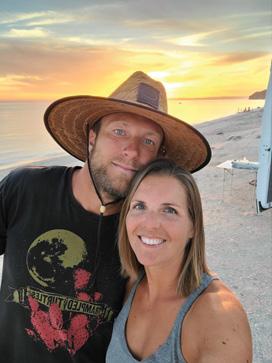 Greg Williams and Jess Stiles @drifter.journey
Greg Williams and Jess Stiles @drifter.journey


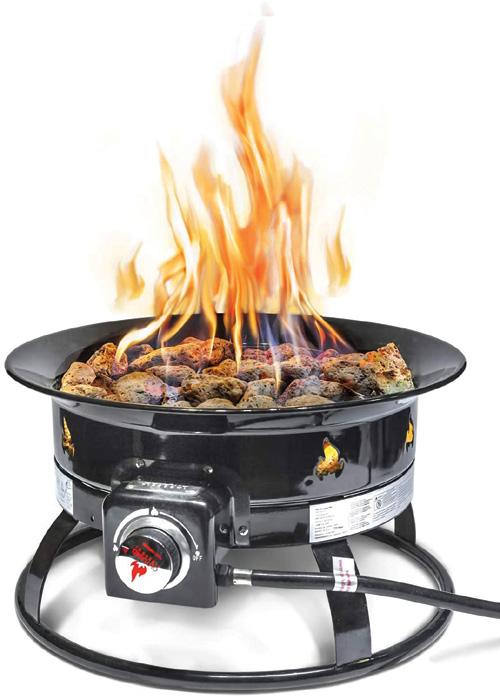

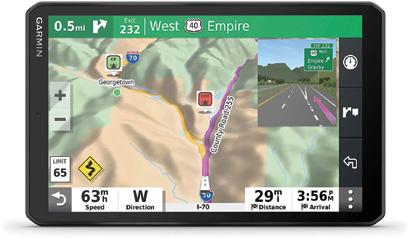
If burn restrictions are keeping you from enjoying your nightly s’mores, or you're just tired of coming home from every camping trip smelling like campfire smoke, check out a portable propane fire pit like this one. Worry no more about buying local firewood or waiting for the fire to die down before bed.

Stop lugging wood blocks around to get level and make leveling your life easier. Not only is the Andersen Leveling Kit the easiest way to get level, but it also chocks your wheels, providing stability as well. It works for vehicles up to 30,000 pounds and tires up to 32 inches in diameter.
Getting on the roof of your RV doesn't have to be a chore with a telescoping ladder like this one. With one button to extend or retract, it's easy to pick the height you need for any given job. Aluminum means lightweight, but also durable and strong, holding up to 330 pounds.
Cooking for a crowd is a fun and easy job with this flat top griddle. With an electric igniter and the use of one-pound propane tanks, this griddle comes in handy for backyard parties or tailgating too.
With an 8-inch display, pre-loaded campgrounds, and custom routes based on the length and height of your RV, this GPS unit takes a lot of stress out of traveling from one spot to
the next. Bluetooth technology, hands-free settings, and the ability to pair with the Garmin App for traffic, weather, and smartphone notifications makes traveling in your RV a breeze.
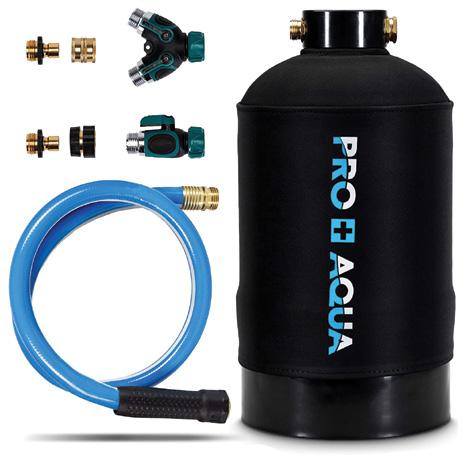
Campground water can be full of minerals and heavy metals. The PRO + AQUA unit is made specifically for RVs and is one of the most compact units on the market. With a 16,000 grain capacity, it can provide up to 2,000 gallons of water, depending on the hardness of your water. Built with high-grade materials, this unit is a workhorse that’s made to last.
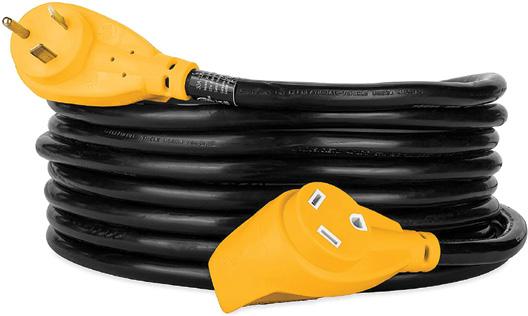
When you can't pull right up to a power source, this heavy duty extension cord with a Power Grip makes it easy to plug in anywhere. It's made with 100% copper wiring sheathed in flexible PVC that is flame retardant and heat resistant for the most protection.
This weather-resistant unit with diagnostic LED lights will protect your RV from dangerous high and low voltage levels and power surges. Built with an auto connect or disconnect feature, the unit disconnects your RV from electricity when dangerous conditions are present and then reconnects once safe operating power has been restored.
Craig & Bryanna Royal
Chris McKenna
Lucia Kubik
Cara Cherry
David King
Lauren Lynass
Penny Rose
Nicoll Davis
Kimberly Crossland
Kayla & Josh Tuala
Chris Stocker
Darren Dawes
Ann Brampton
Madalyn Meyers
Kathryn Frazer
Celeste Orr
Tom Torrella
/rootlessliving
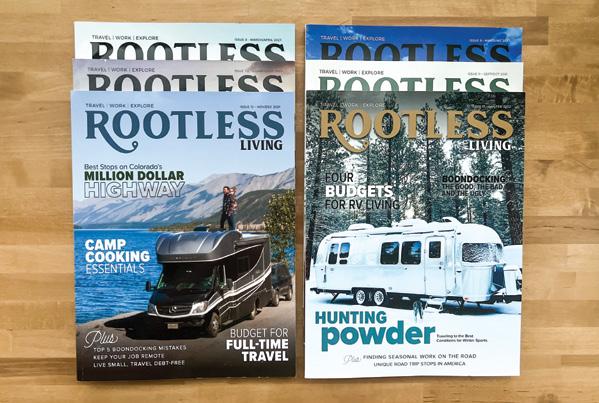
Volume 3 | Issue 15 | May/June 2022
Publisher Demian Ross
Chief Editor Nikki Kirk
Managing Editor Jess Stiles
Editorial Assistant L Merredith



Art Director Melinda Gonzalez
Operations Manager Jamie May
Copy Editor Kristin Skaggs
Advertising Information: sales@rootlessliving.com
ROOTLESS LIVING • 3916 N POTSDAM AVE #3194, SIOUX FALLS, SD 57104
Disclaimer: One of the great things about digital publications is the ability to link you directly to the products or services you want to hear more about. Some of the links in this issue are affiliate links where we earn commissions on goods or services you buy. These commissions help us to continue to publish the magazine. Rootless Living is also a participant in the Amazon Services LLC Associates Program, an affiliate advertising program designed to provide a means for sites to earn advertising fees by advertising and linking to Amazon.
One phone call. One hour. No names. No holds barred. Comedian Chris Gethard answers a phone call from one anonymous caller, and he can’t hang up first, no matter what.

Julie Andrews and her daughter, children’s author and educator Emma Walton Hamilton, read their favorite children’s books. Every story comes to life with music, activities, guests, and more.

Trees. Mars missions. Slug sex. Death. Anxiety busters. Beer science. Take away a pocket full of science knowledge and charming, bizarre stories about what fuels these professional -ologists’ obsessions.


You might think you know what it takes to lead a happier life, like more money or a better job. Dr. Laurie Santos takes you through scientific research to share stories that will change the way you think about happiness.
What if you woke up in a morgue or your boat started to sink in a storm? What would you do? Extraordinary true stories of life-changing events are told by the people who lived them.

Reading the Bible every day can be hard. This podcast aims to complement reading plans to encourage you while driving, walking, and making dinner.


A new true crime podcast exploring rare recordings of eyewitness testimony and new interviews with people who were there to reveal the true story of the plot to kill Dr. King.

Trust in the media is at an all-time low. Here’s an alternative. Get daily coverage of the latest developments in politics, culture, education, sports, and more.
Podcasts are listed as a courtesy to our readers and compiled from recommendations in various social groups. If you have a podcast you think we should include, email us at collab@rootlessliving.com











